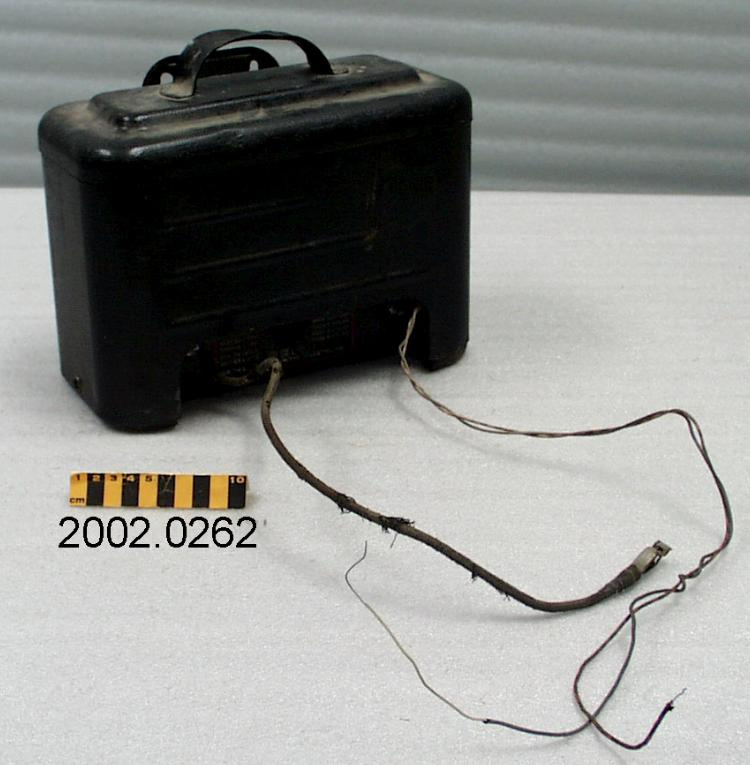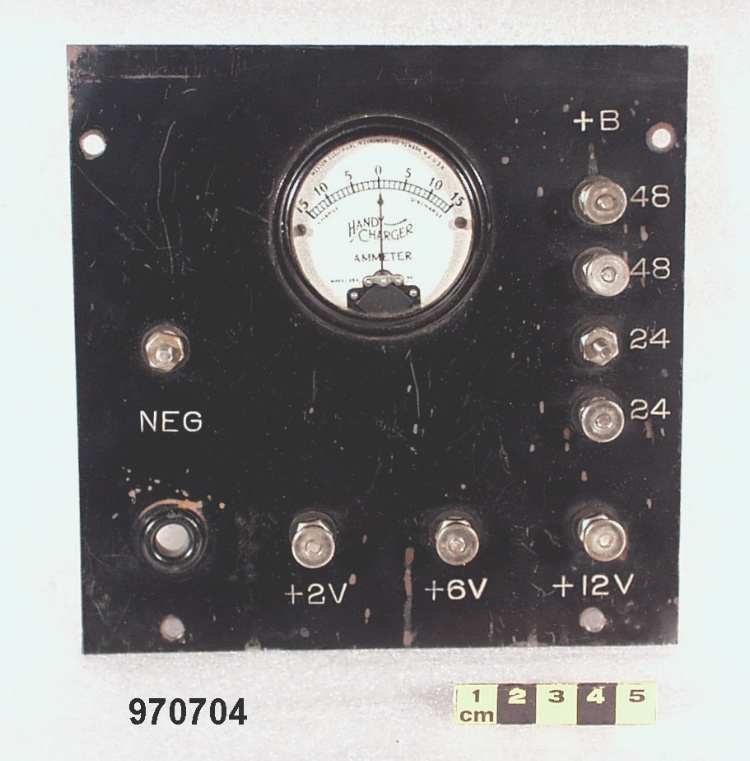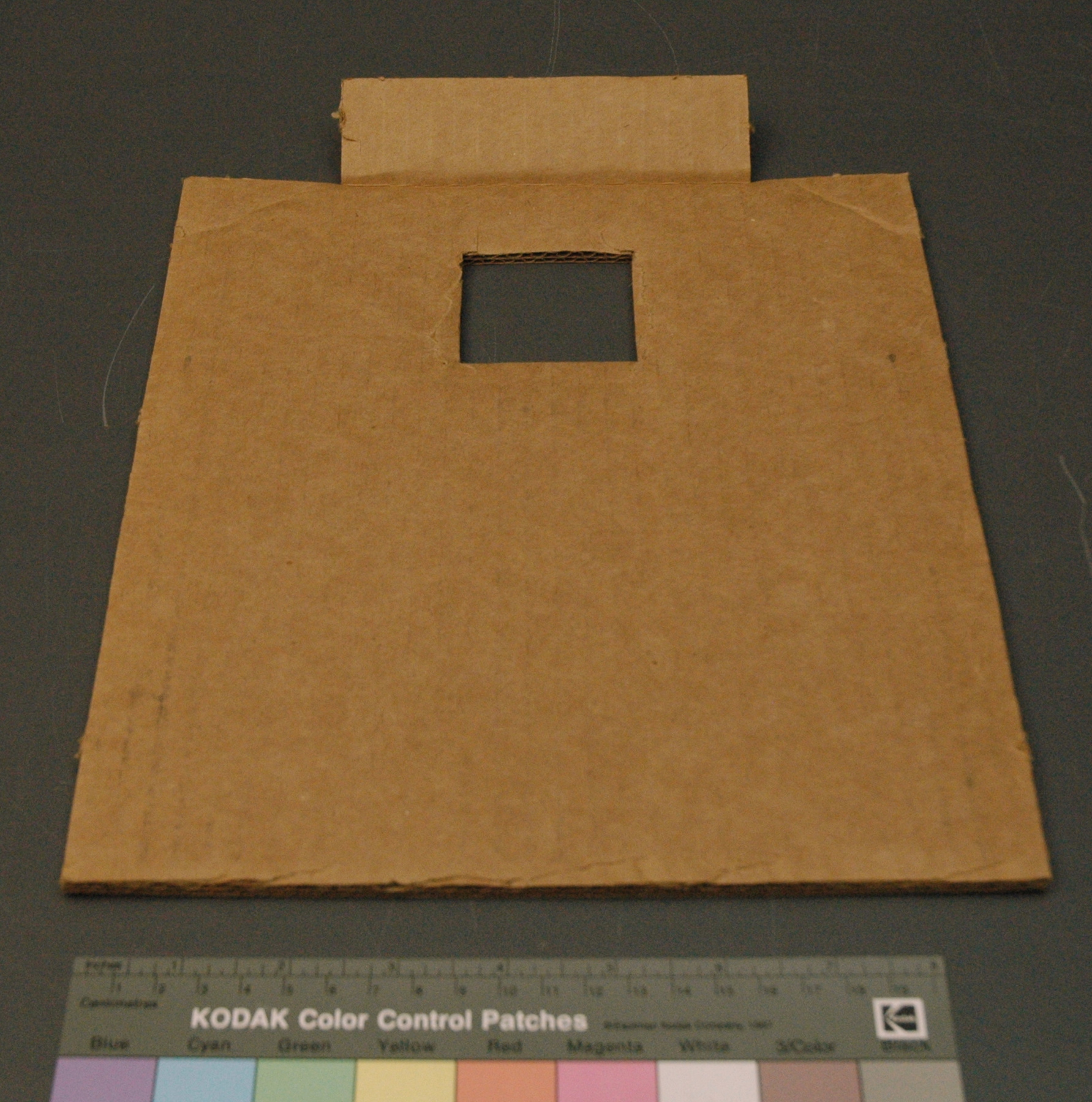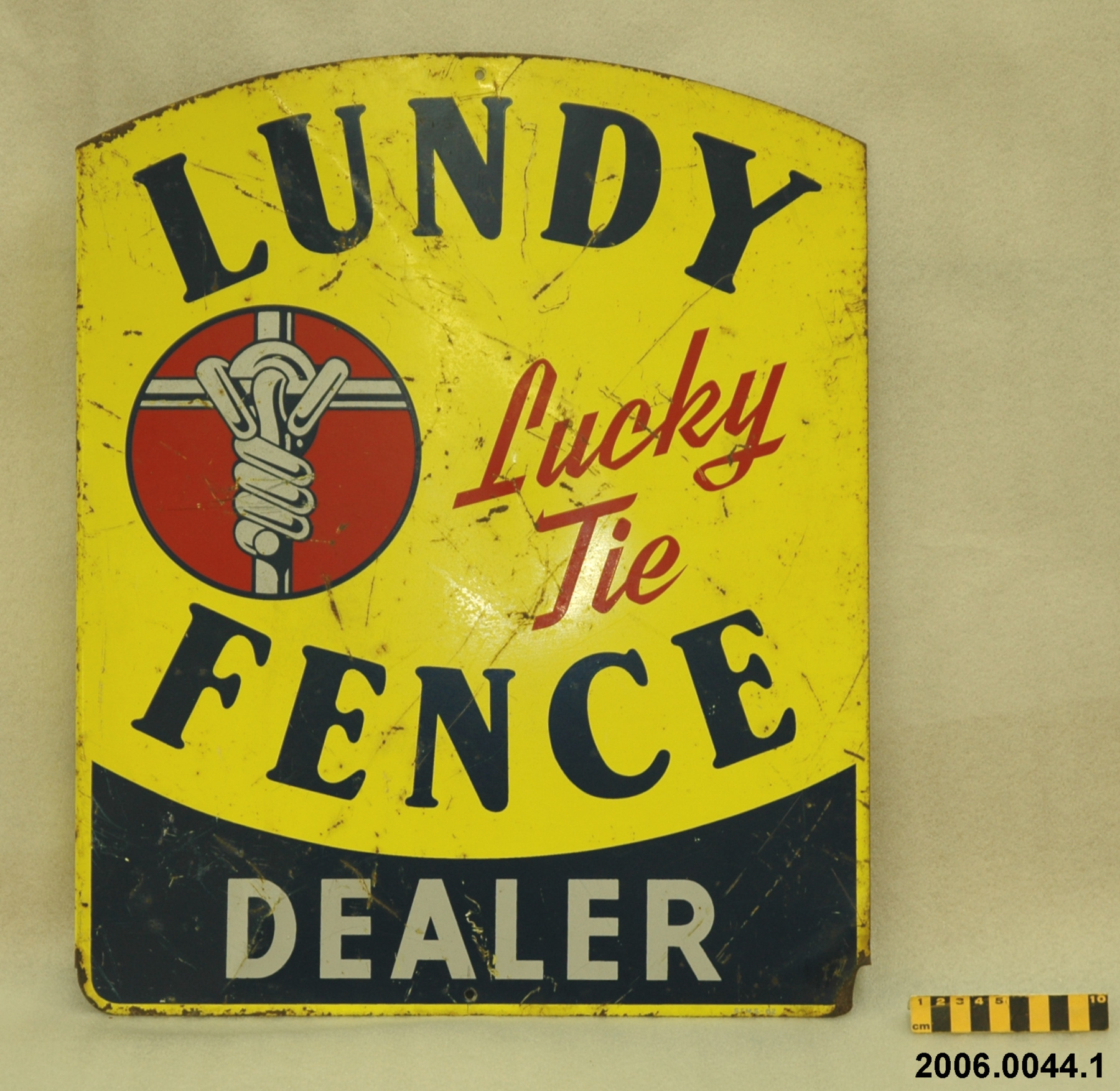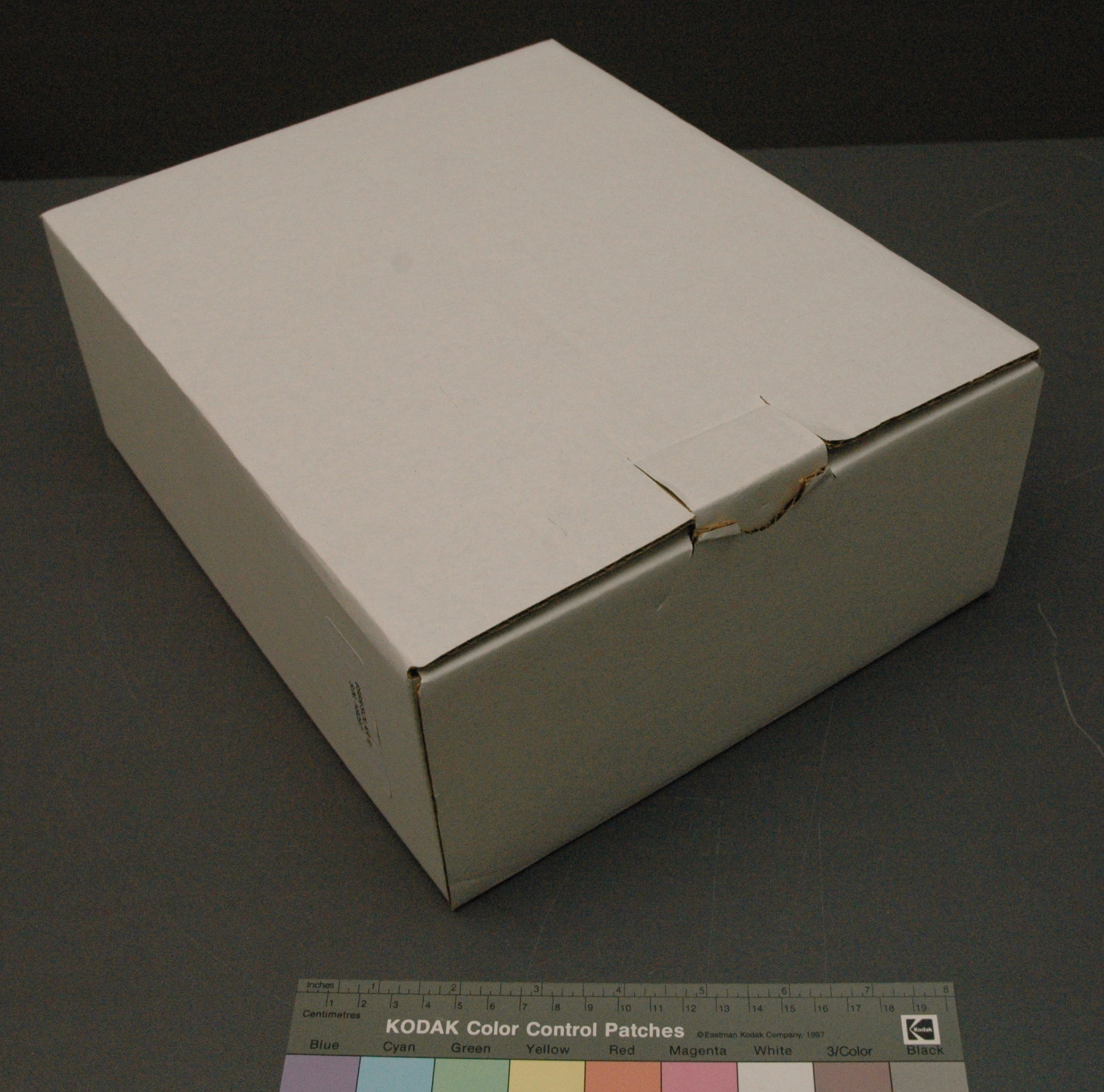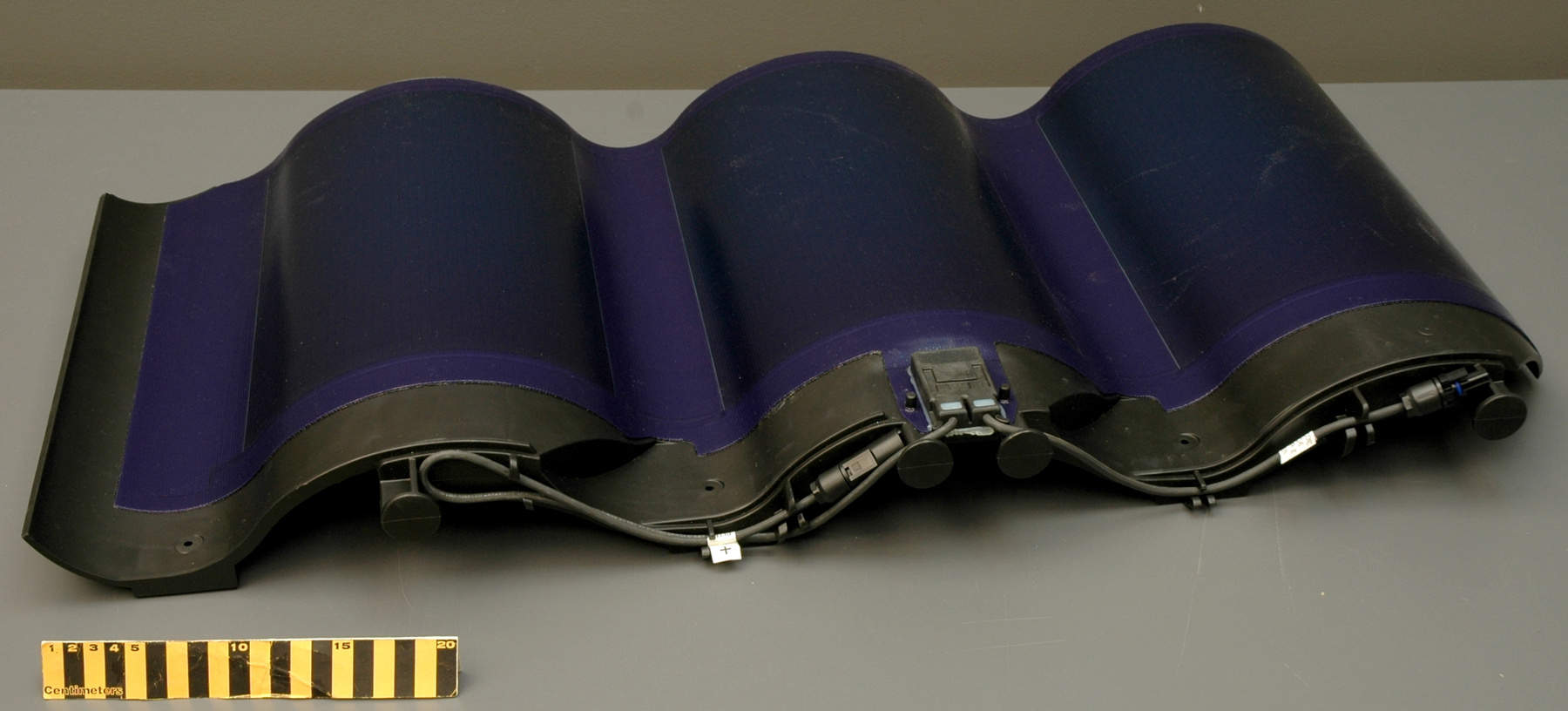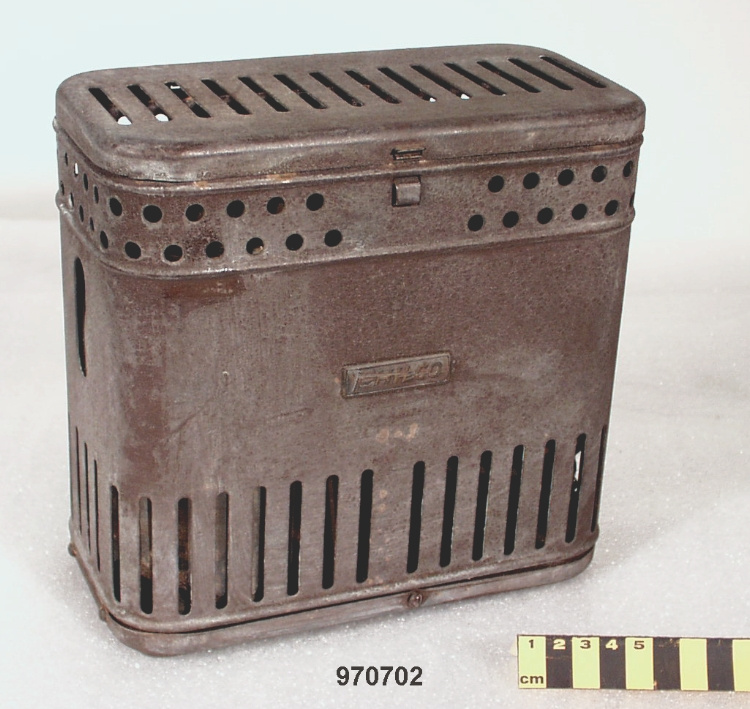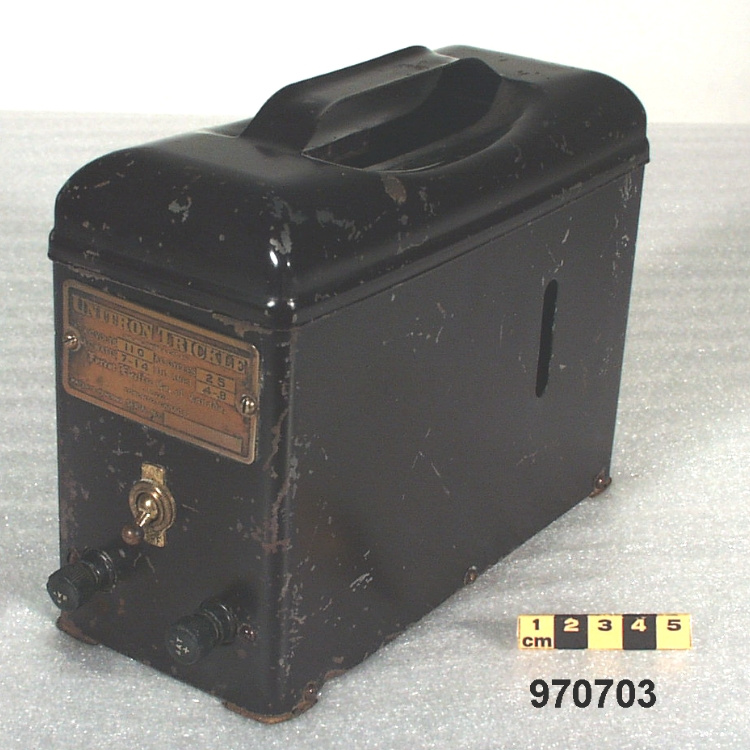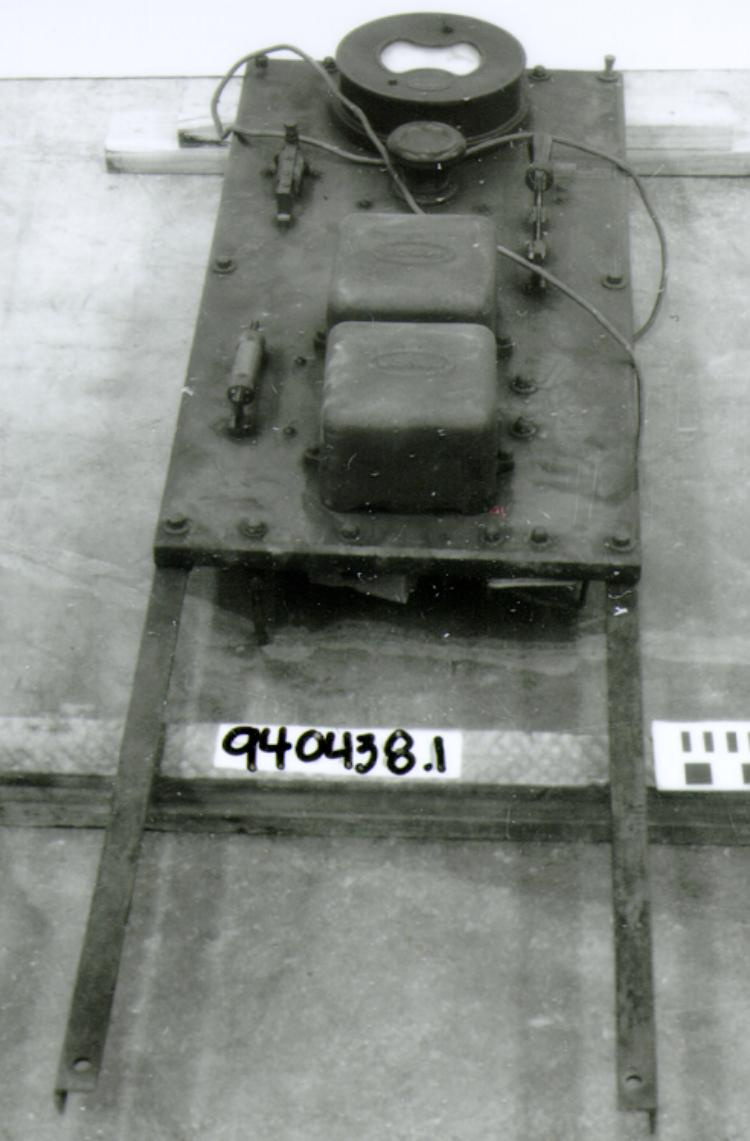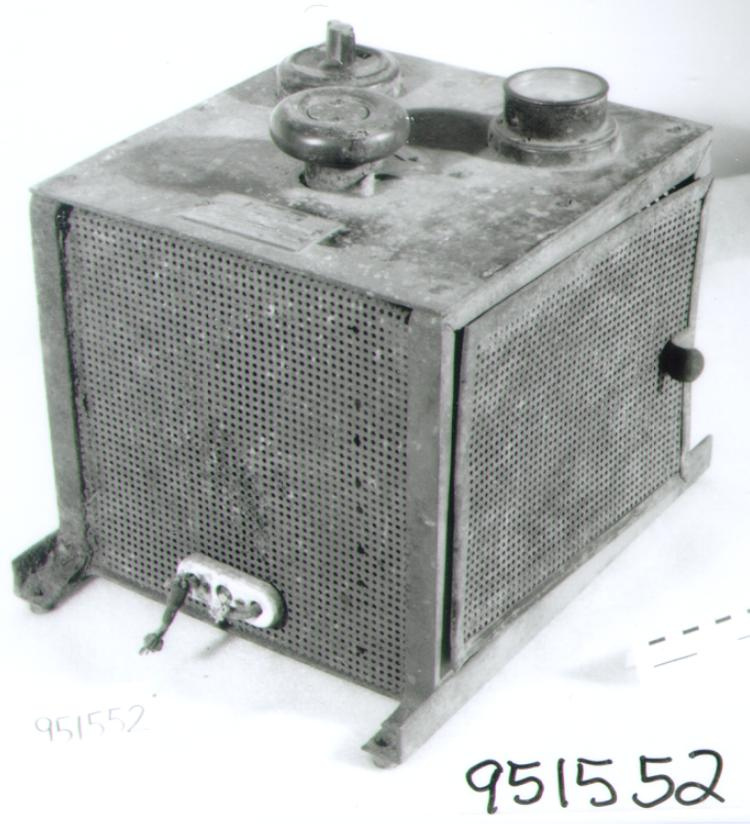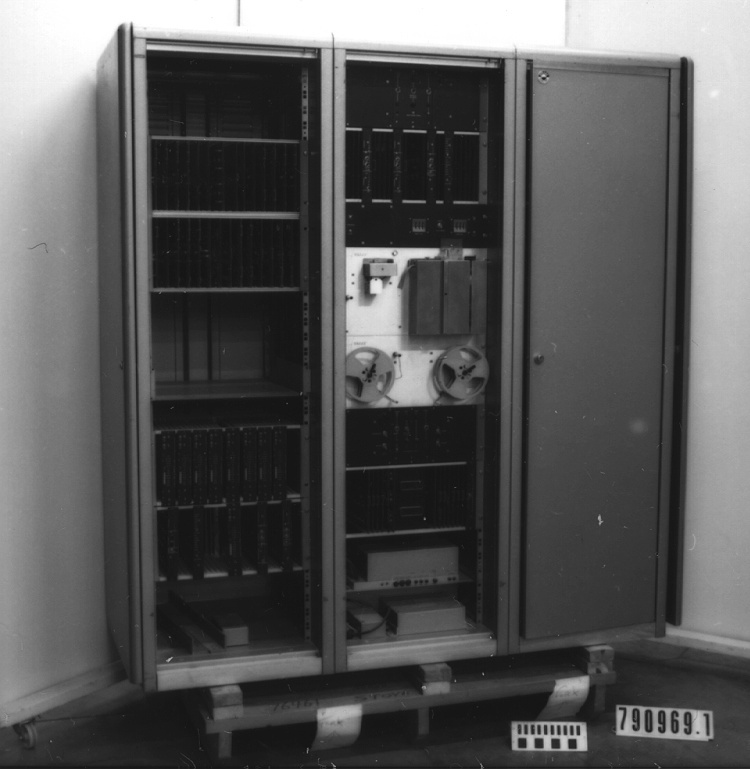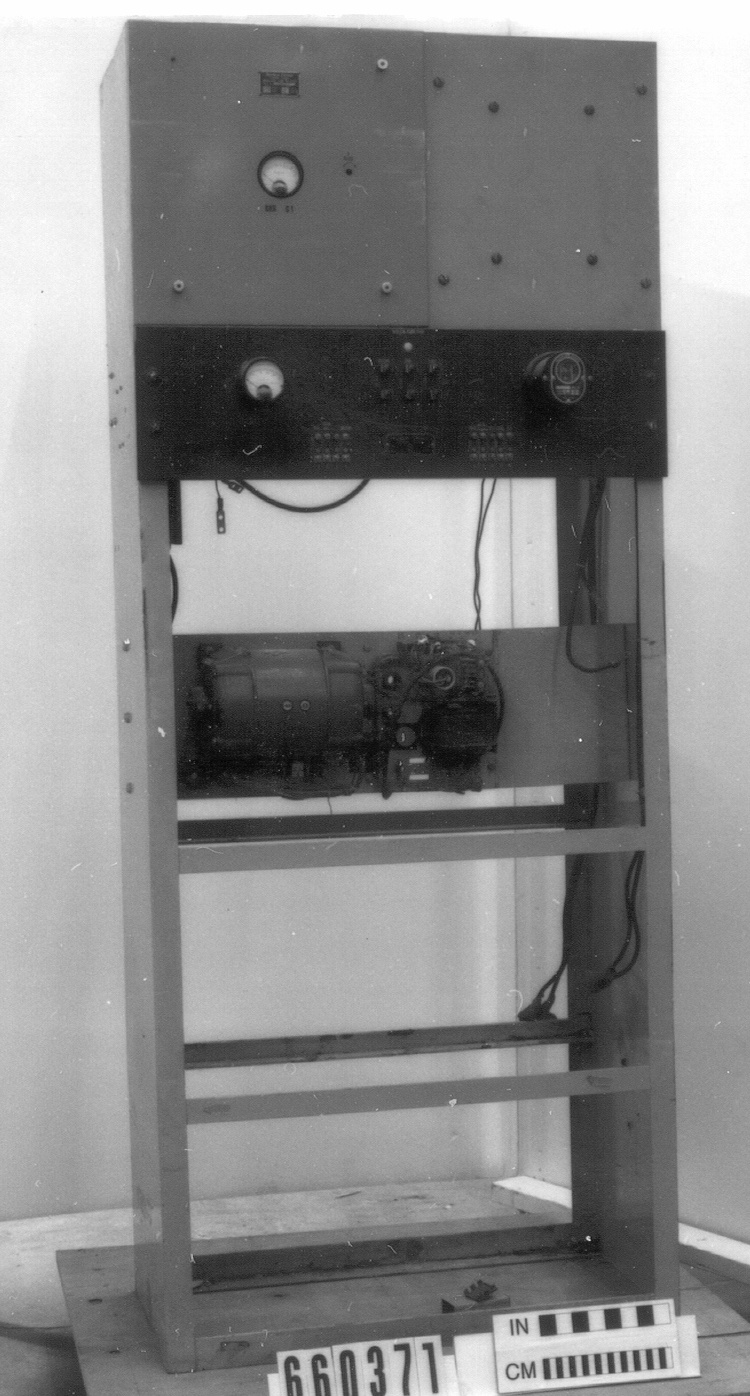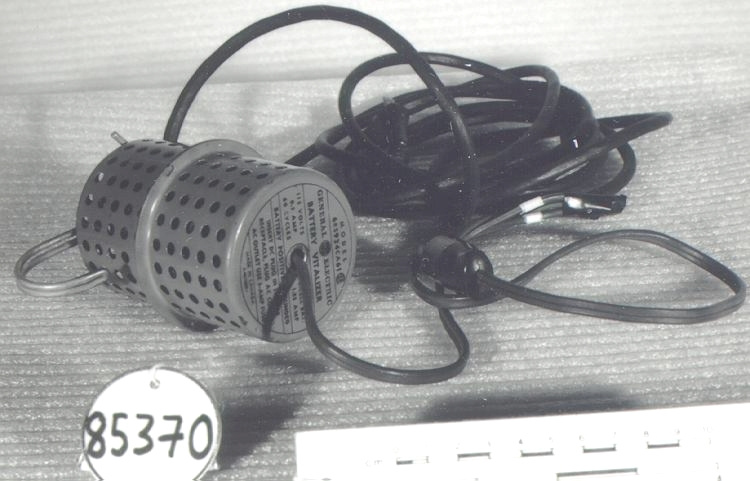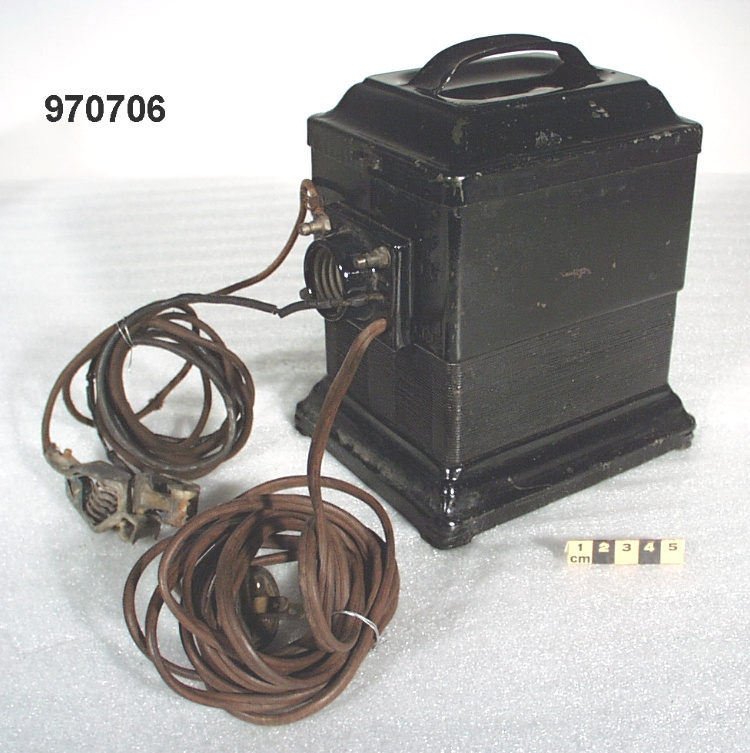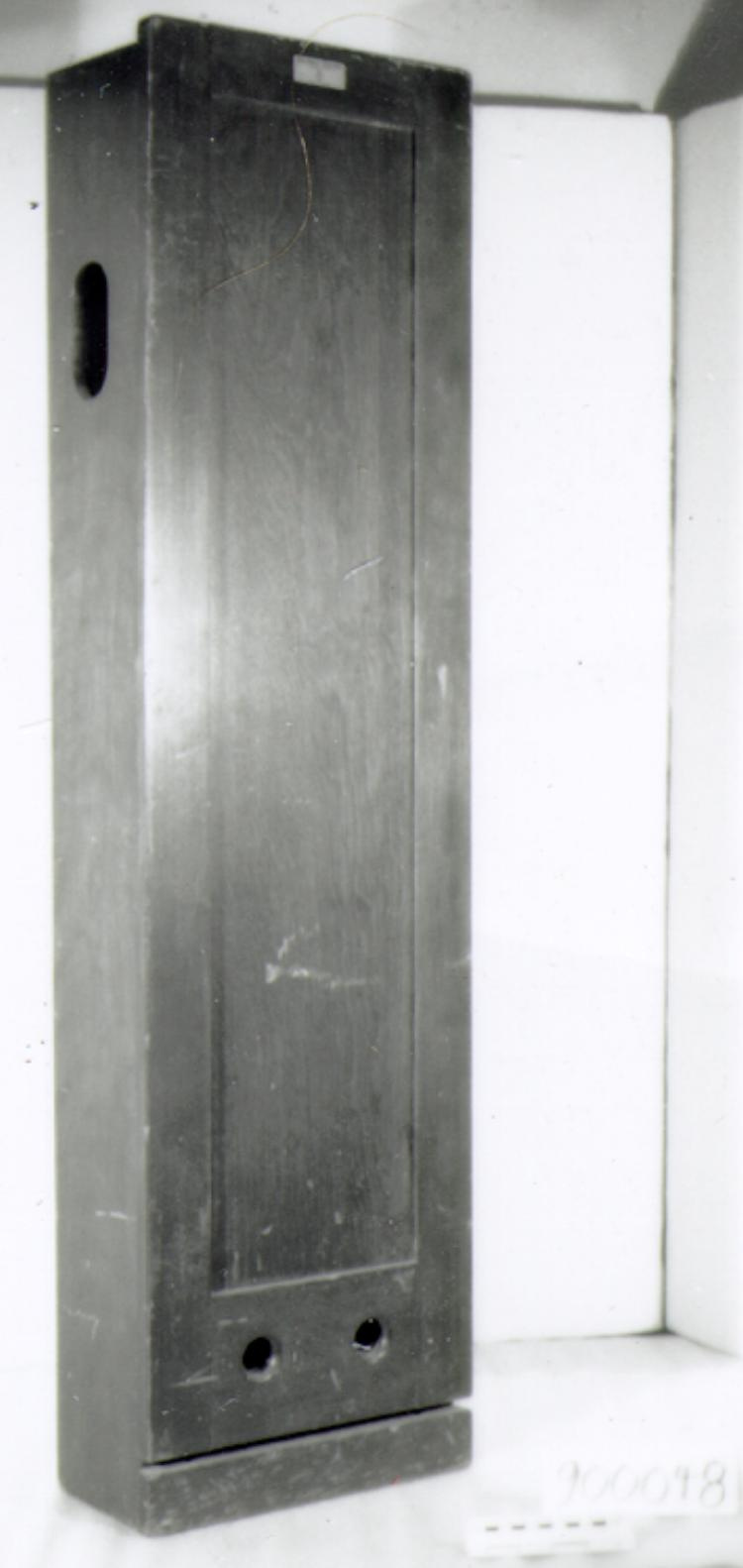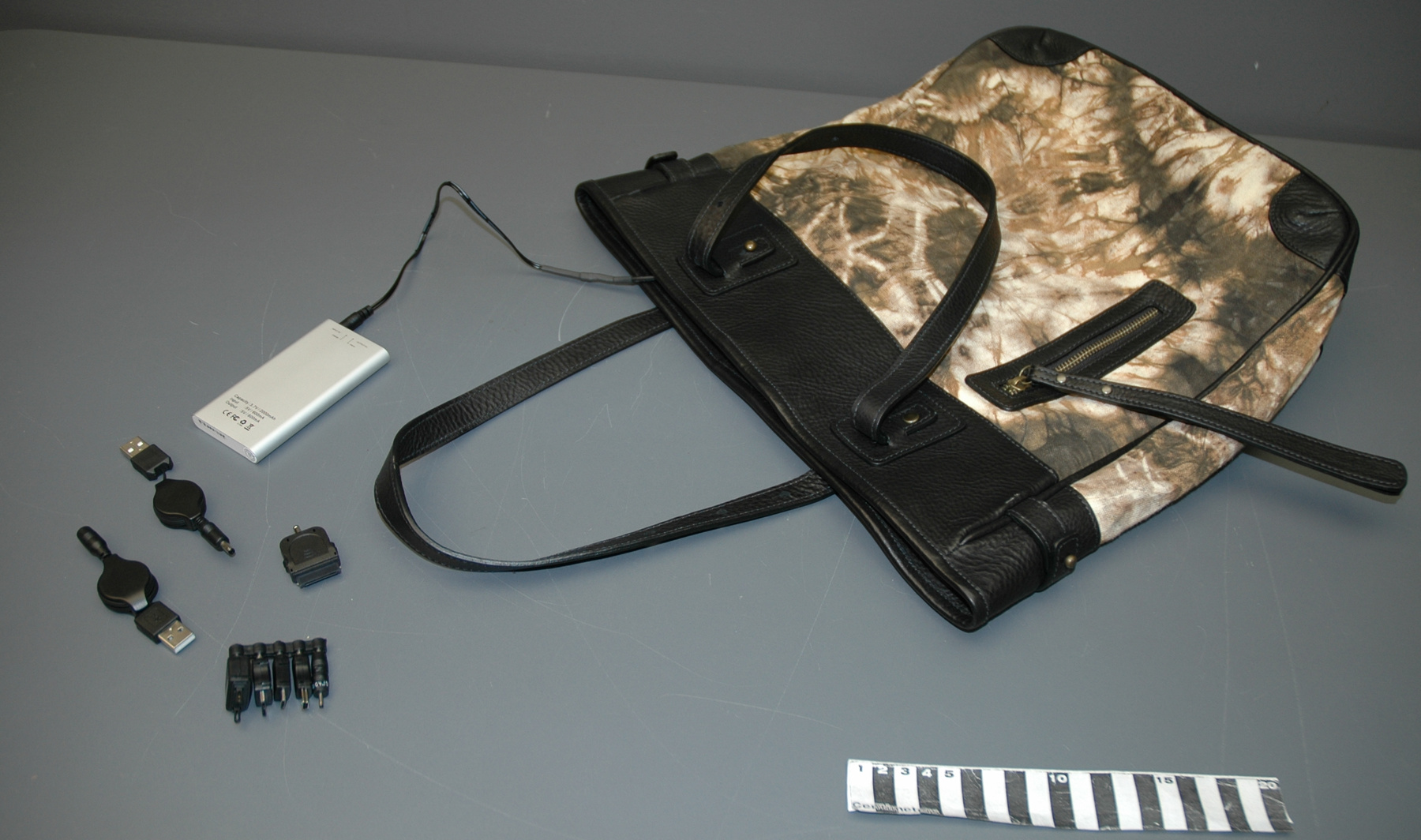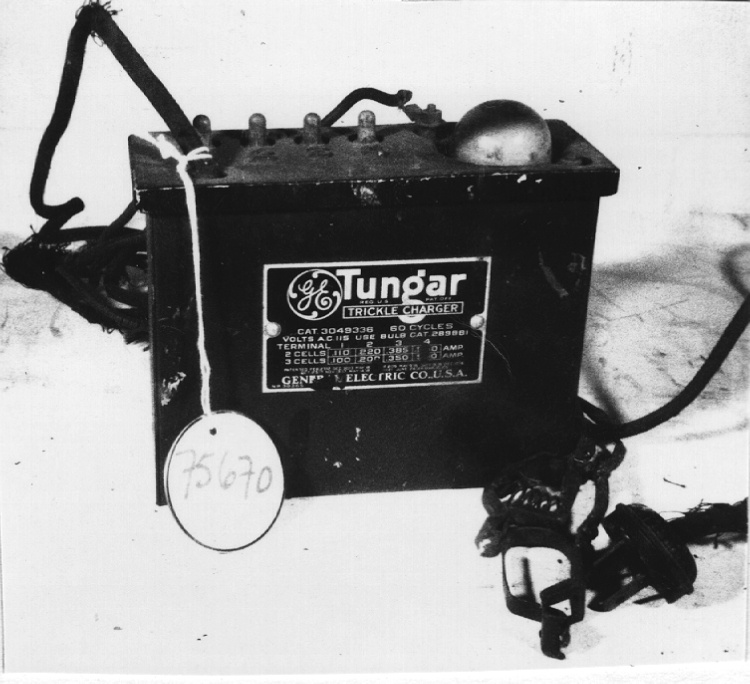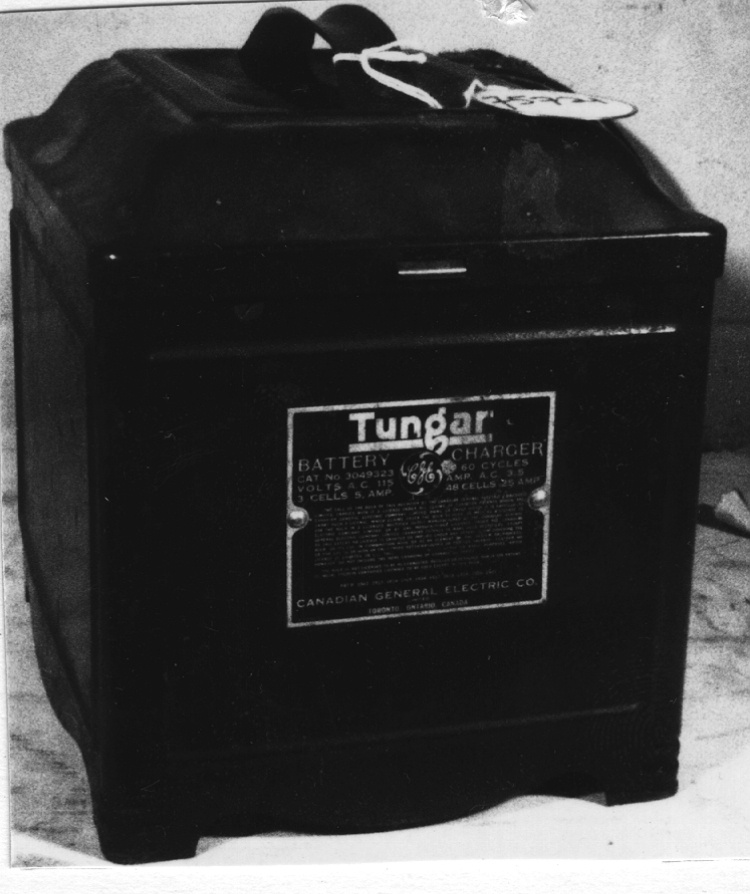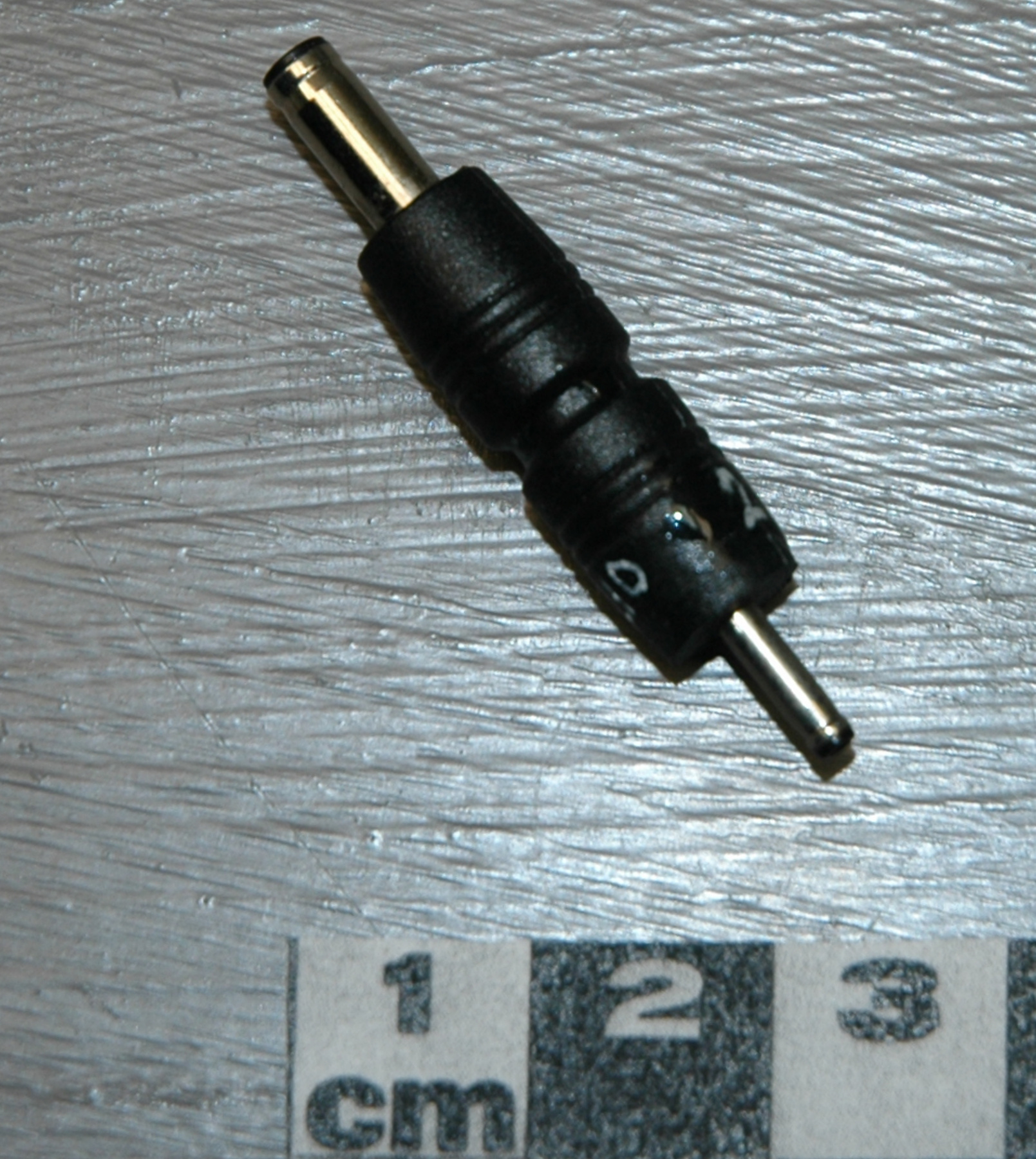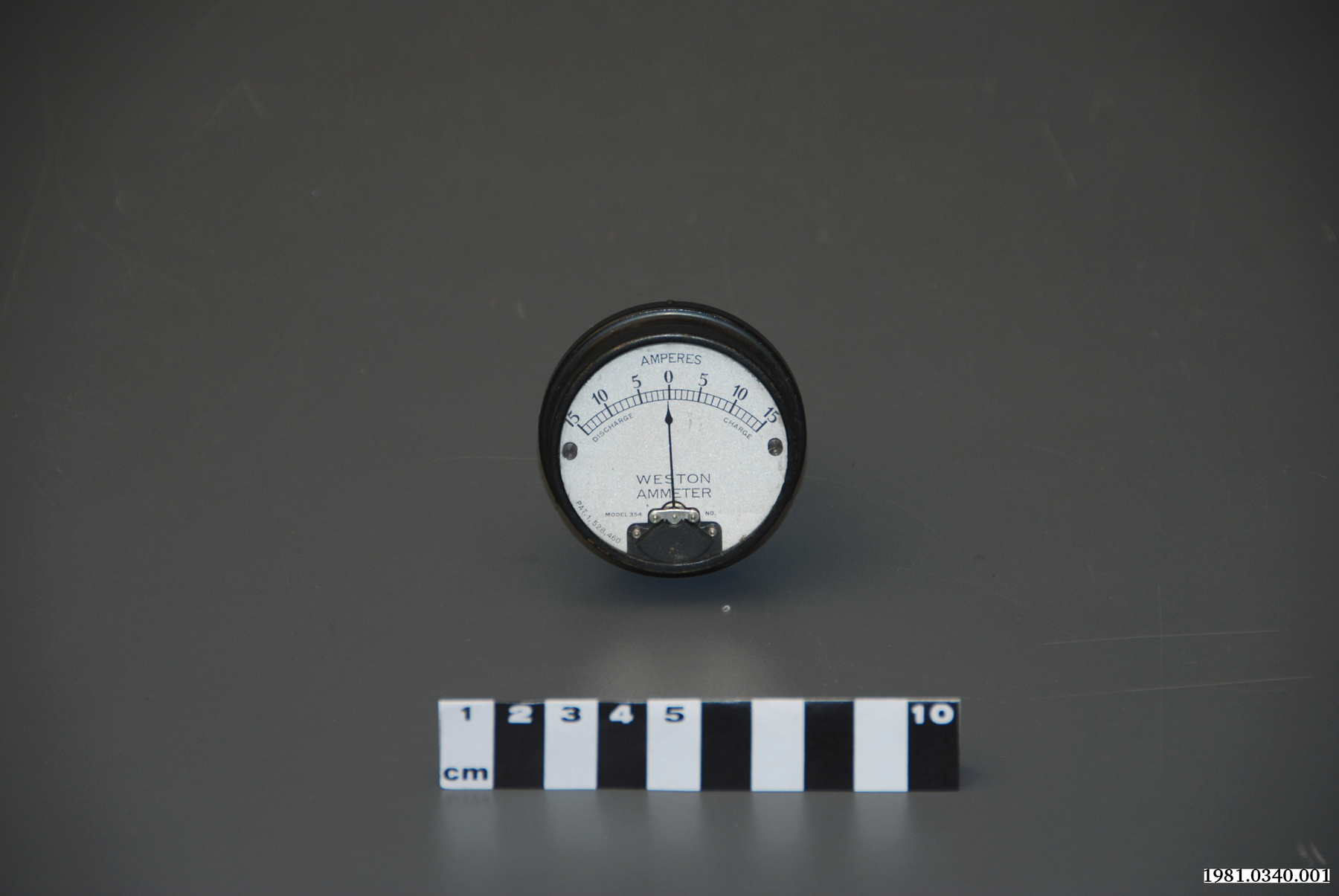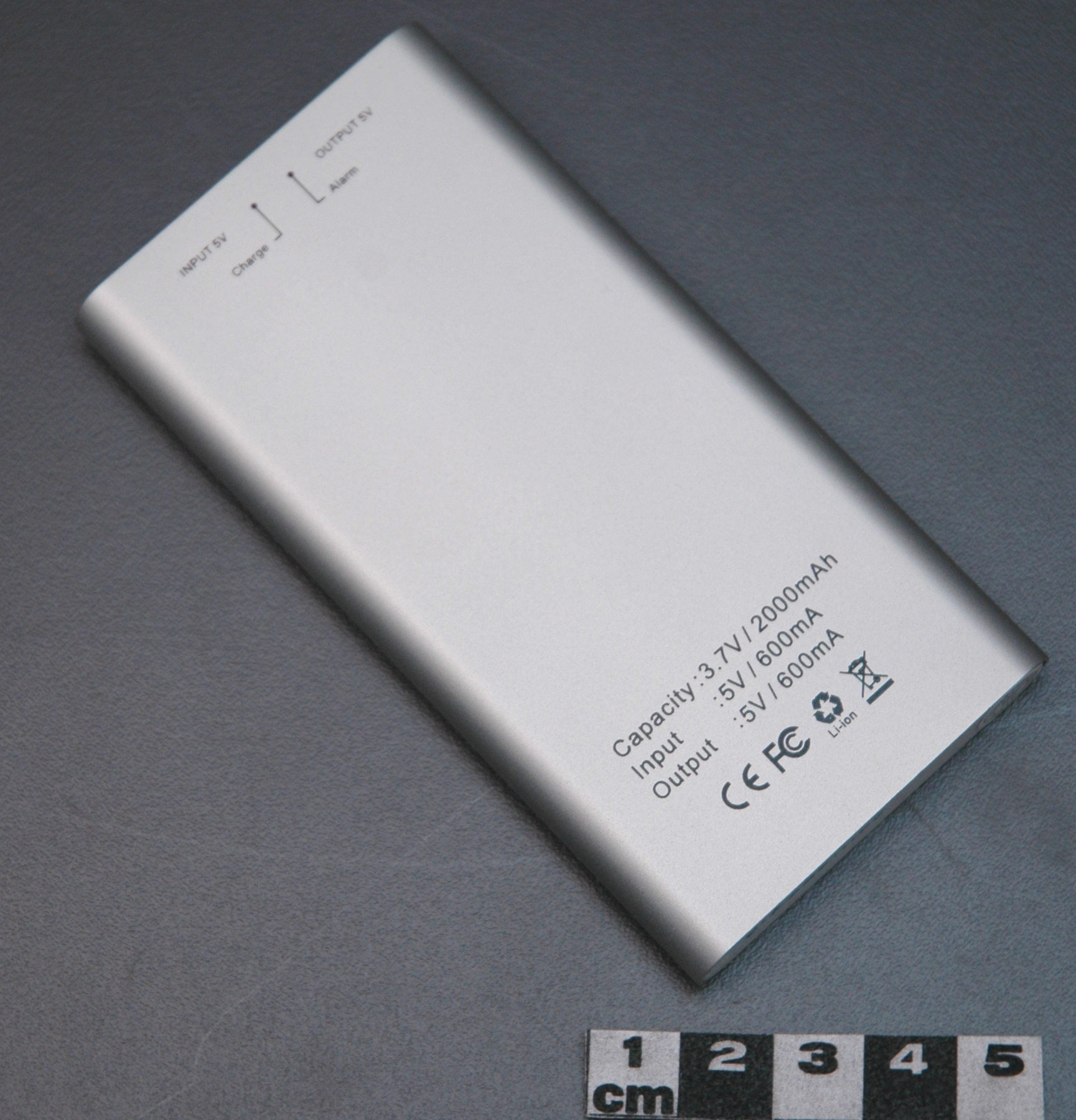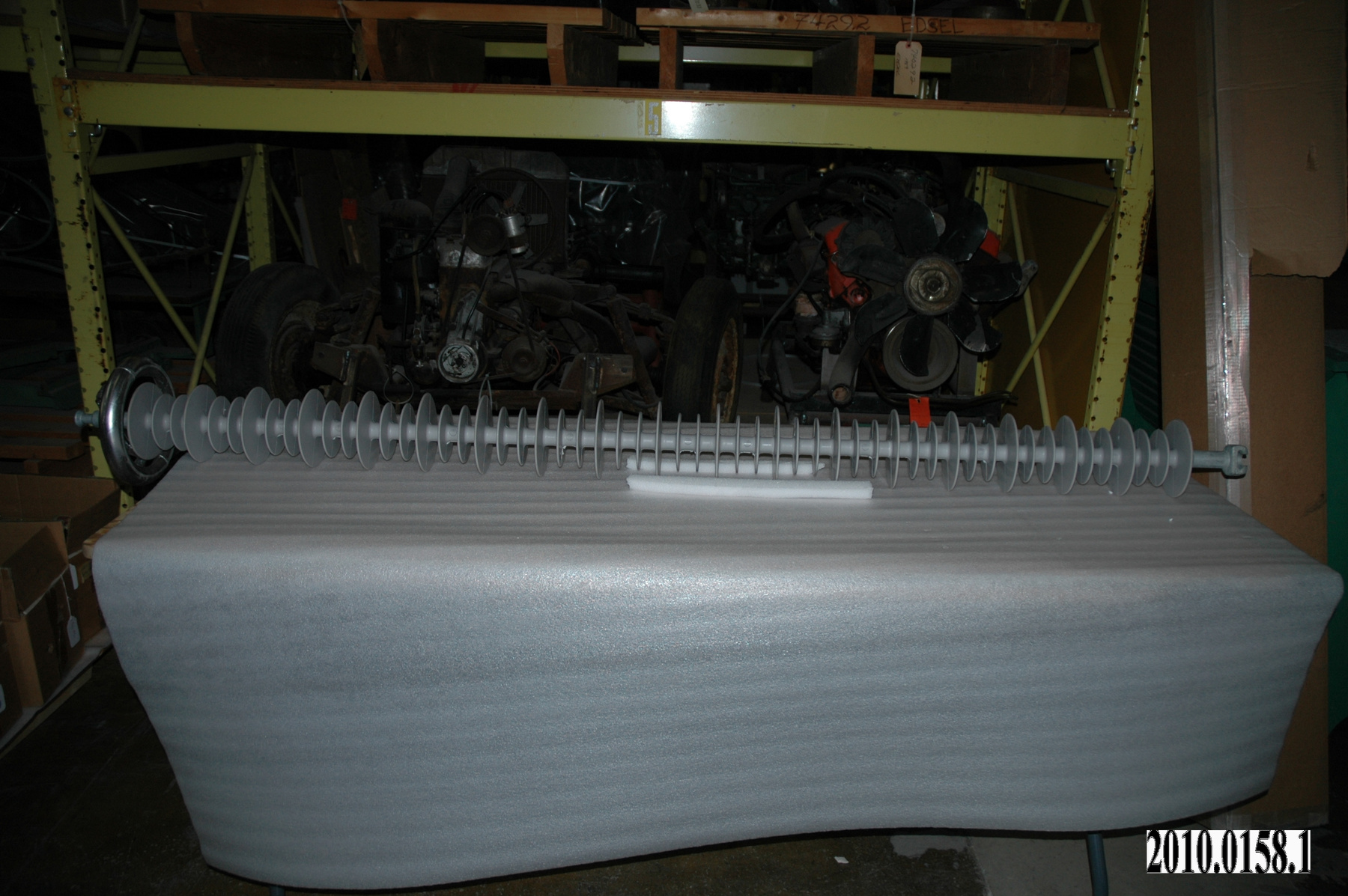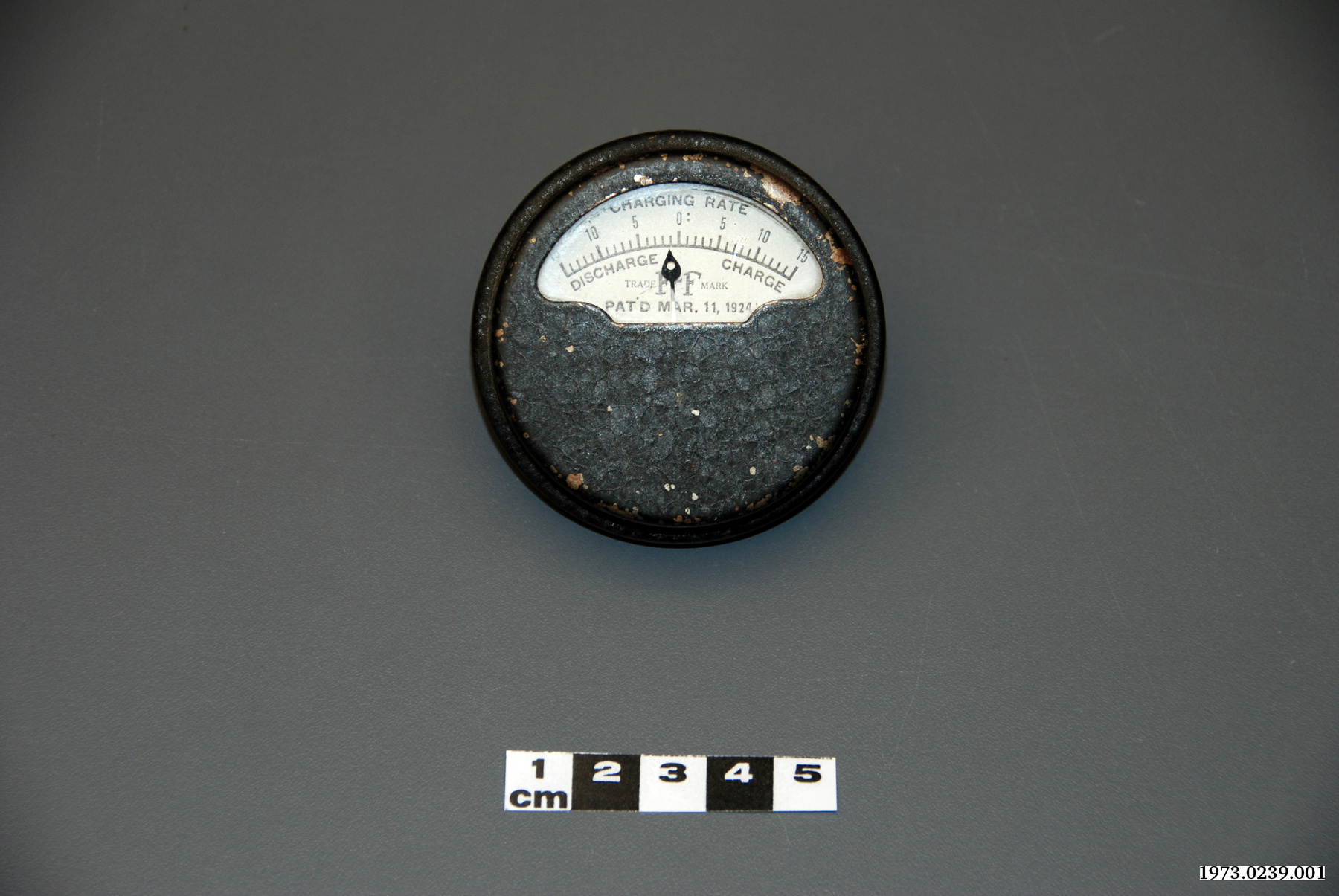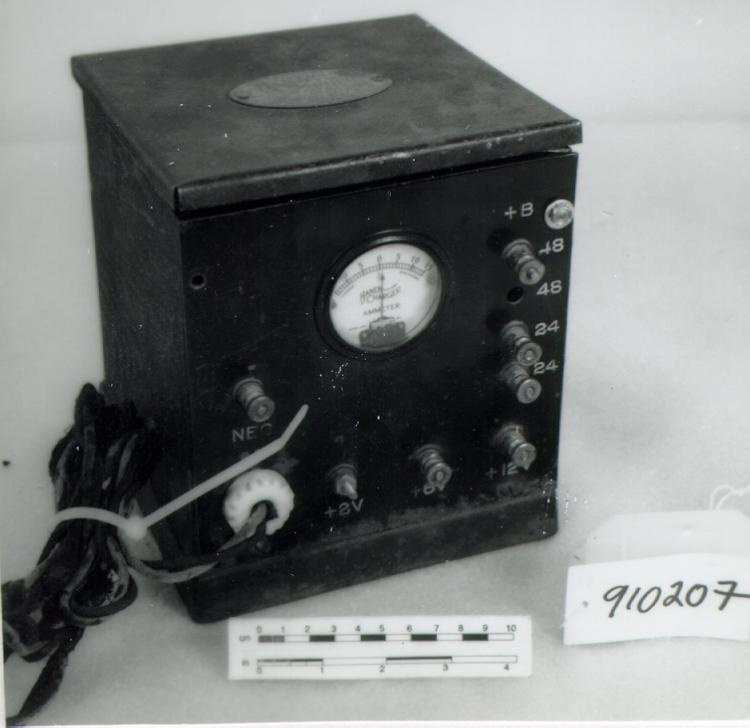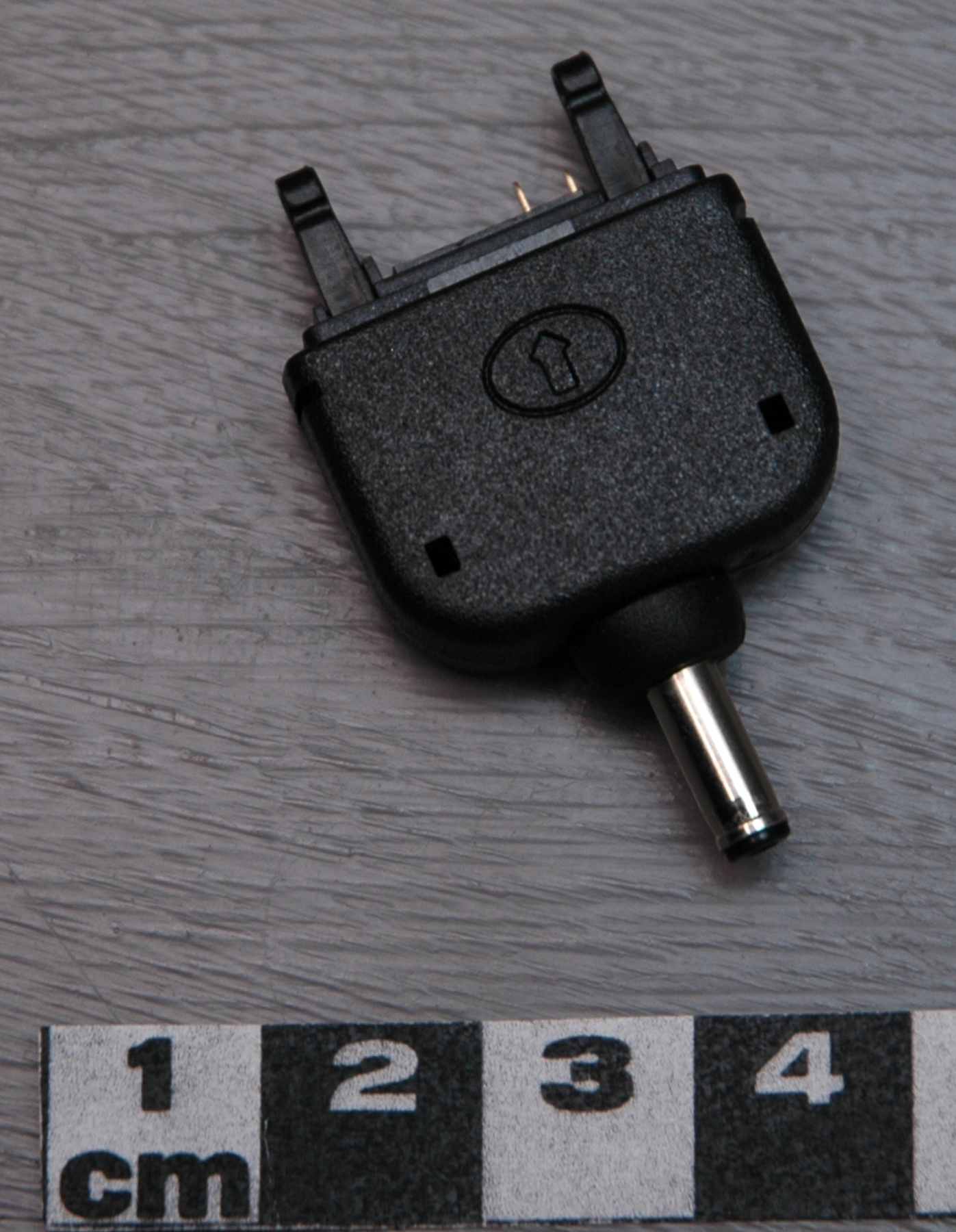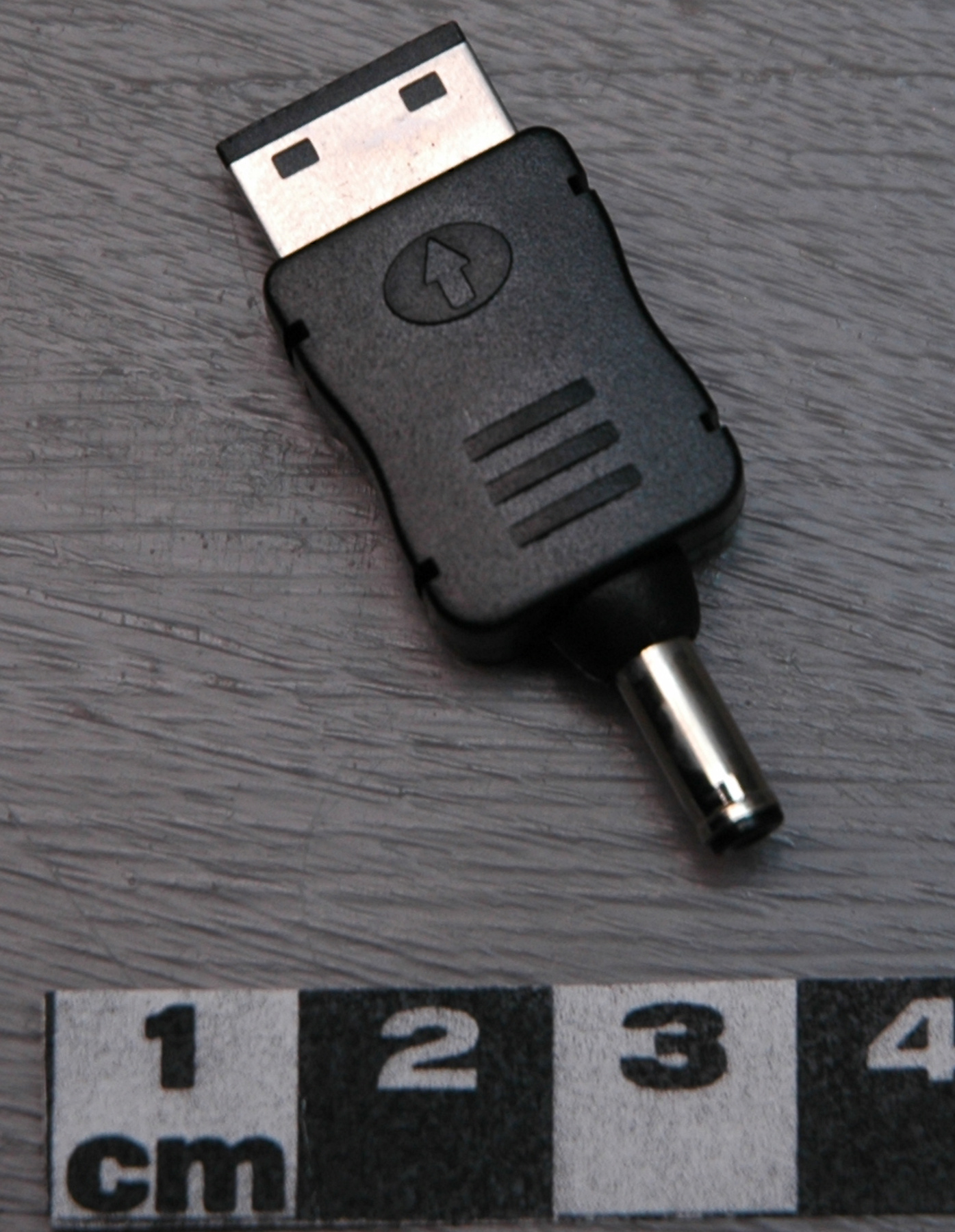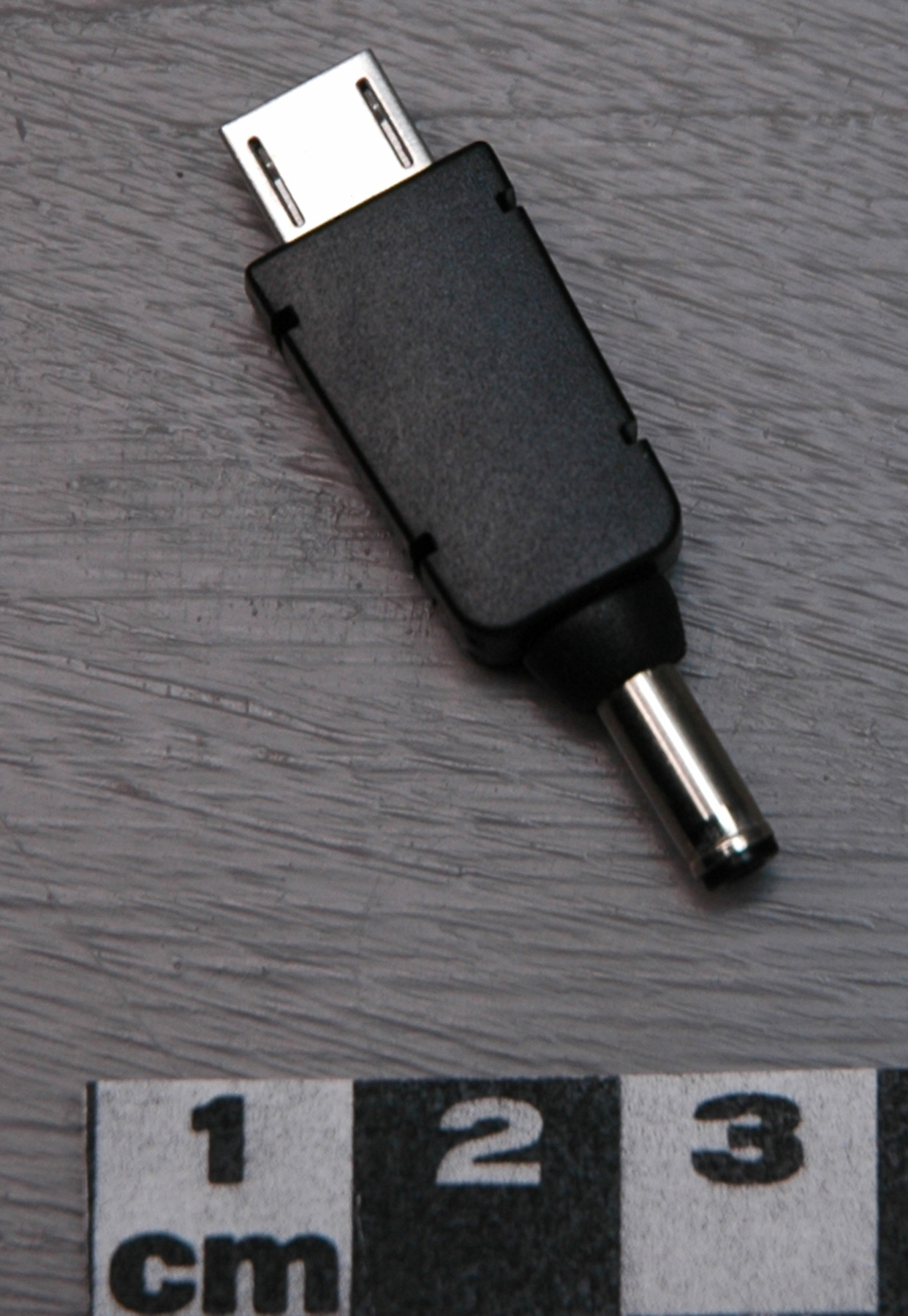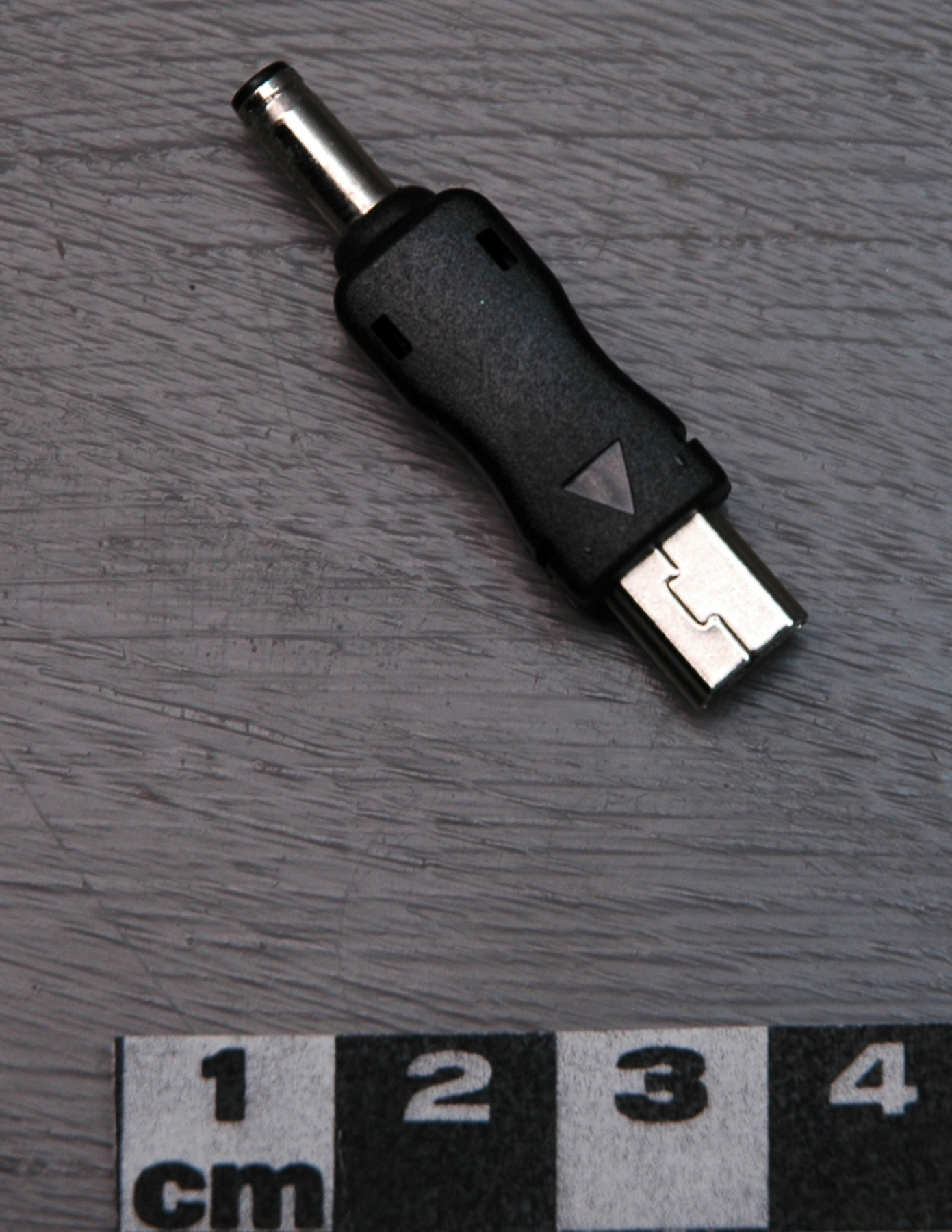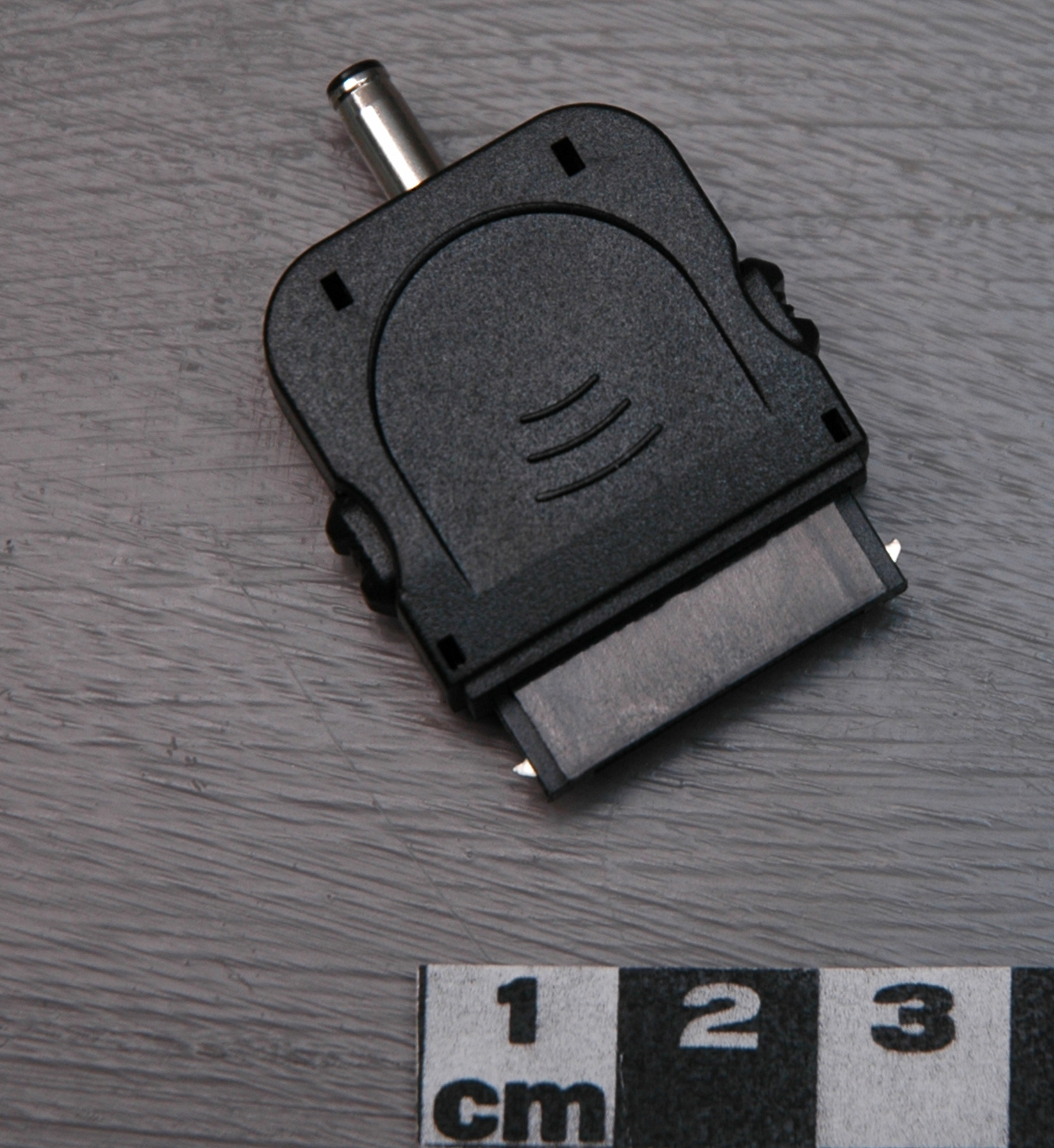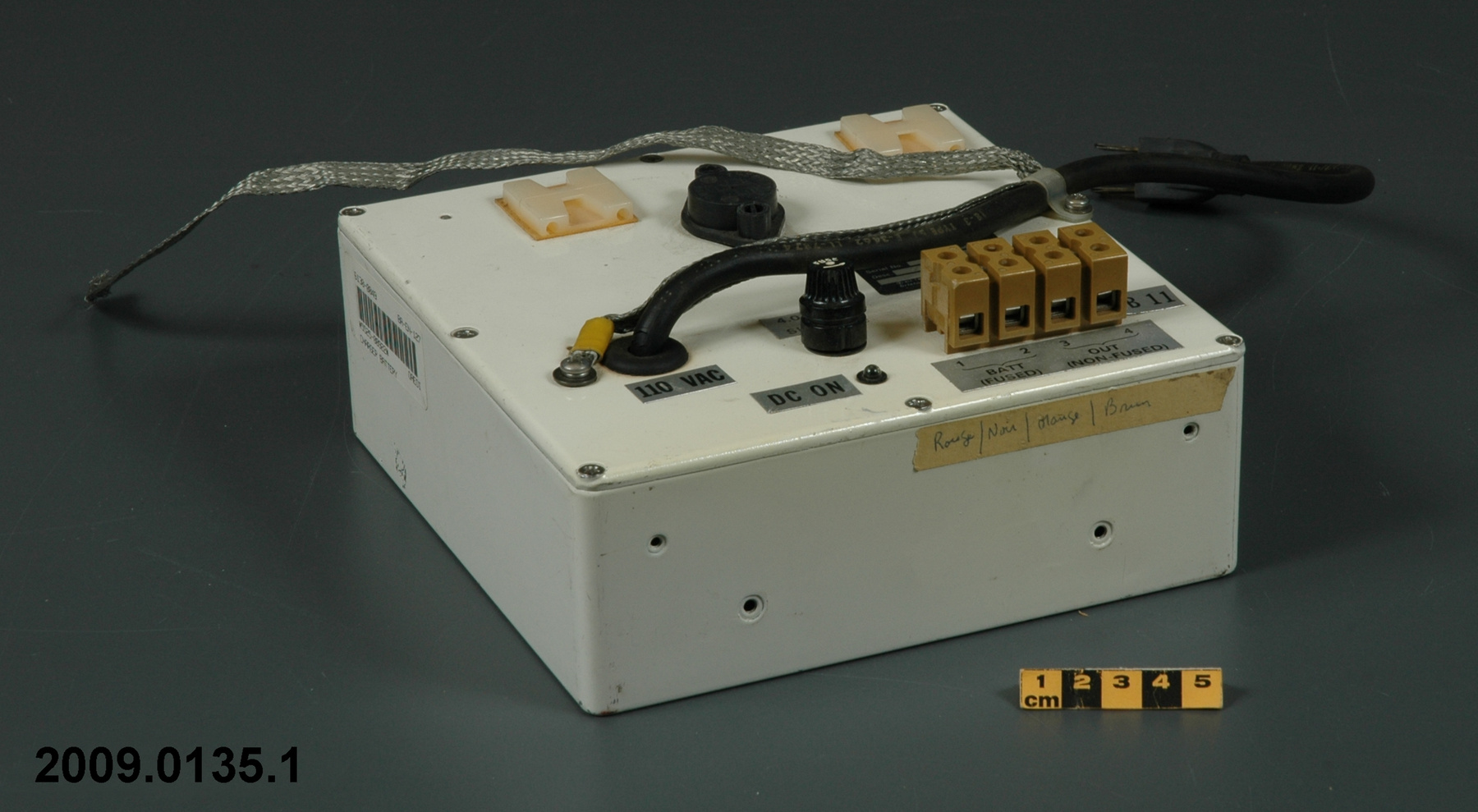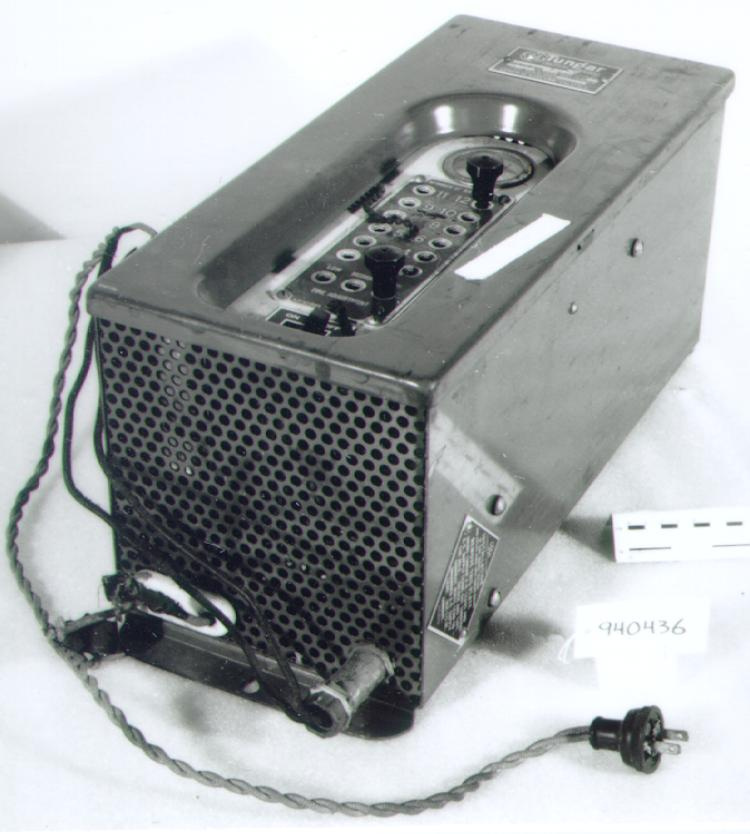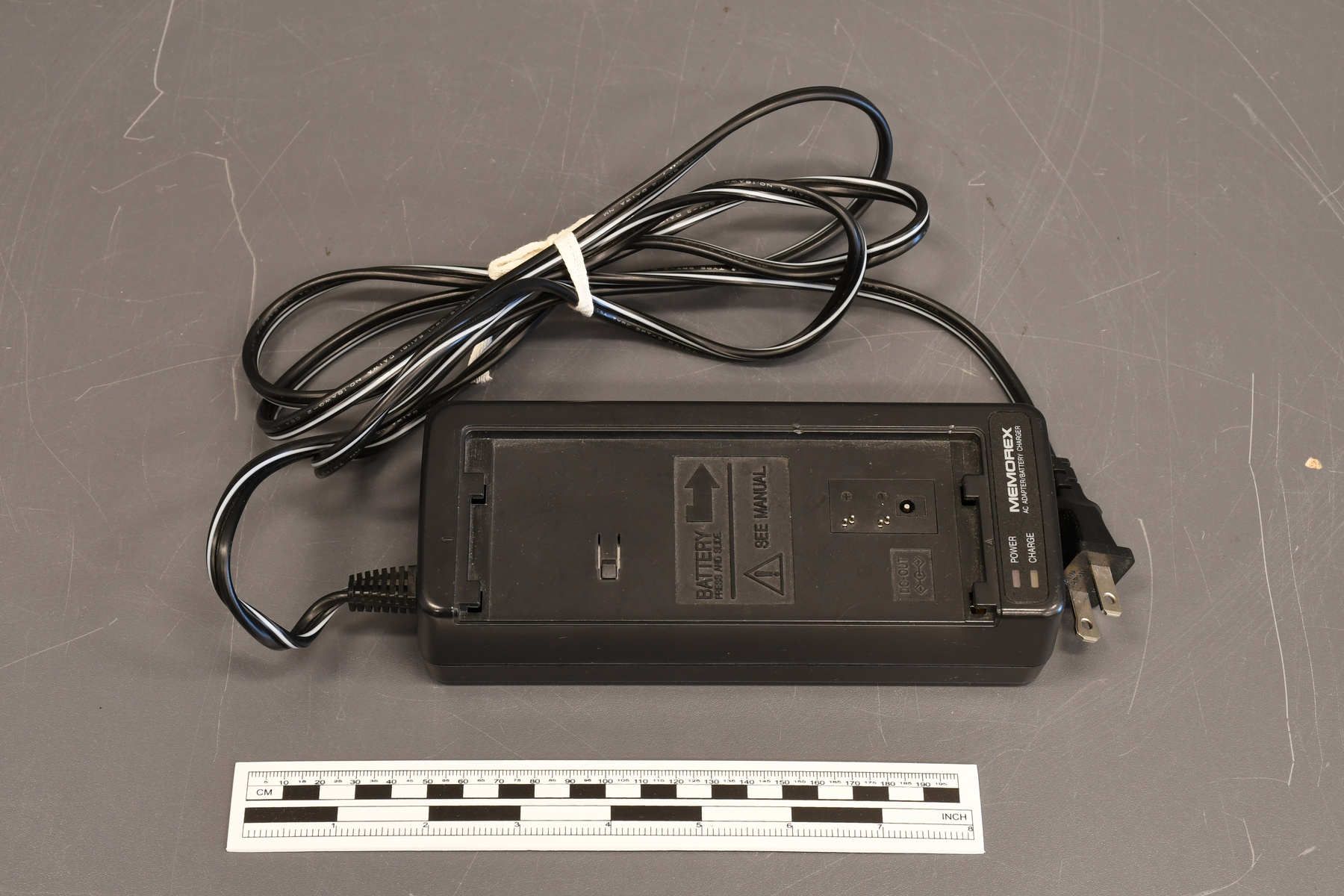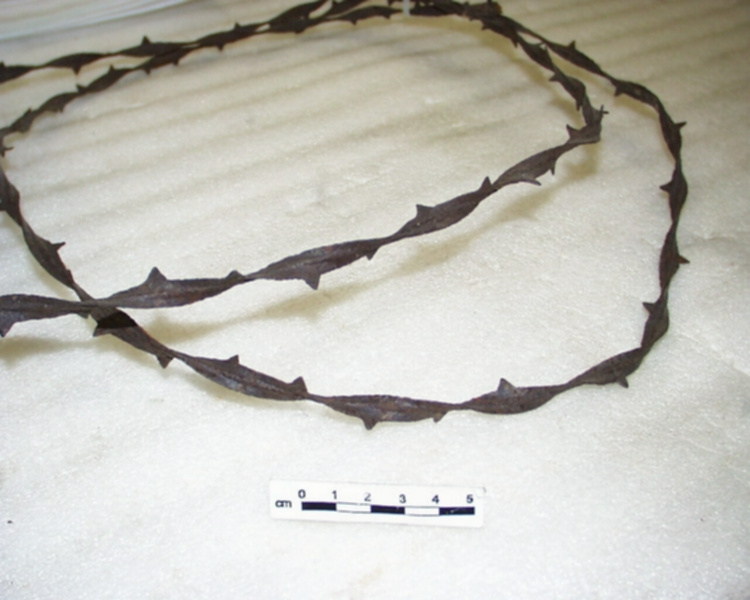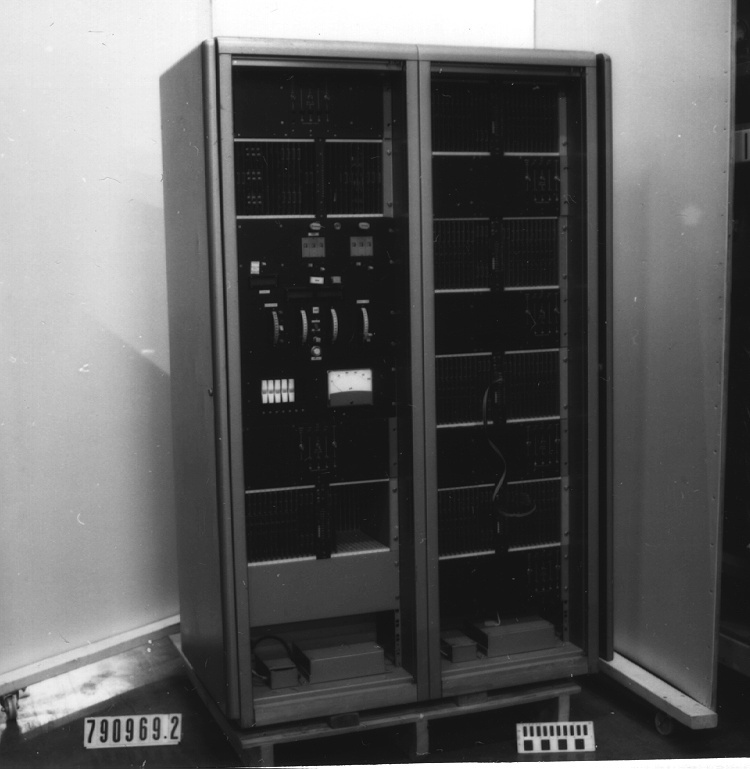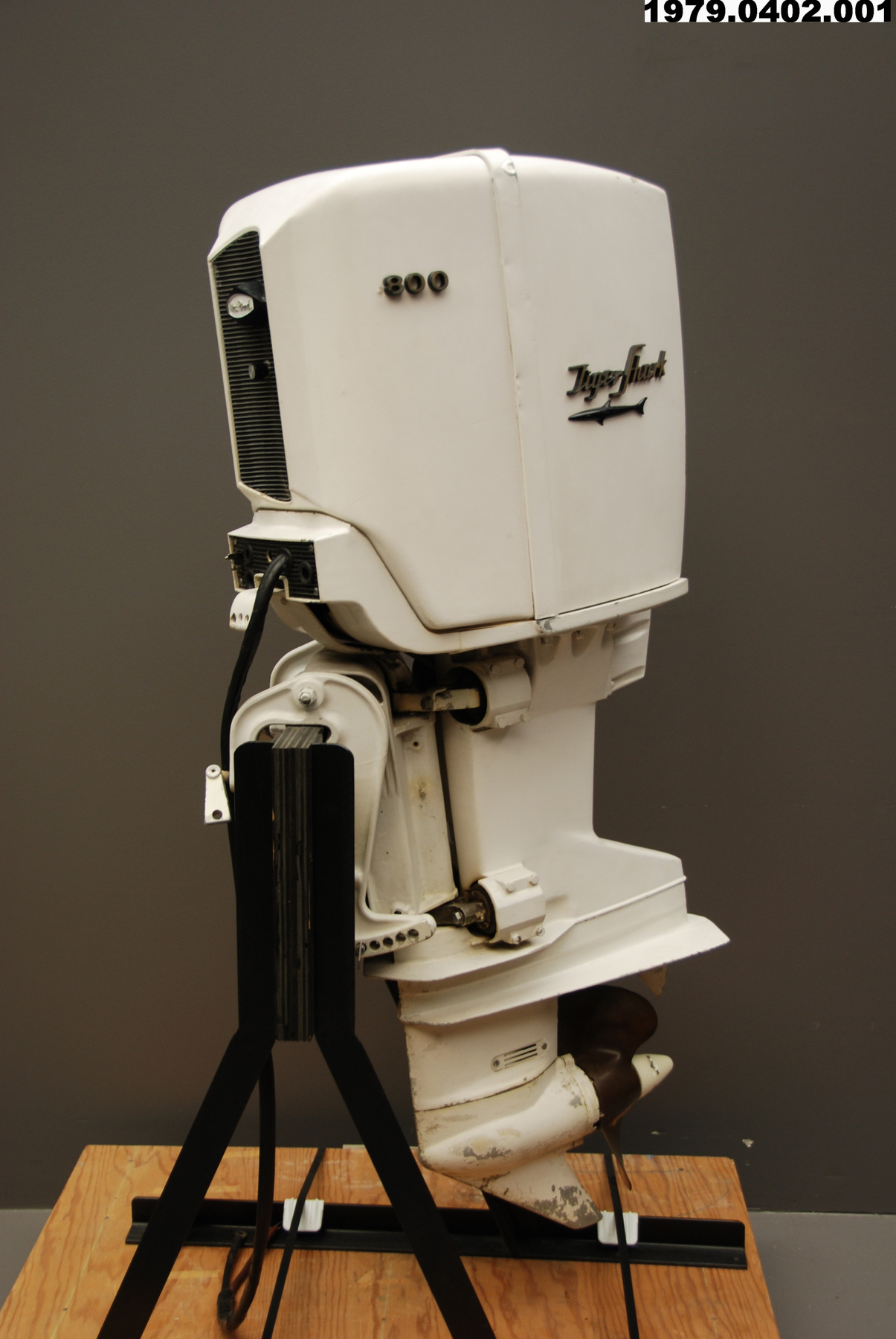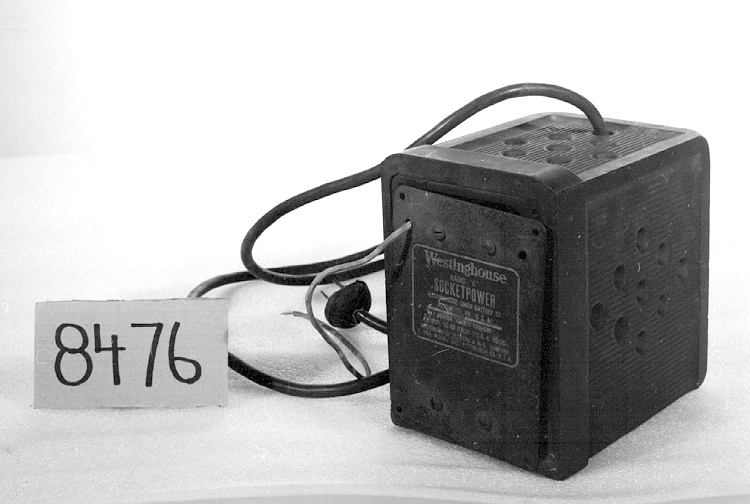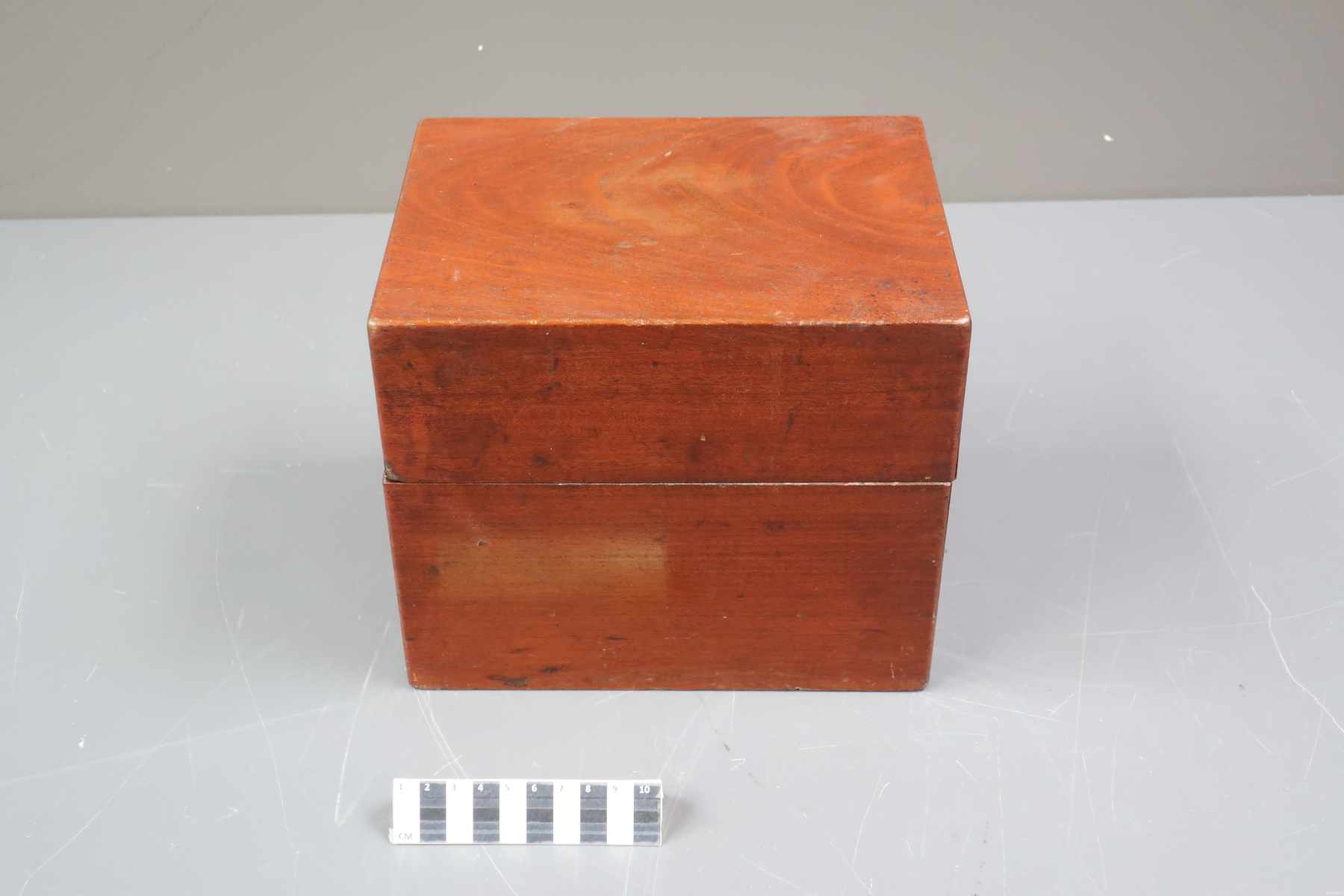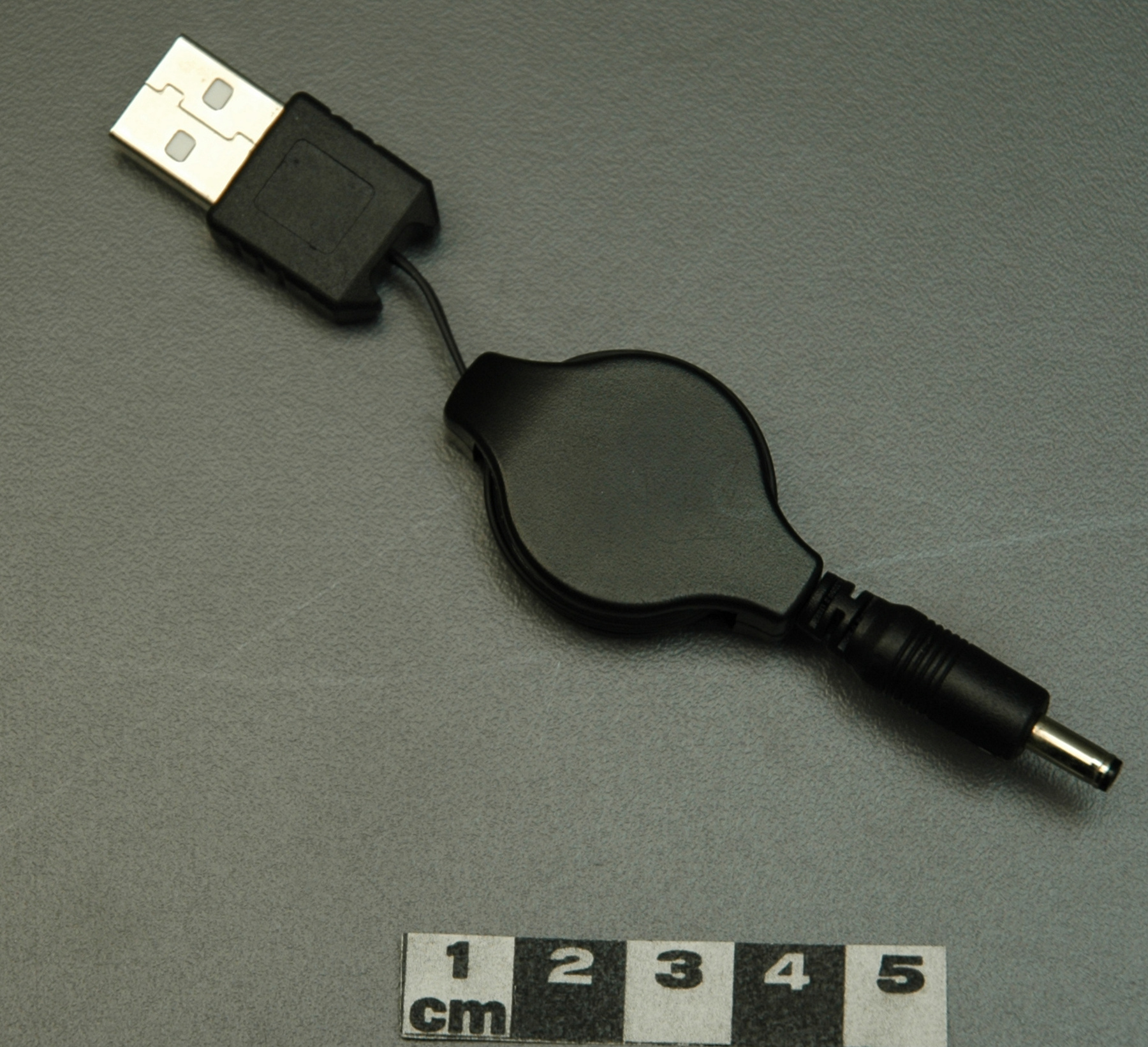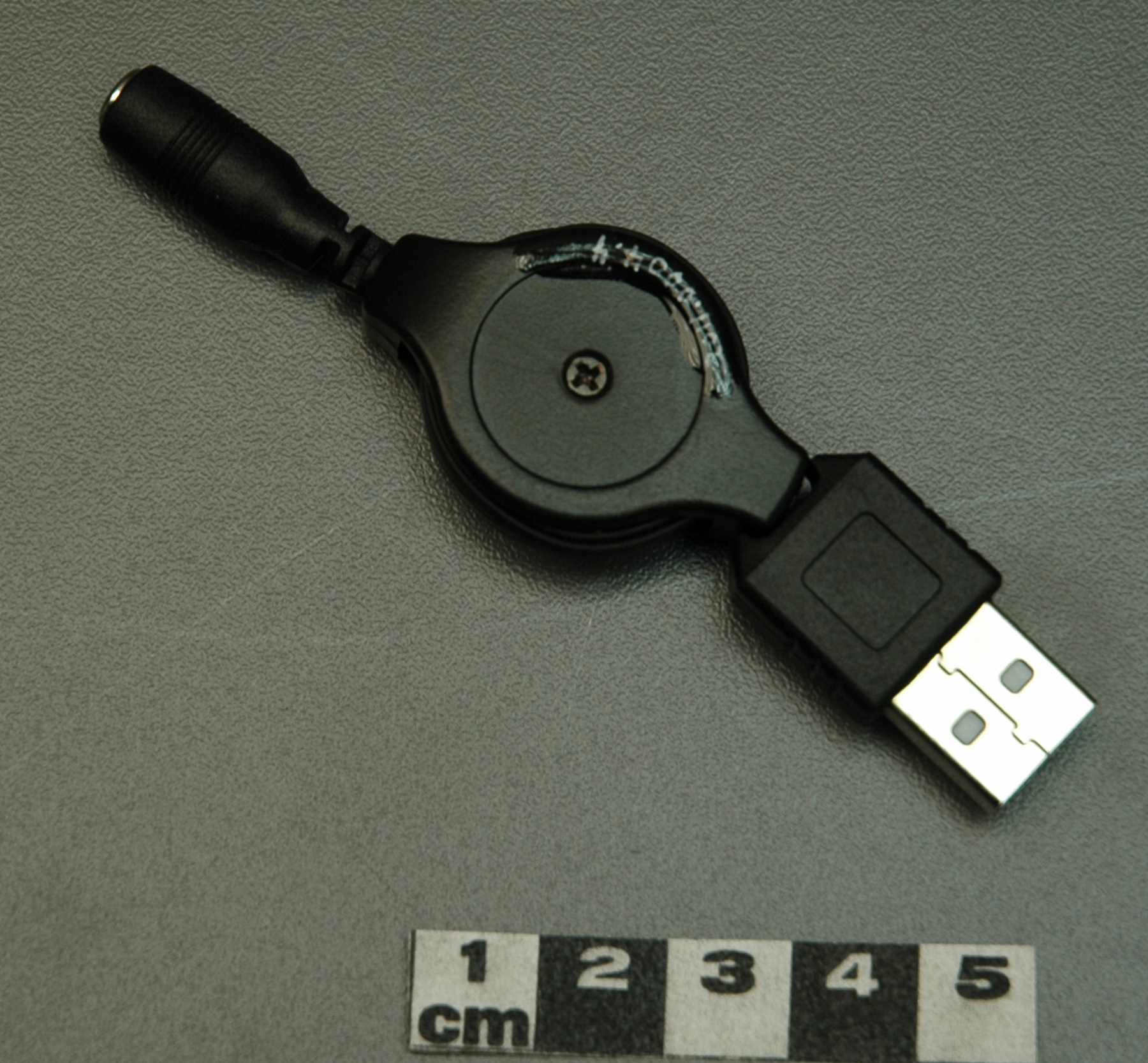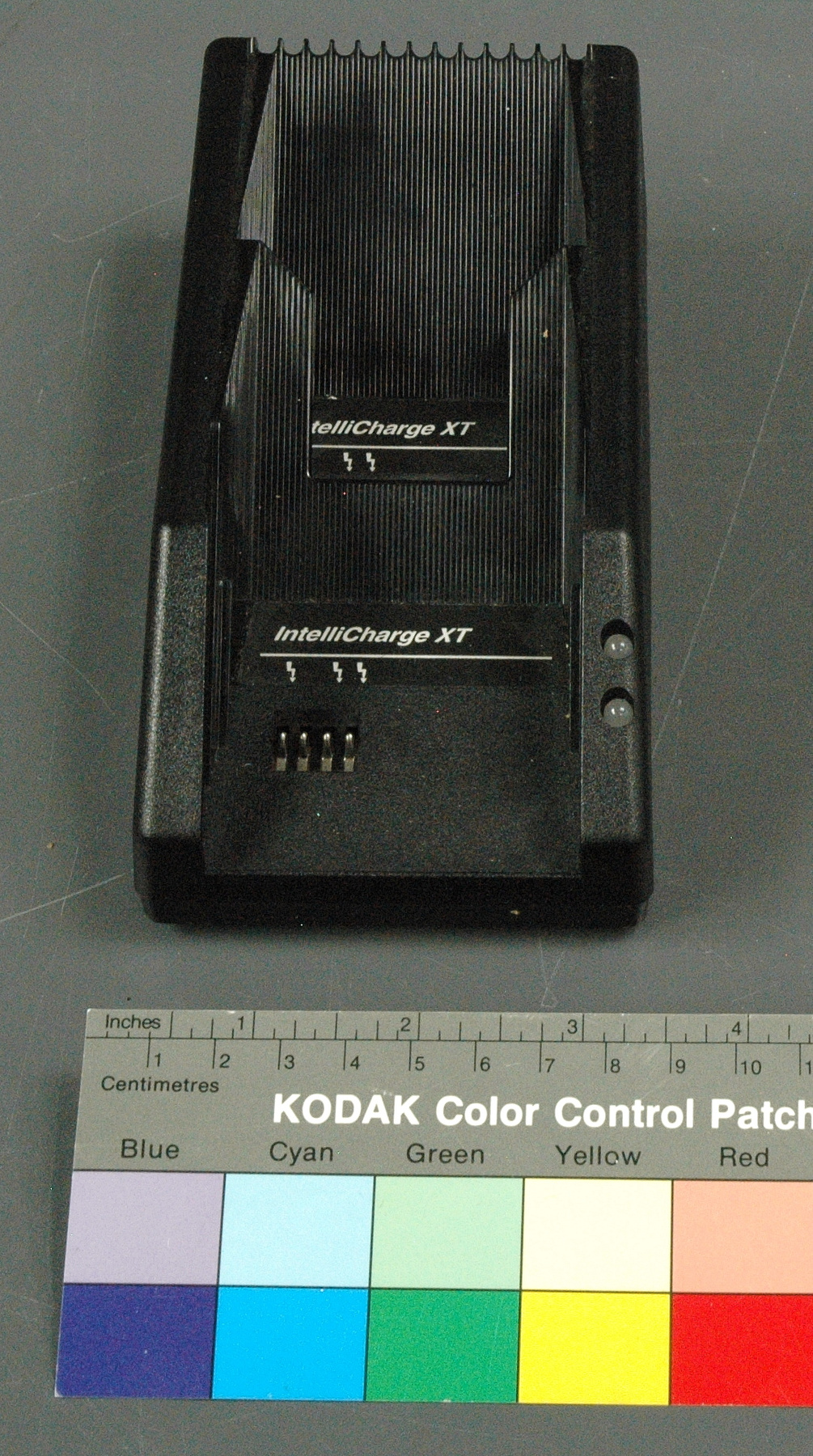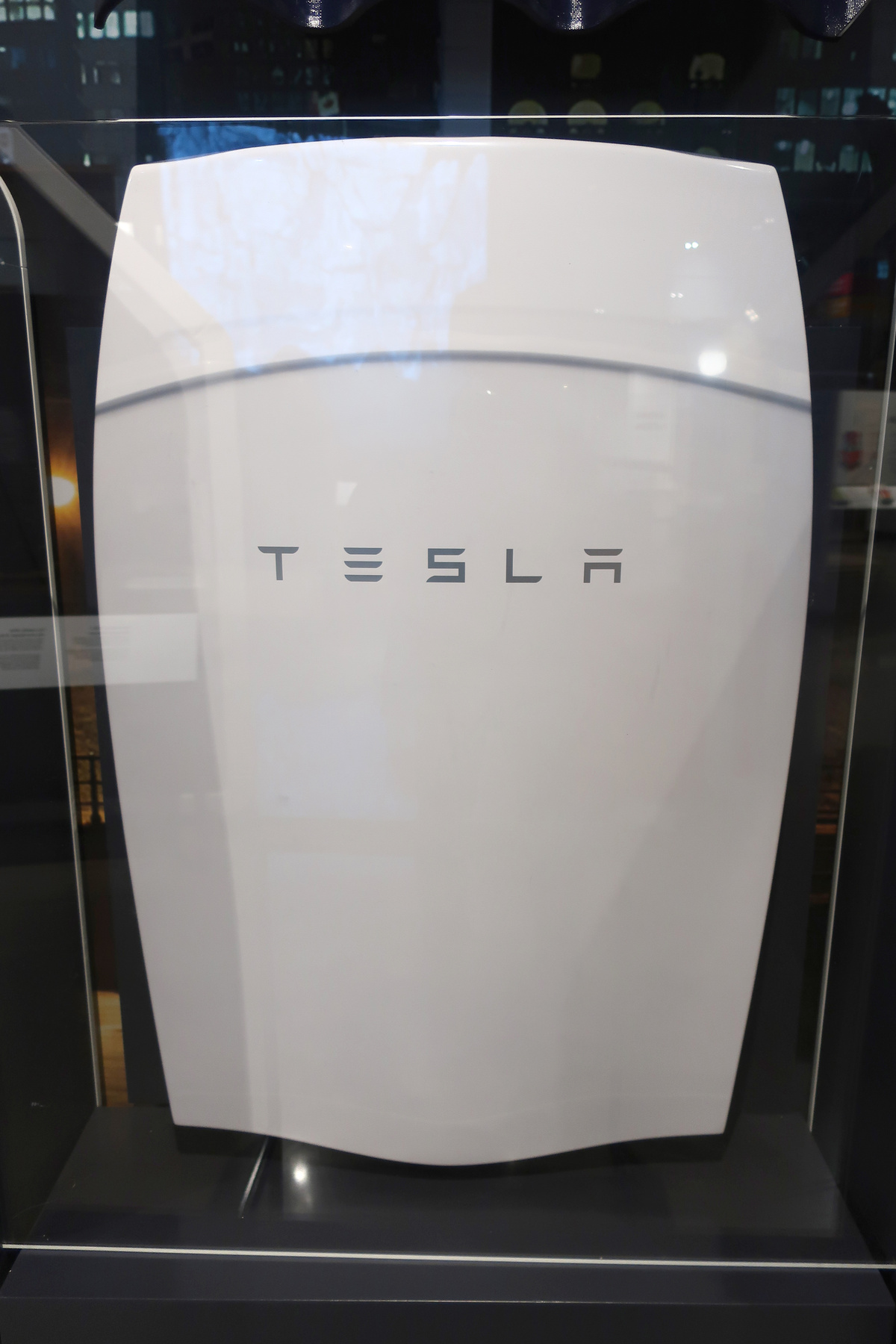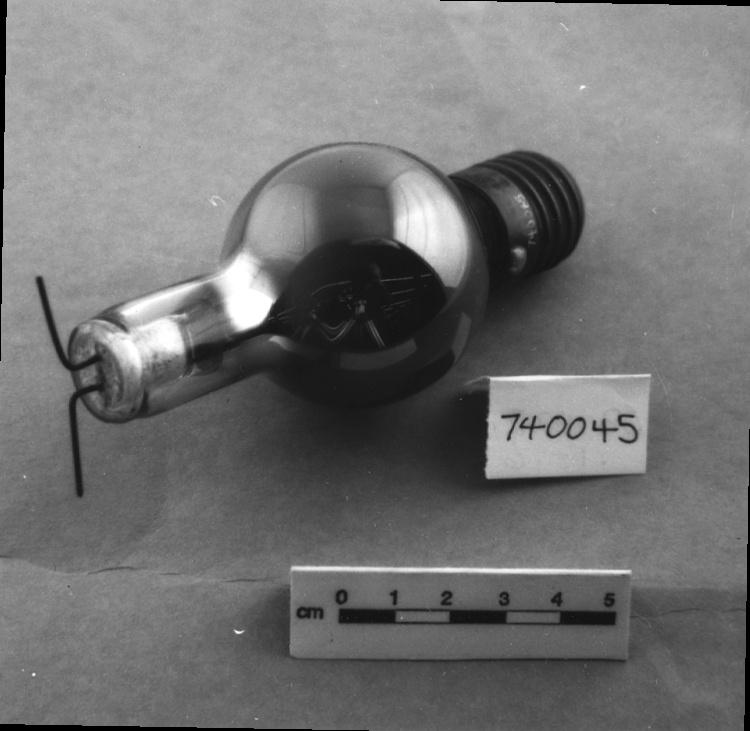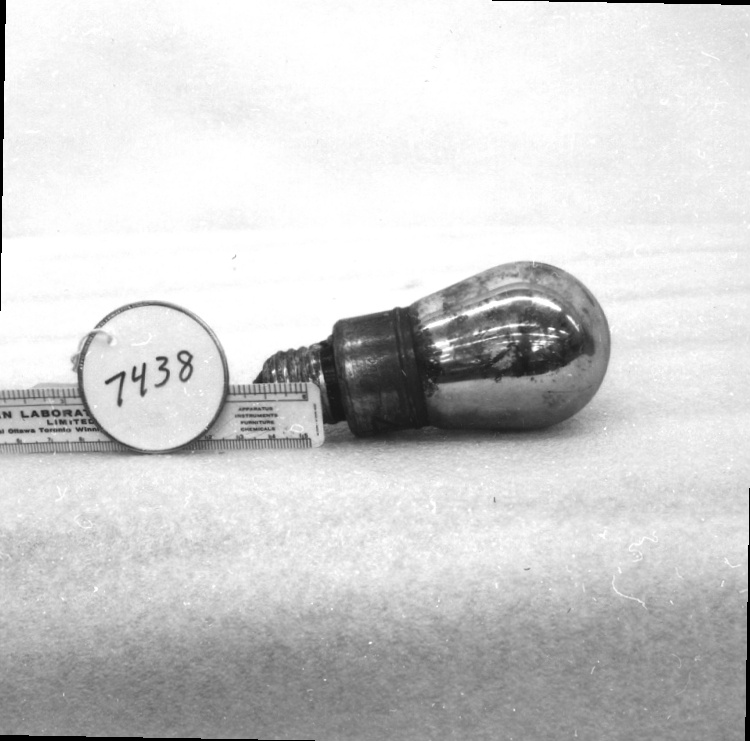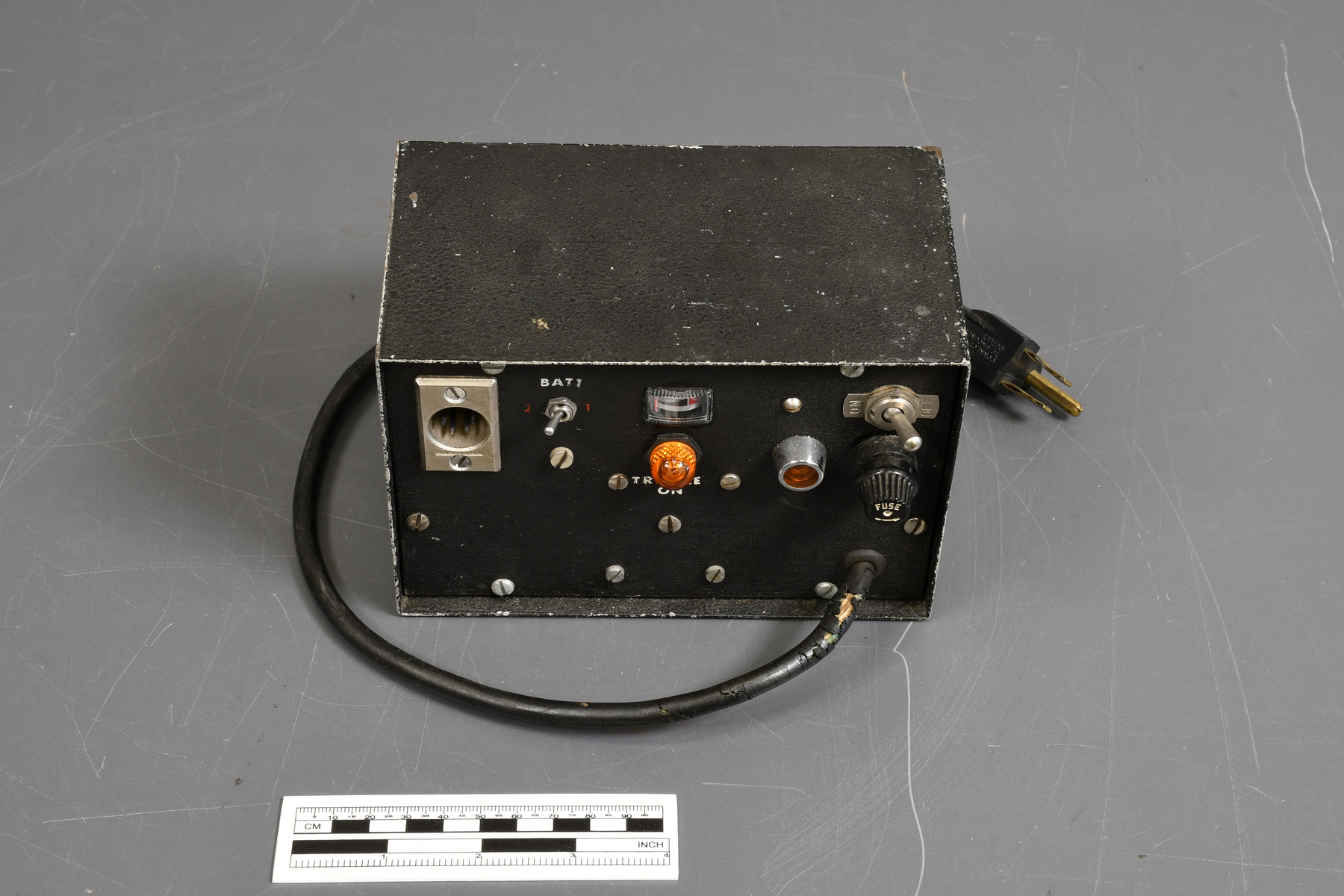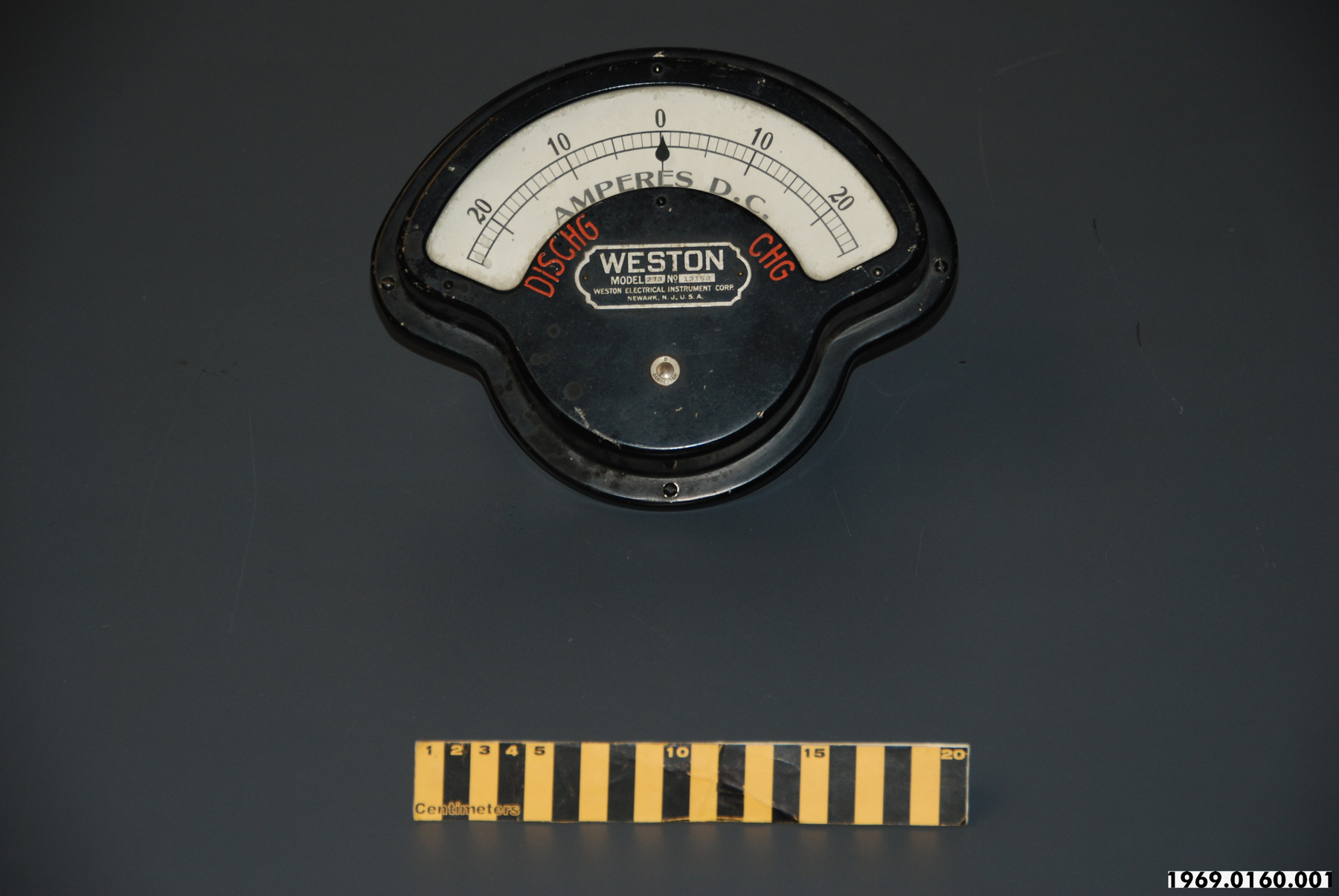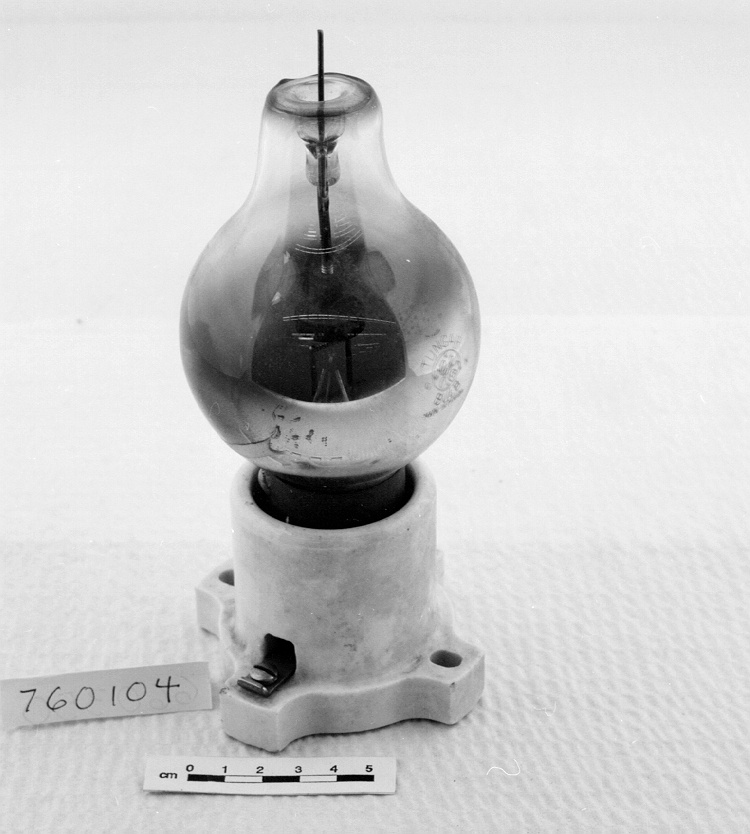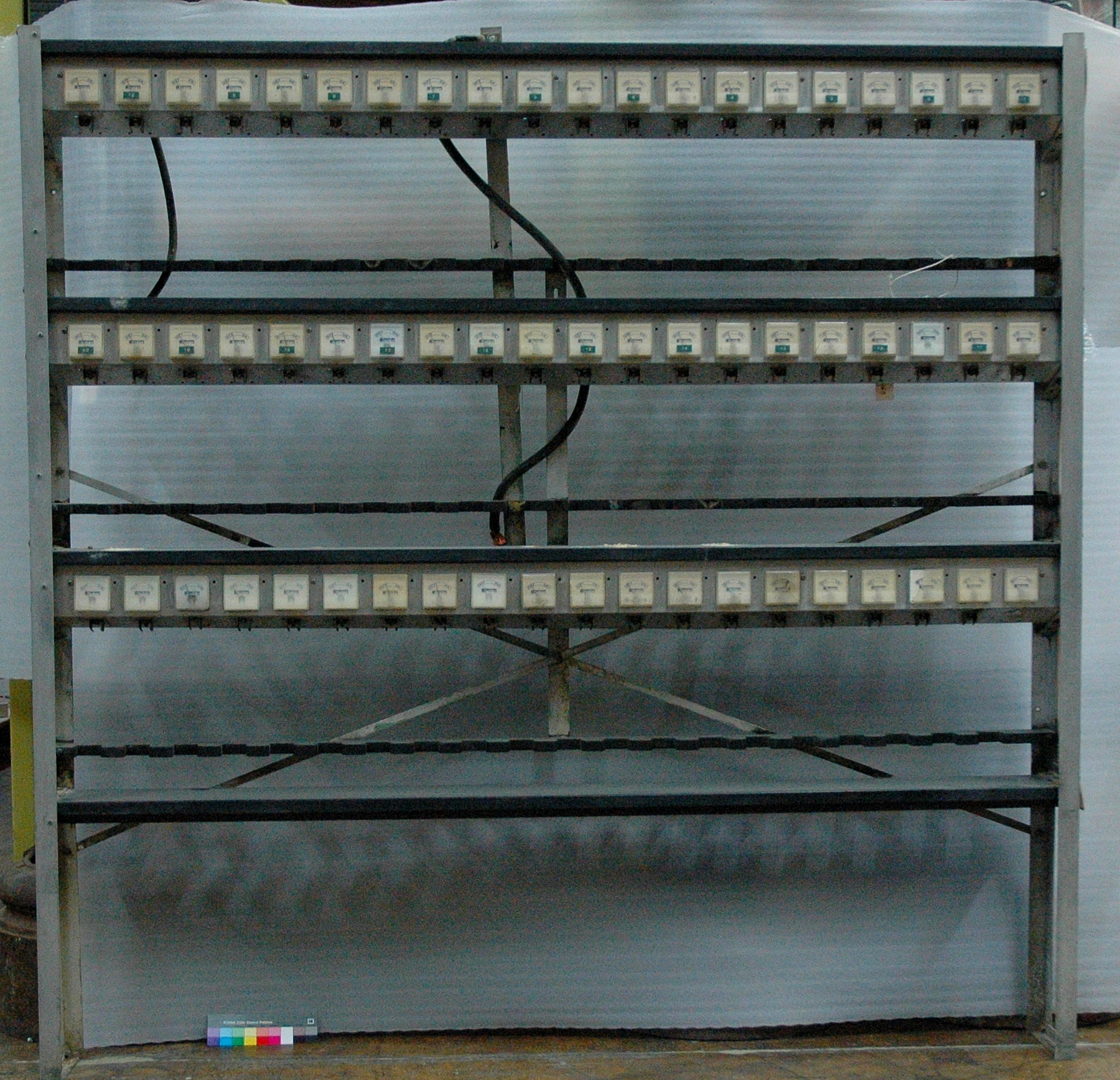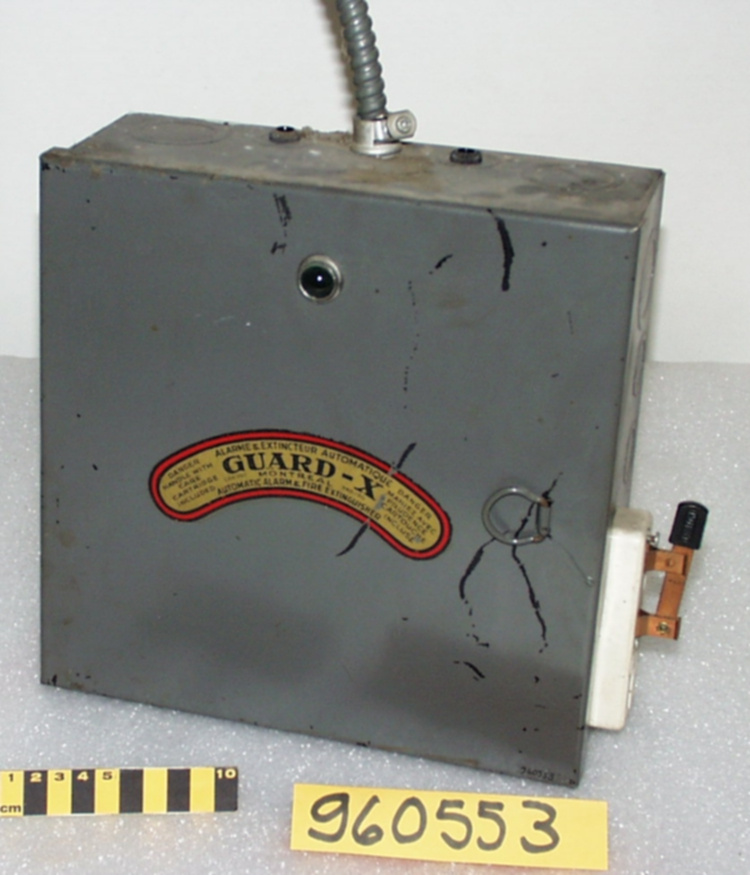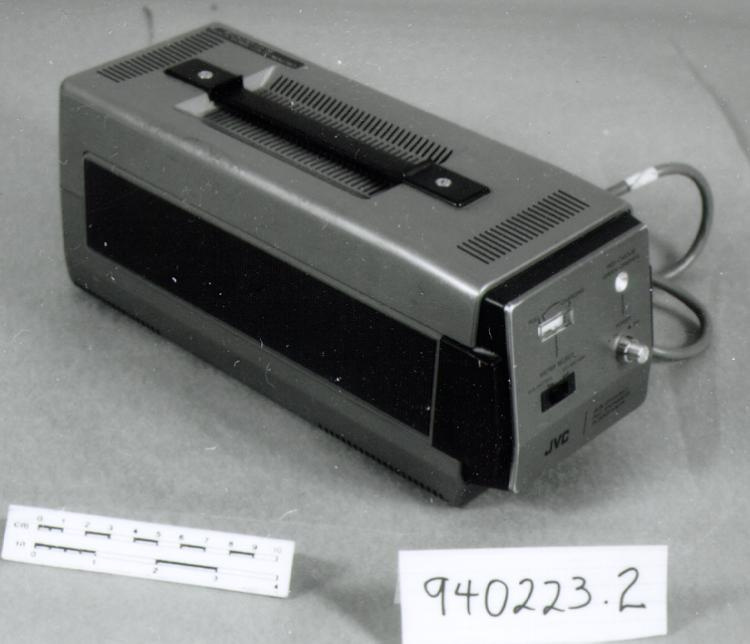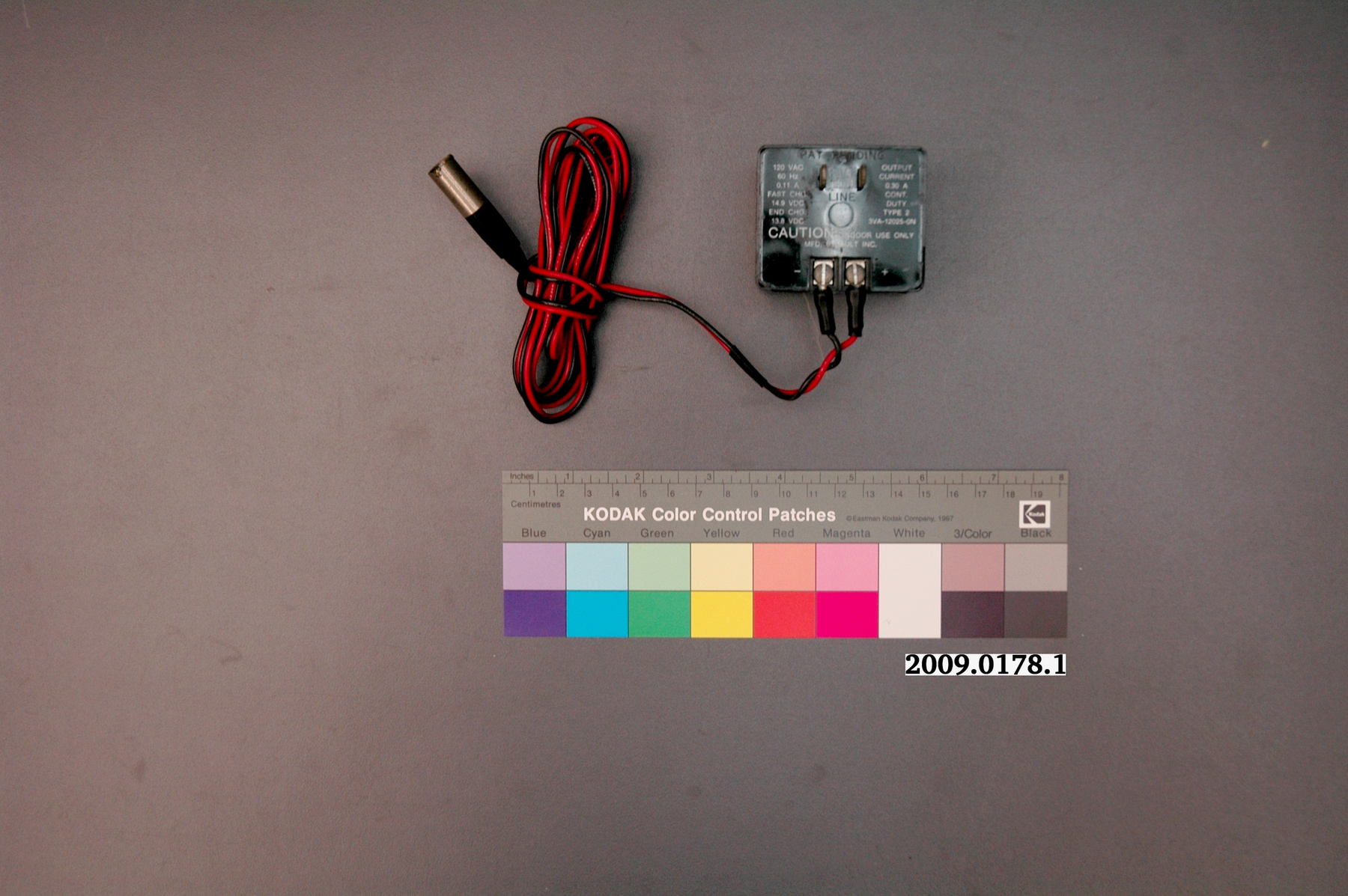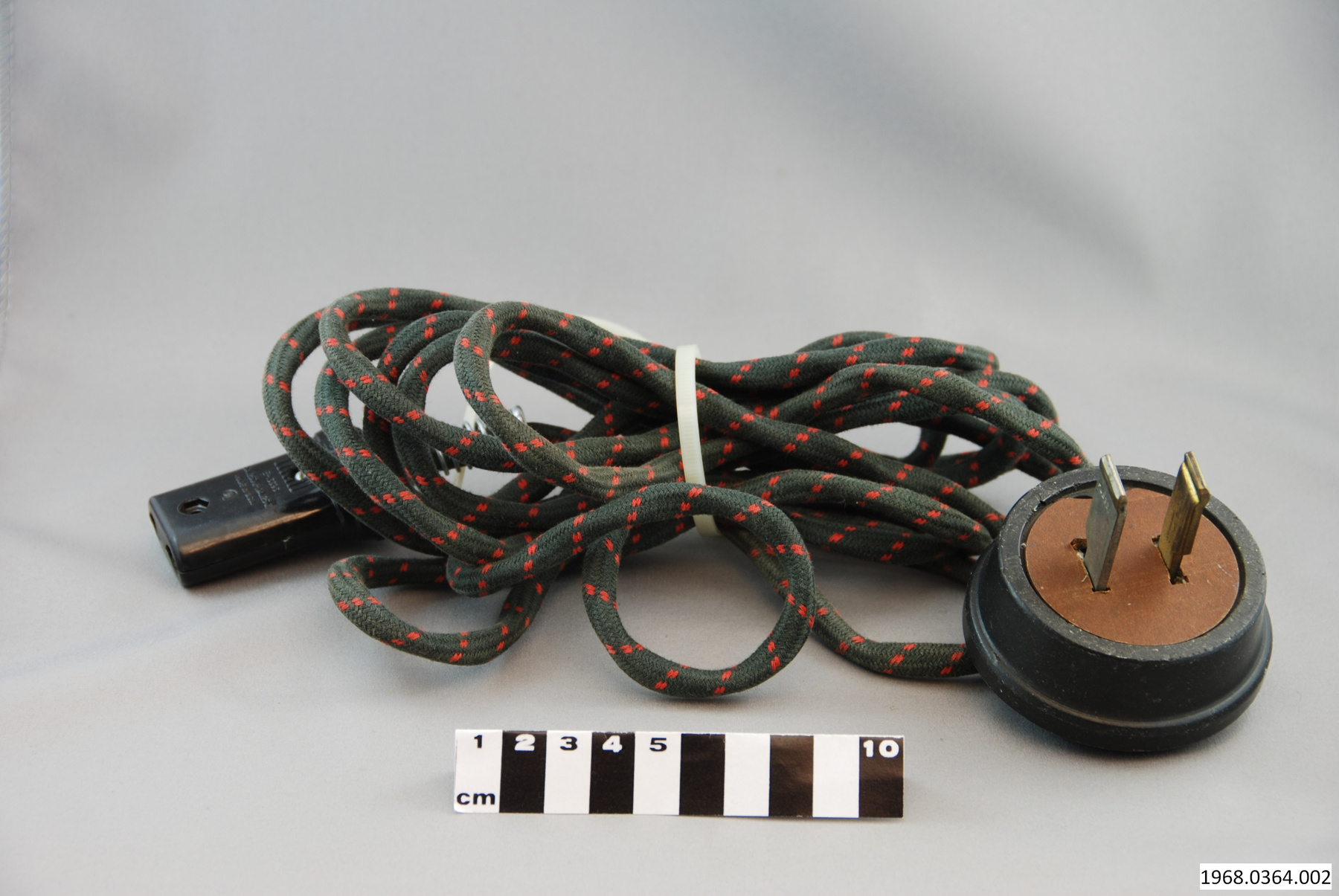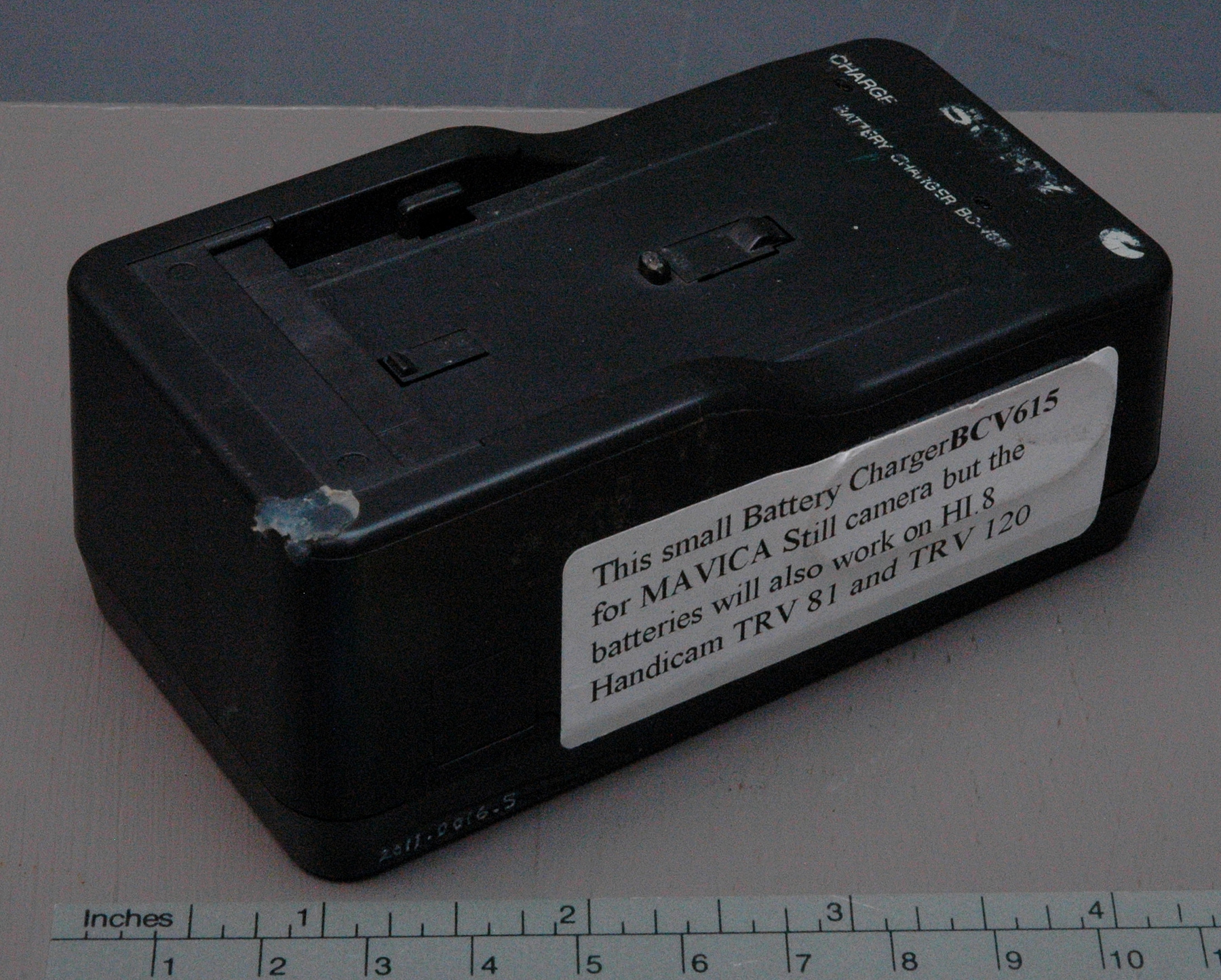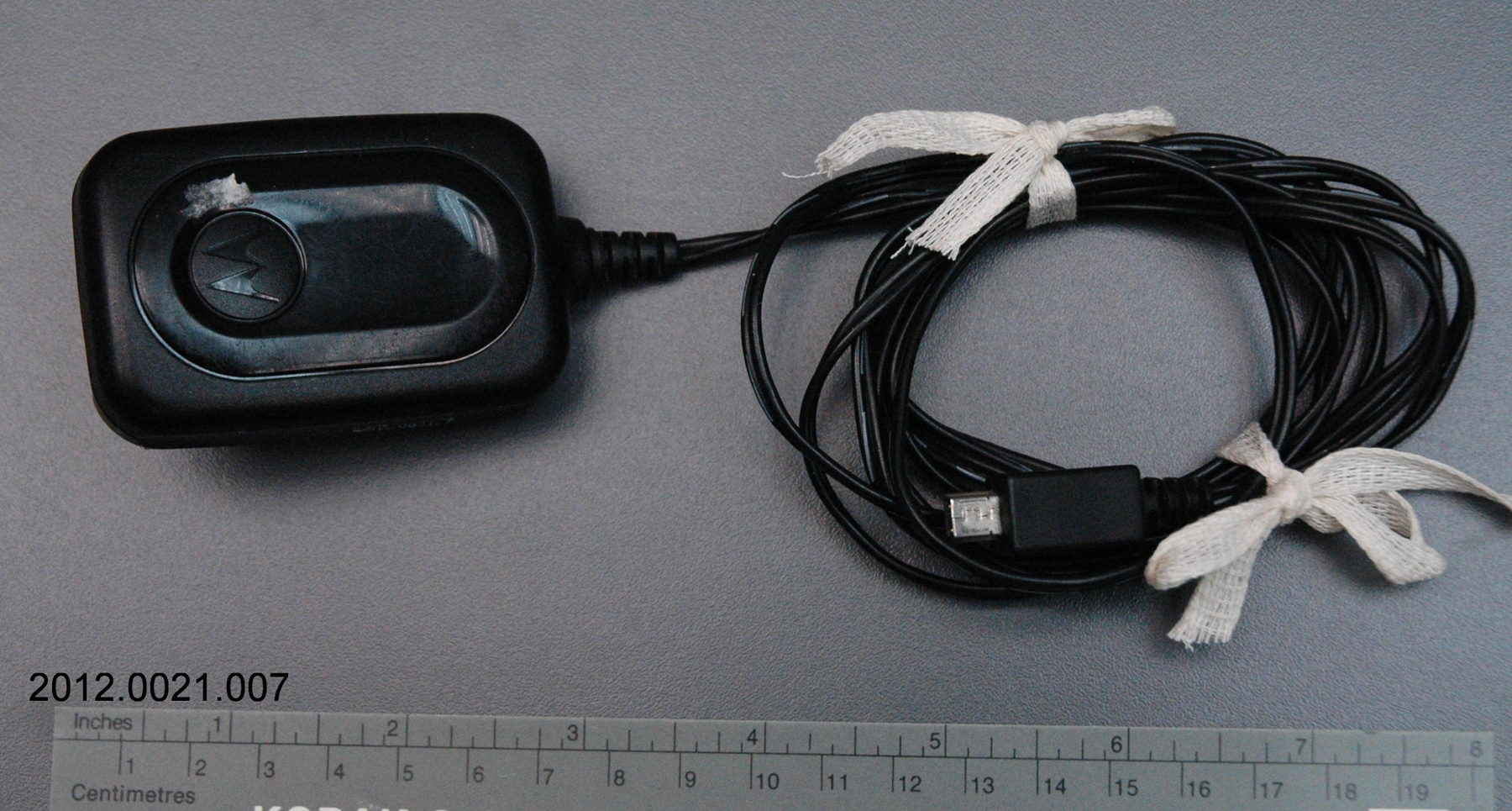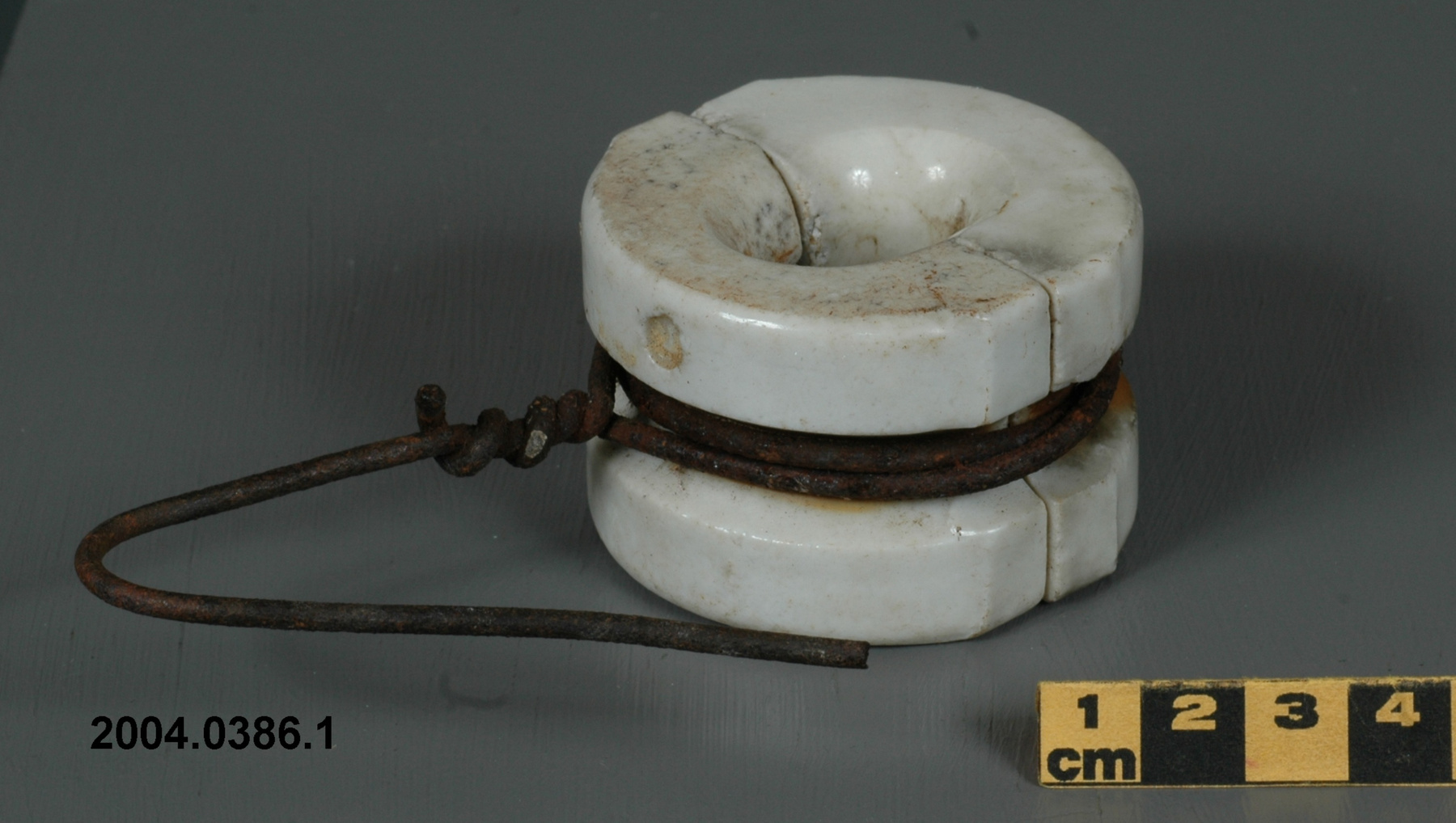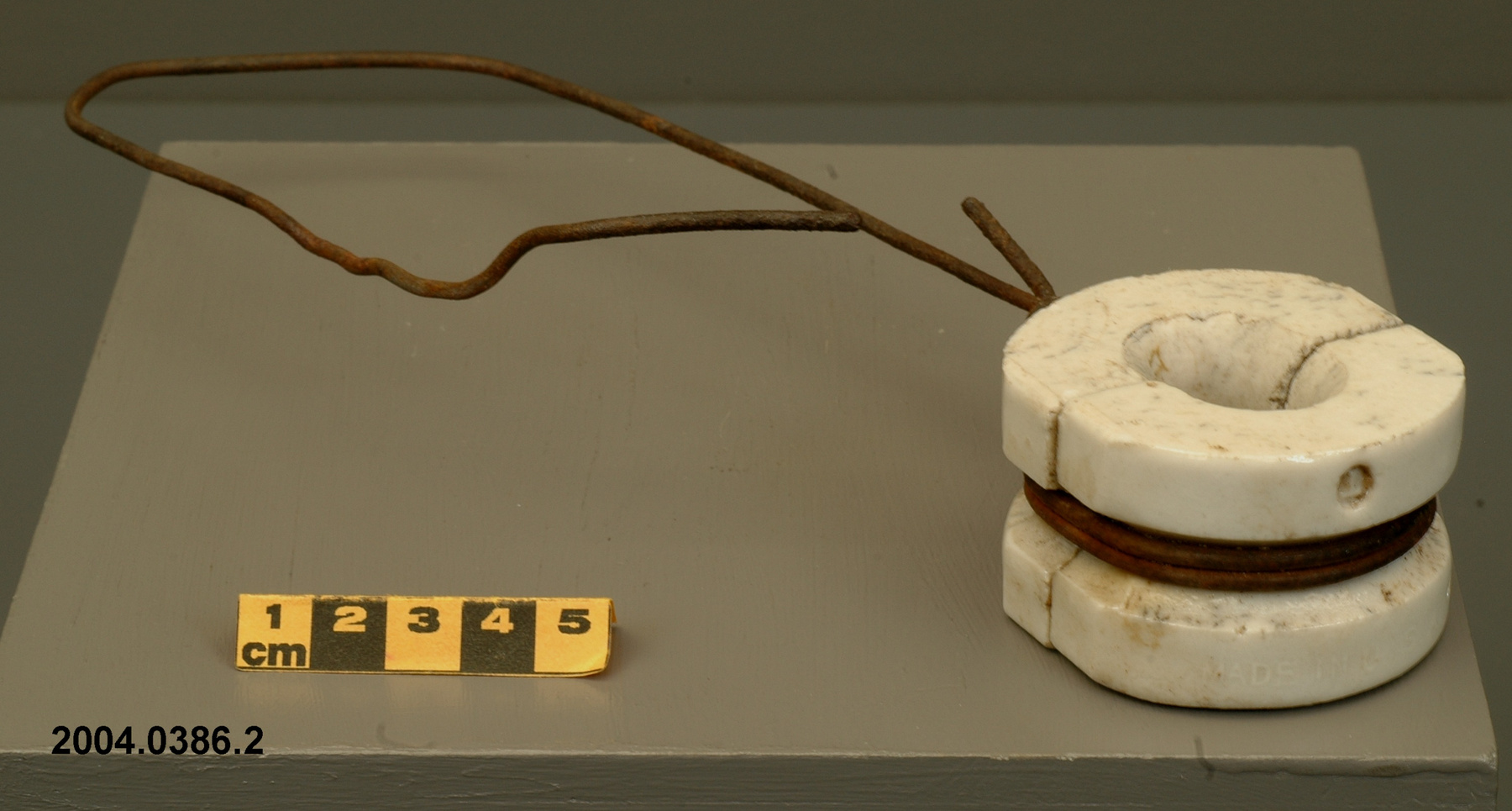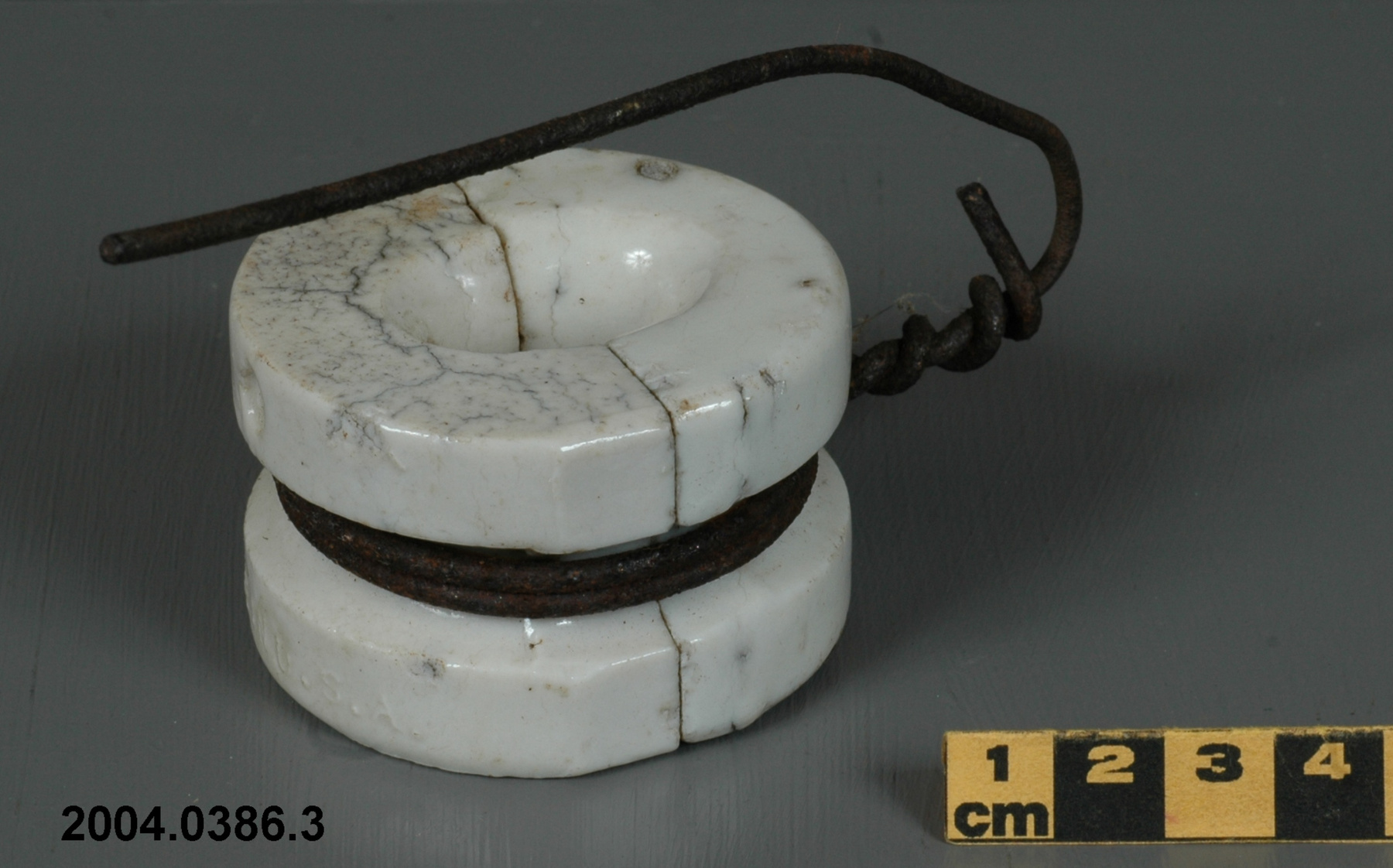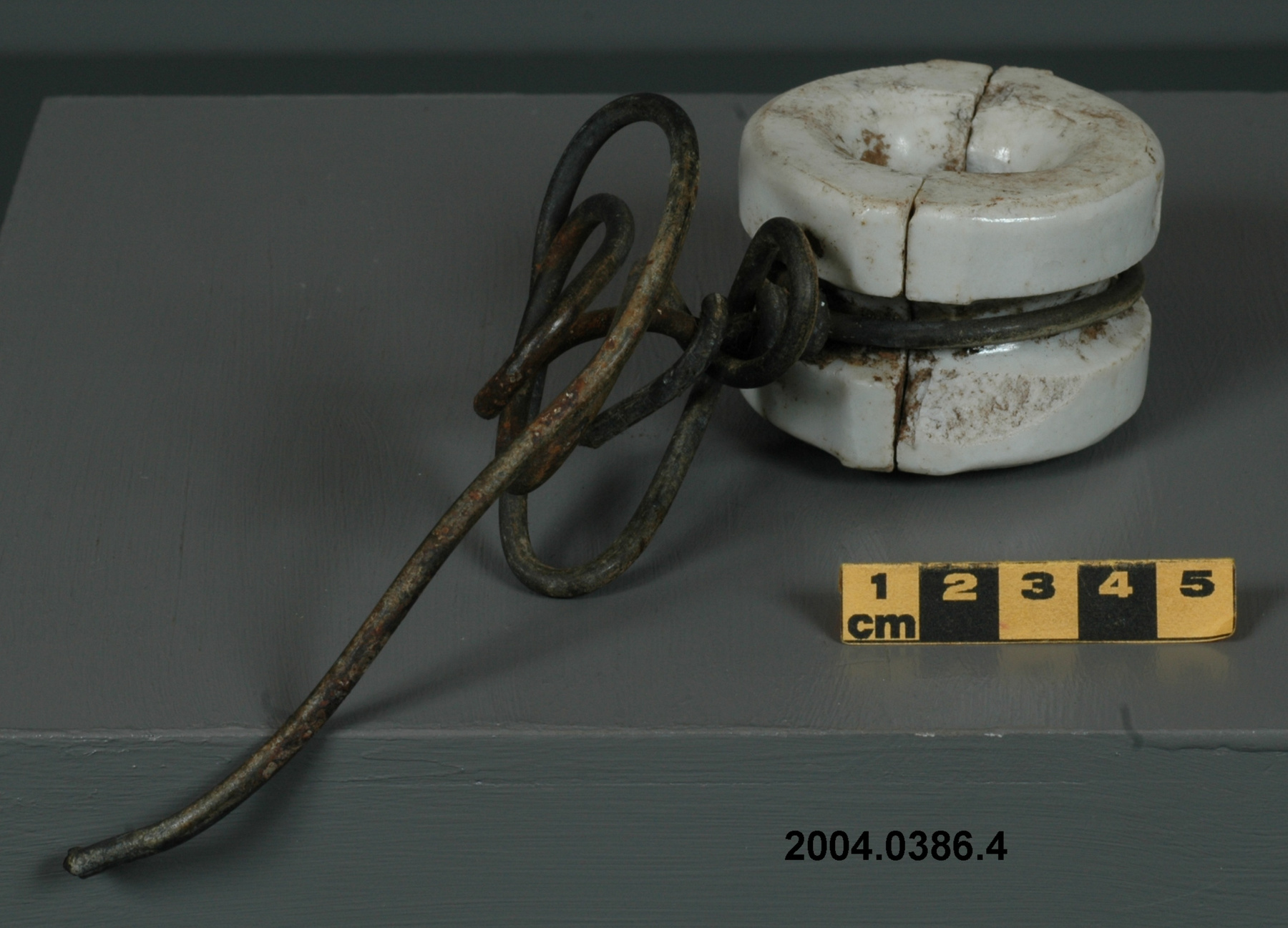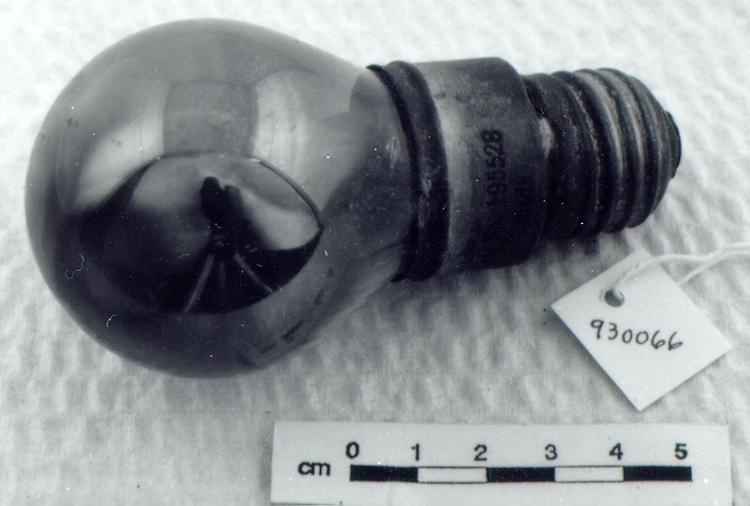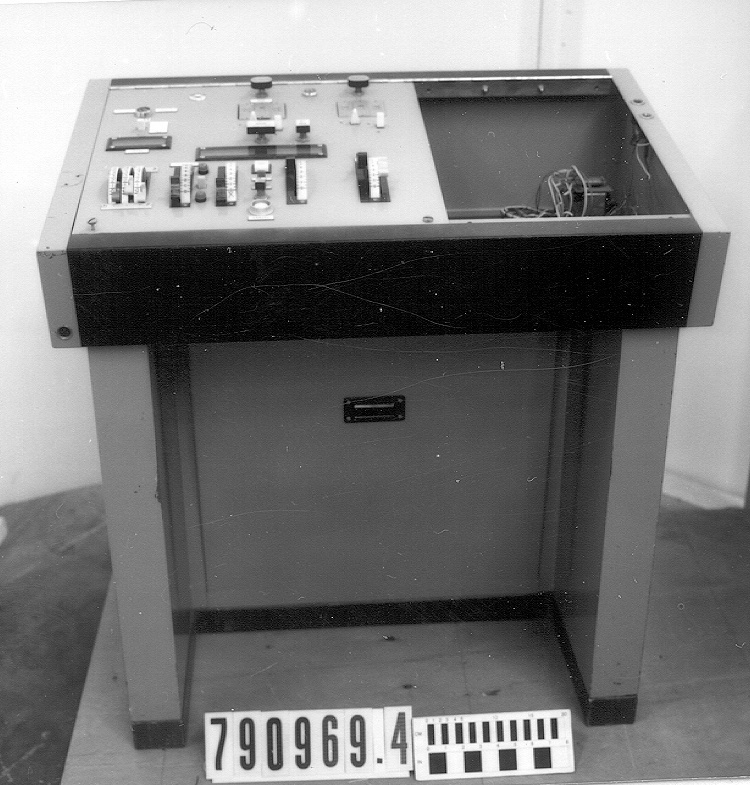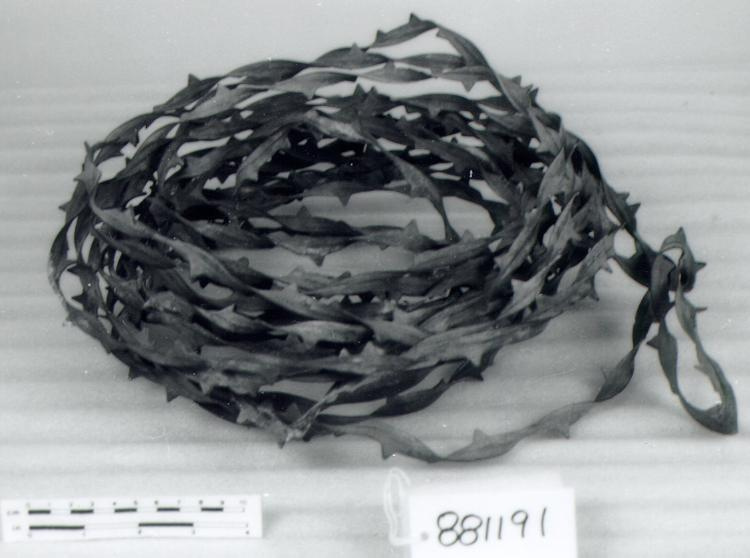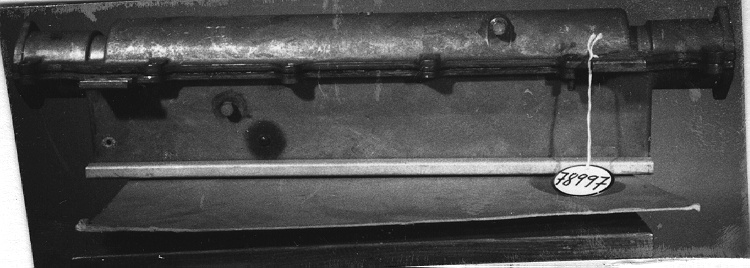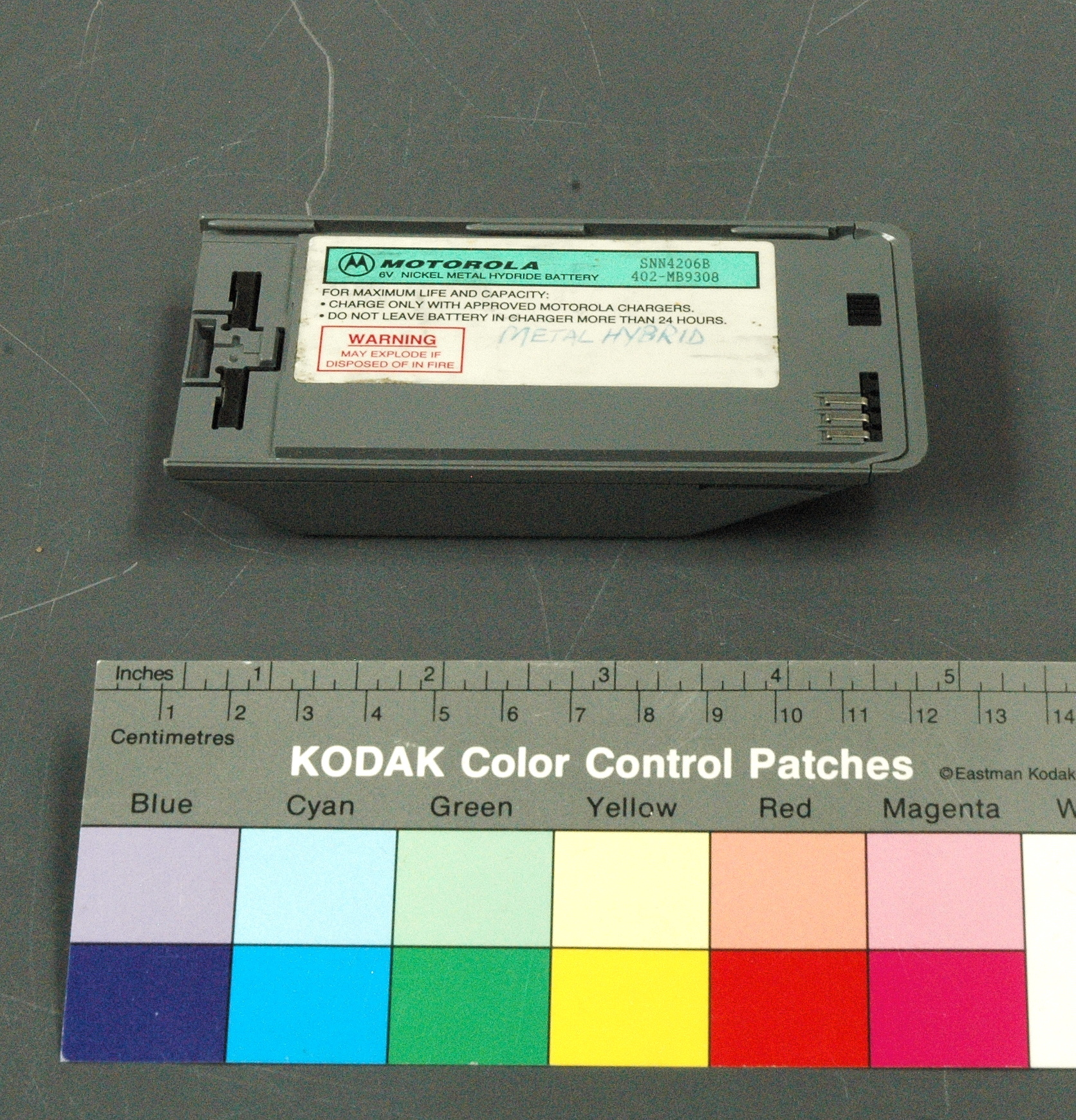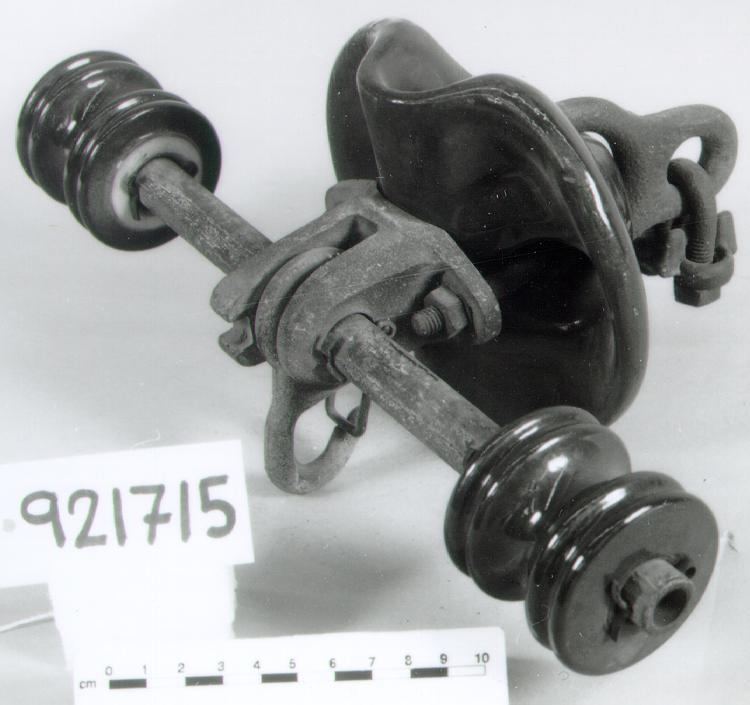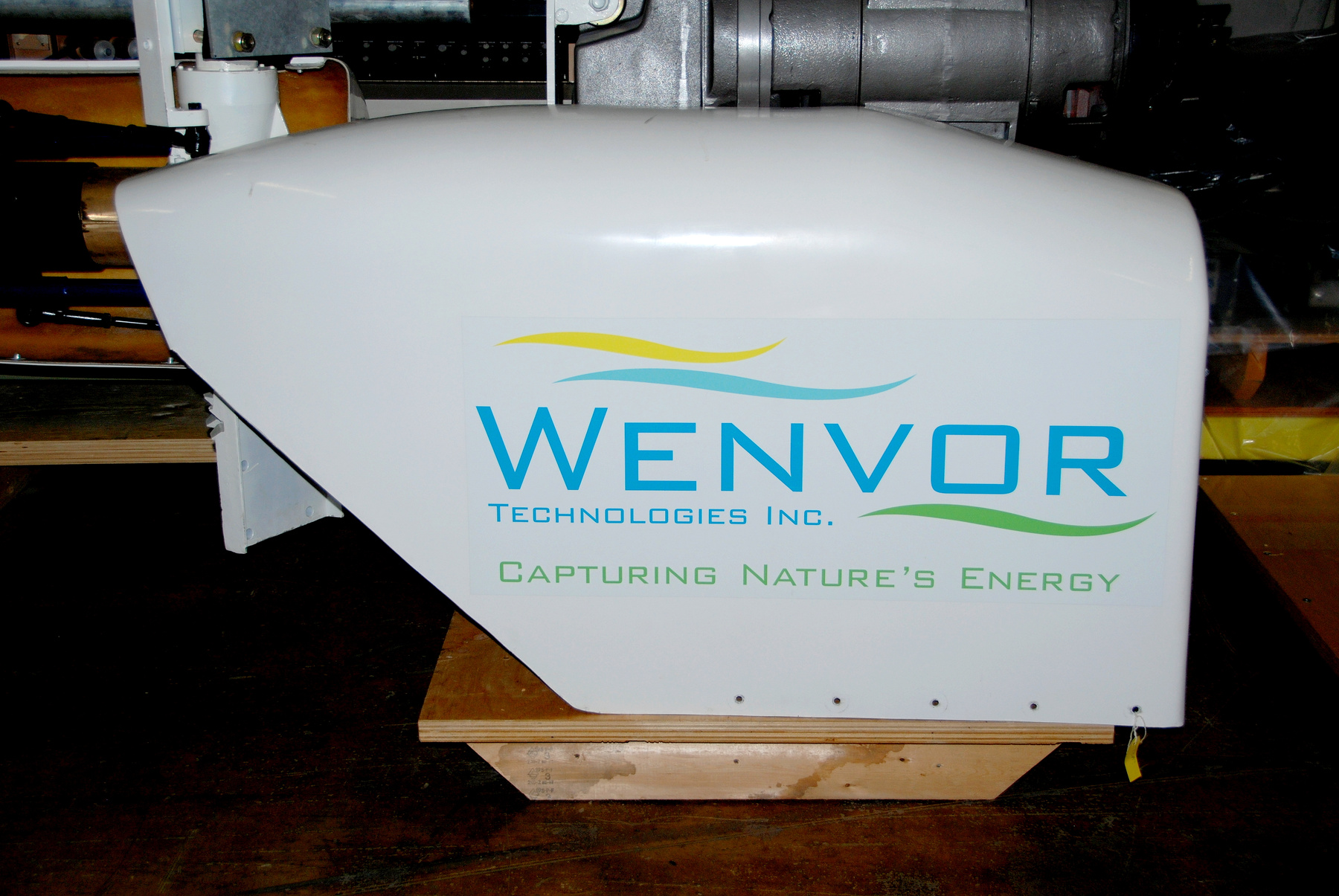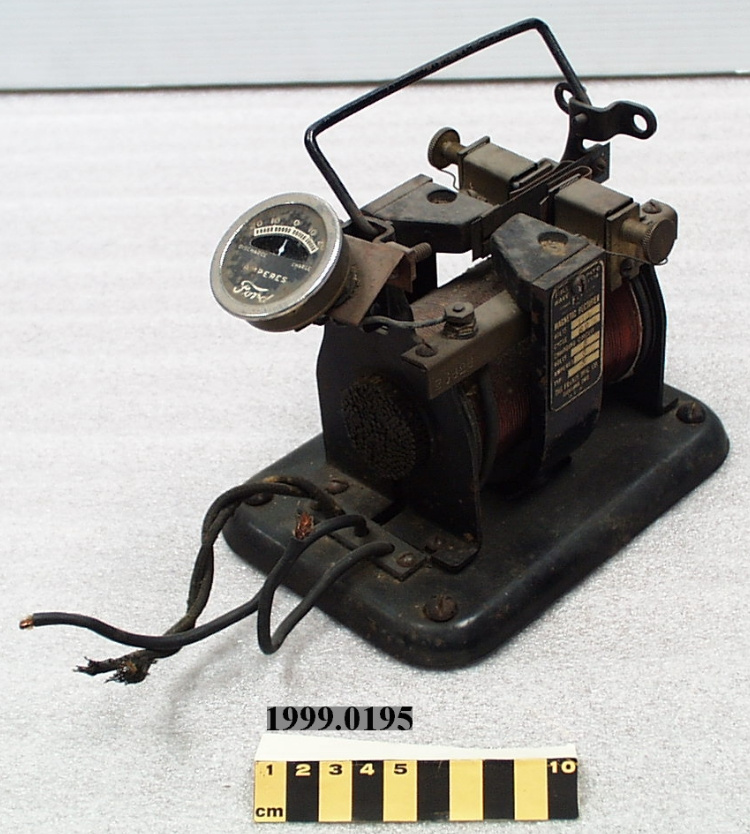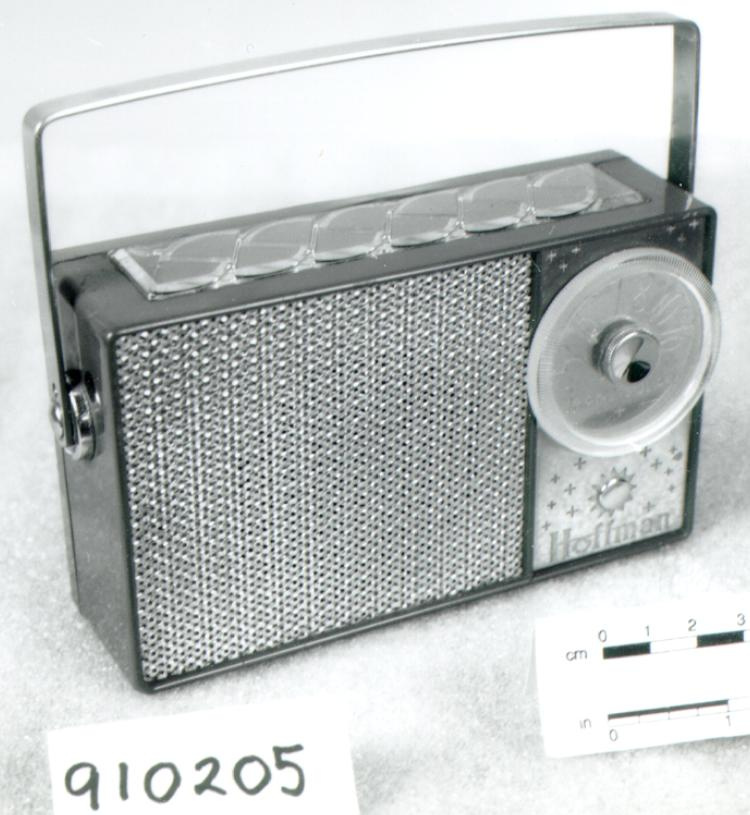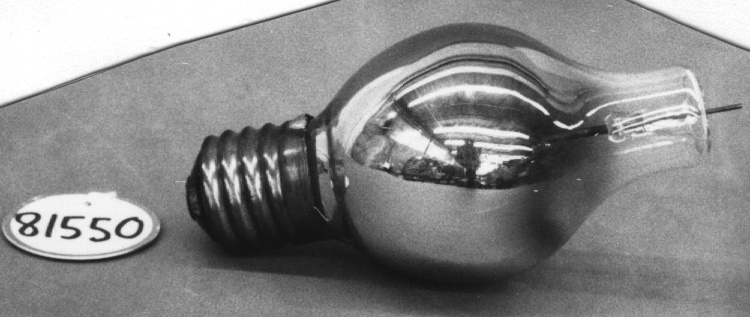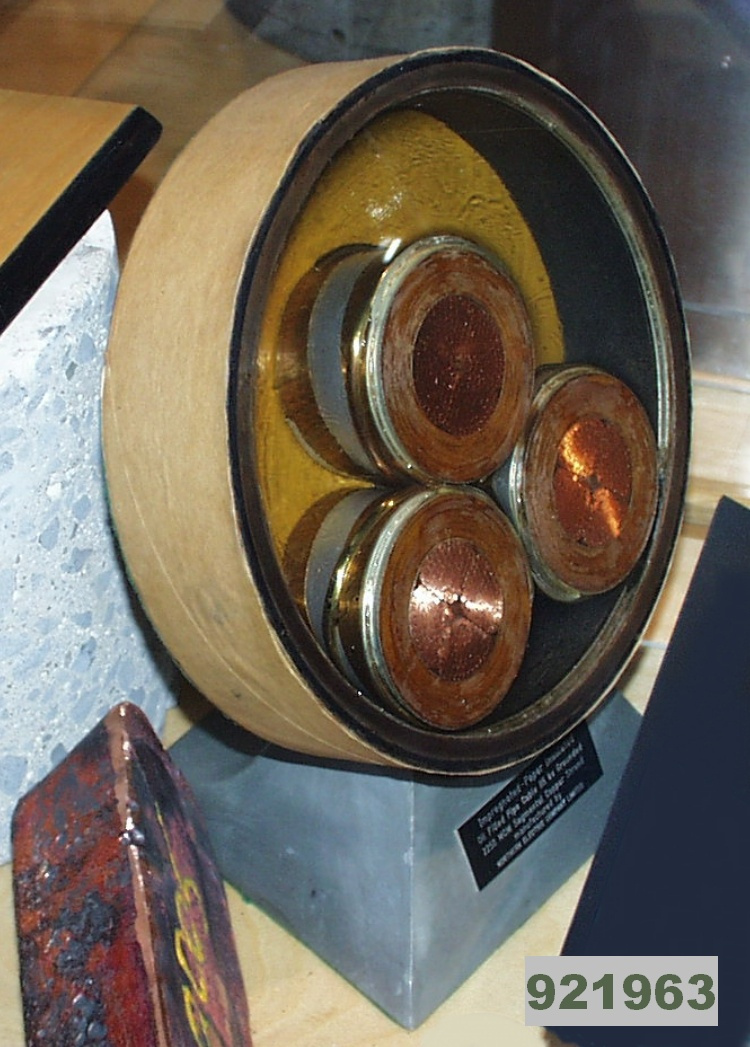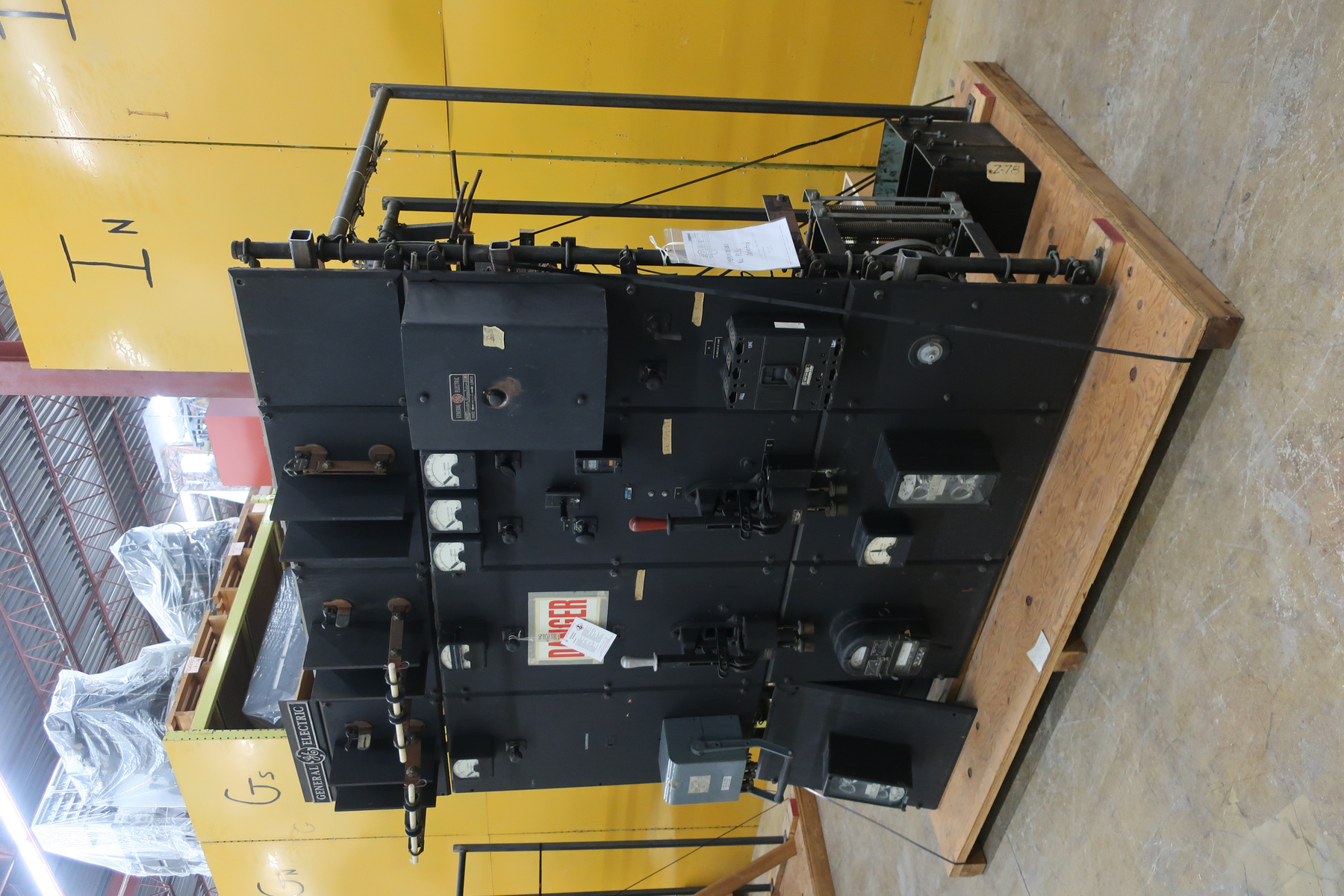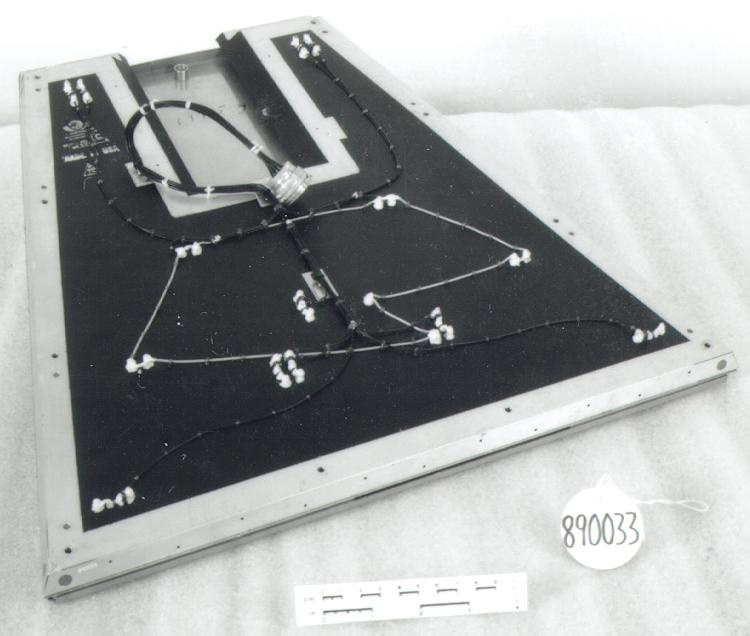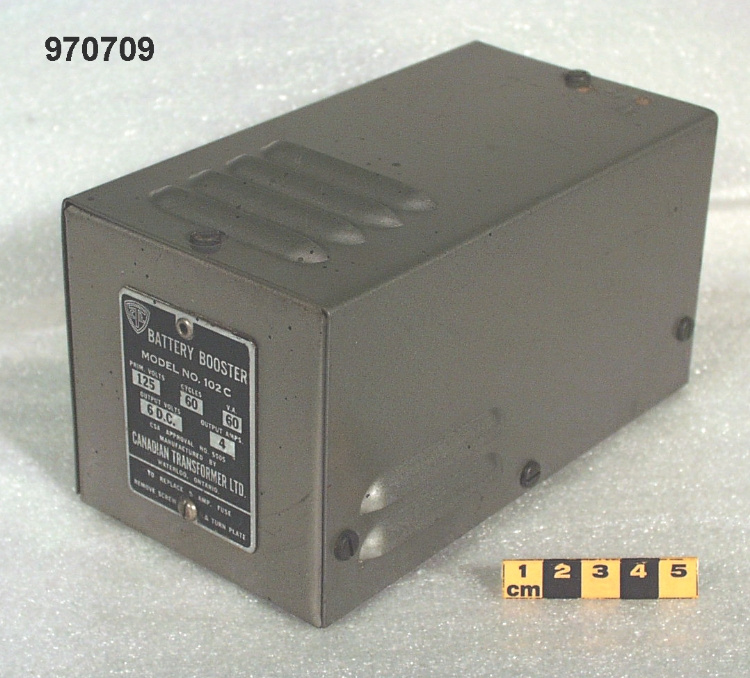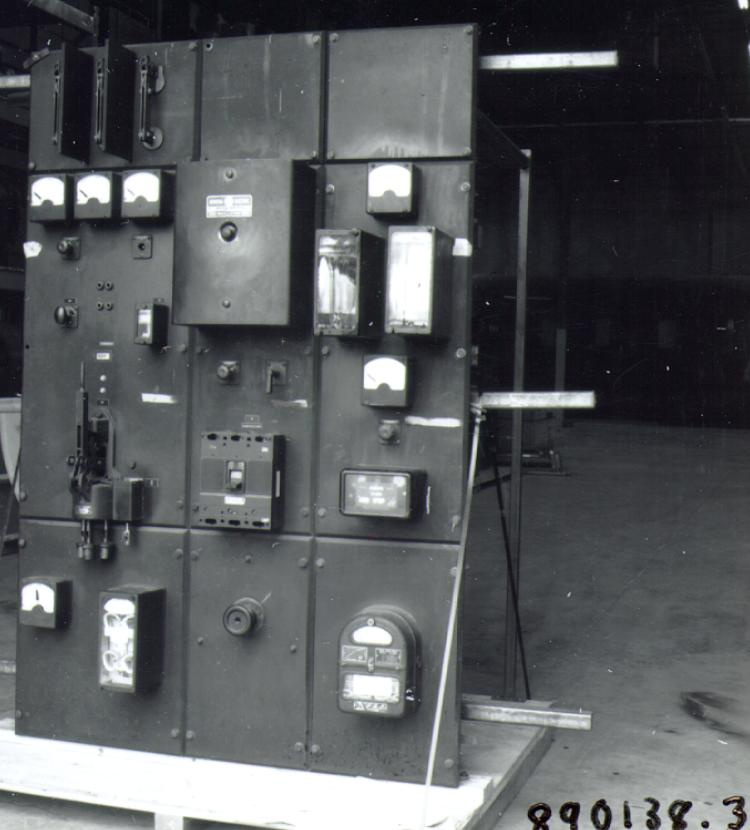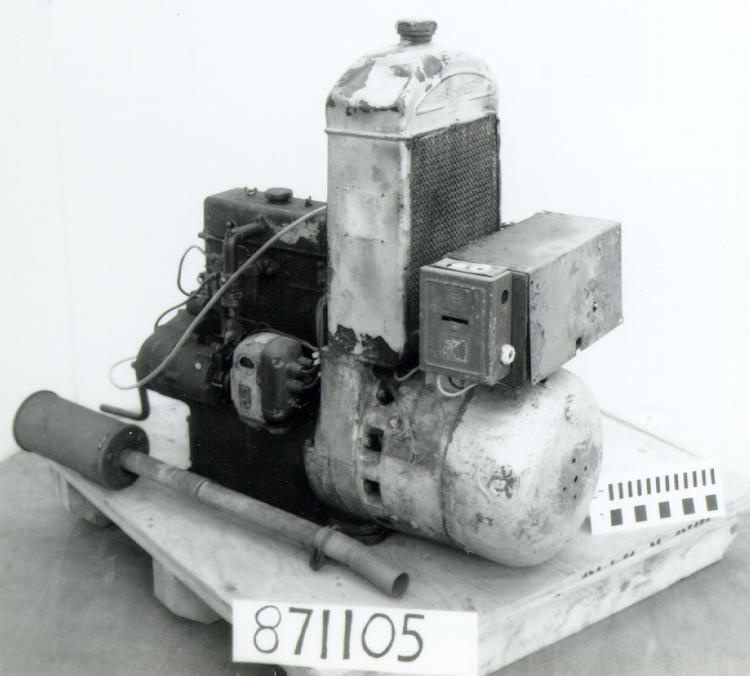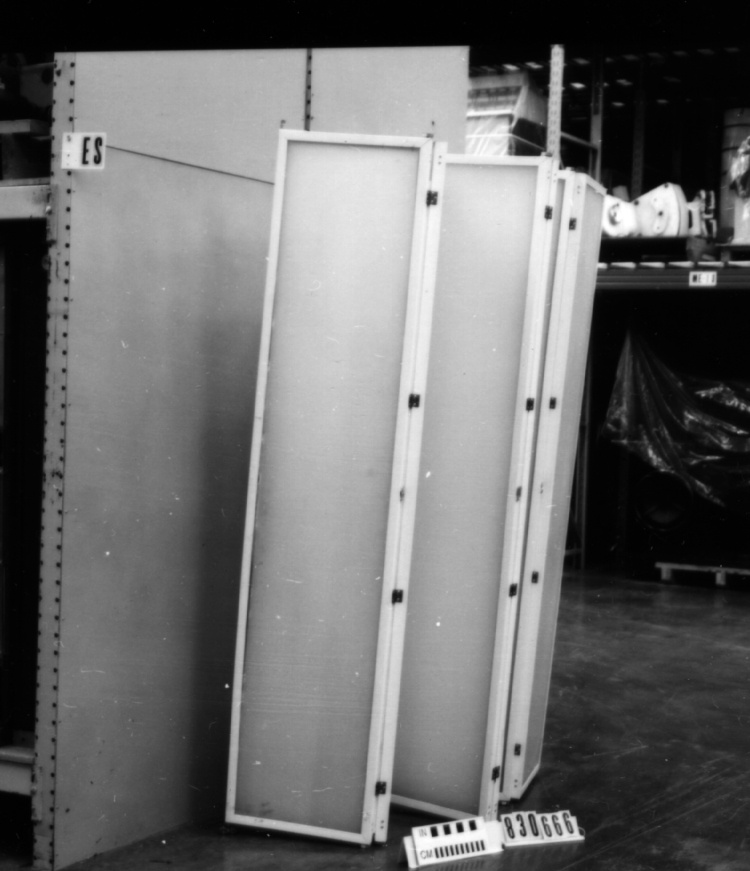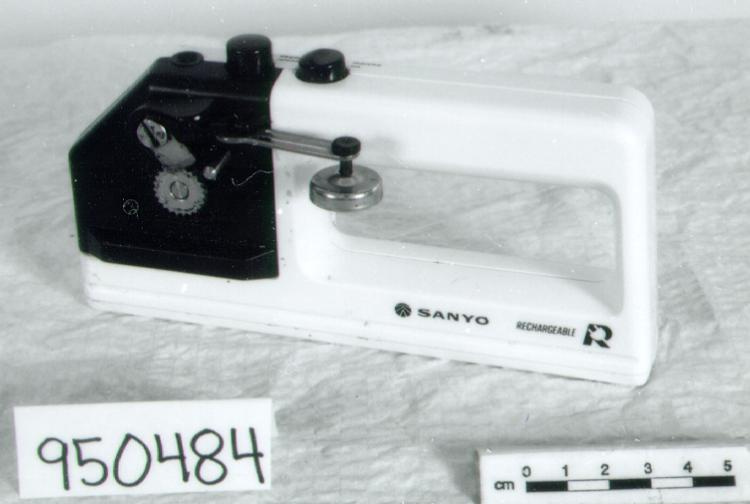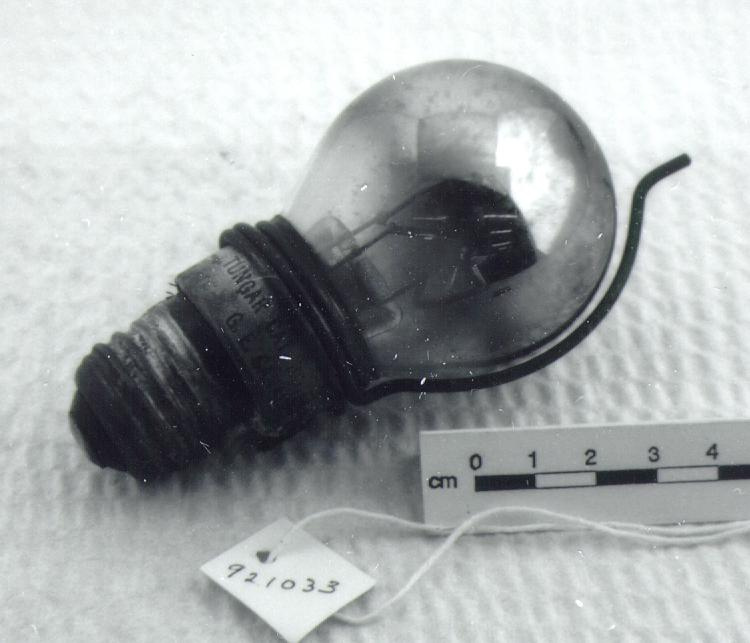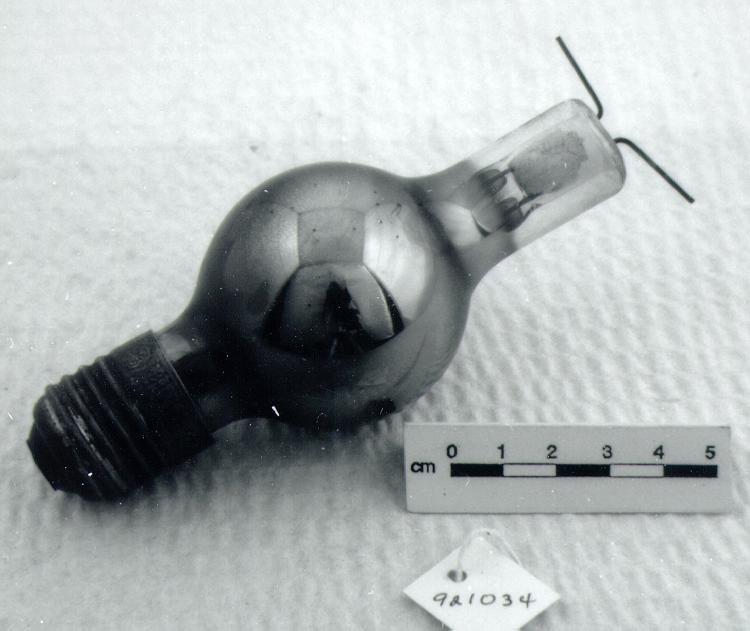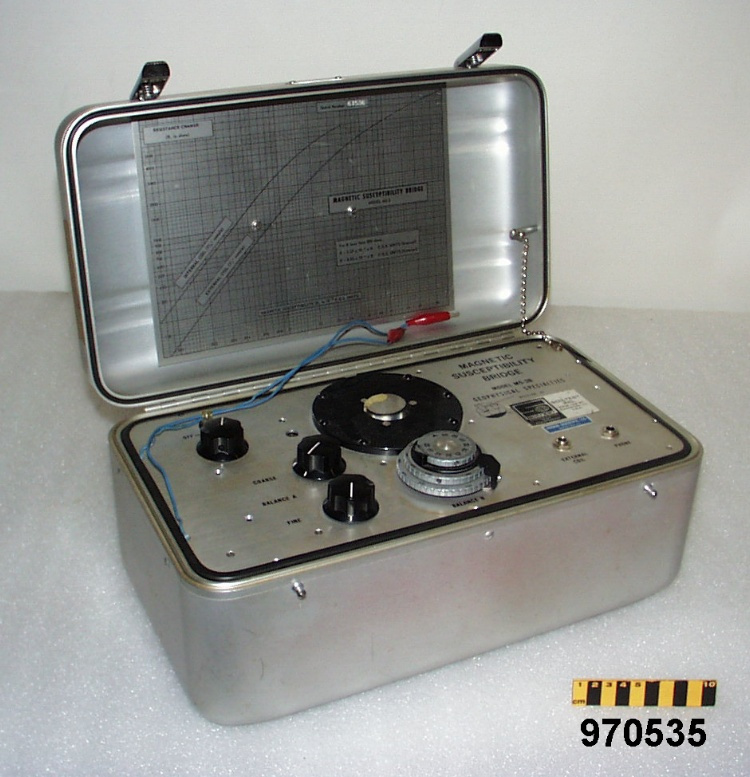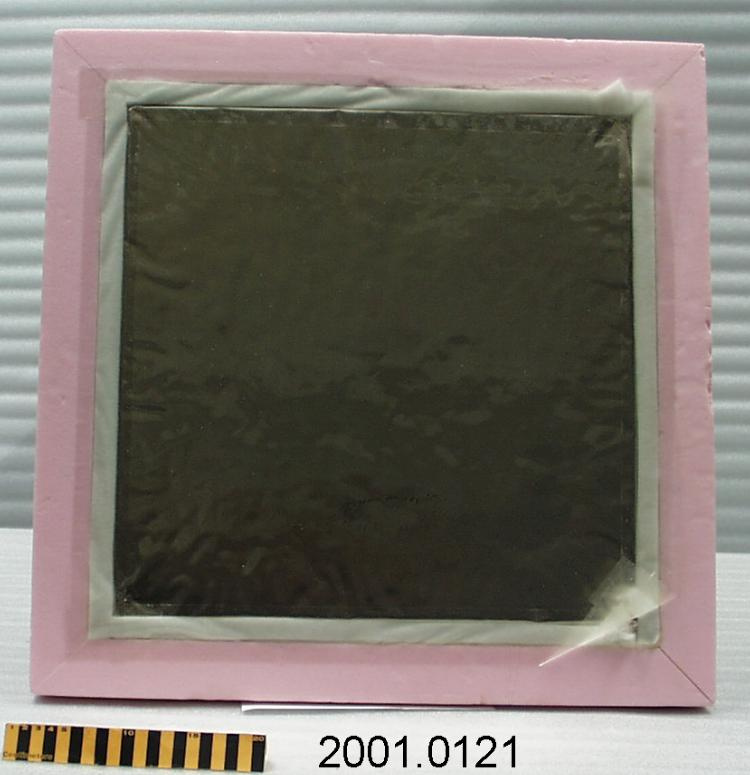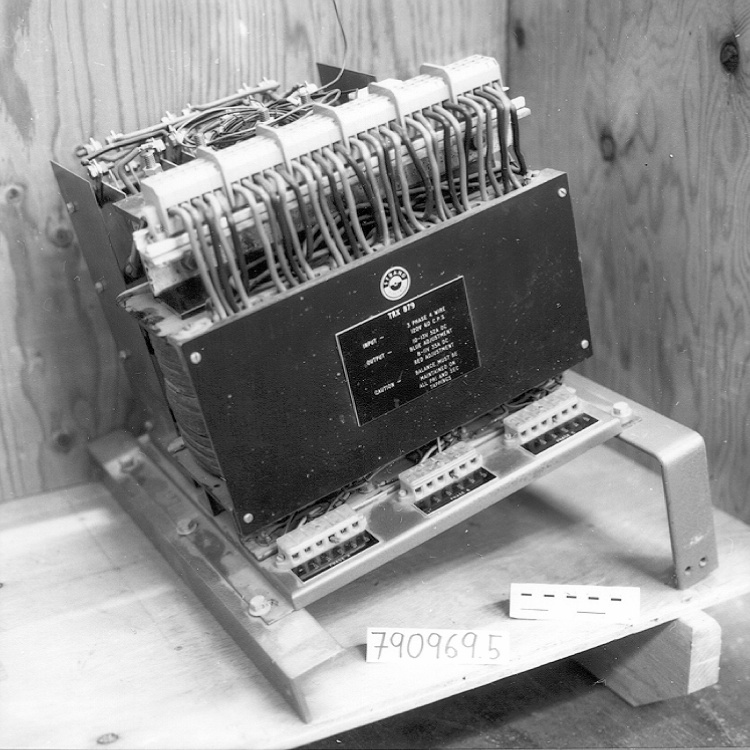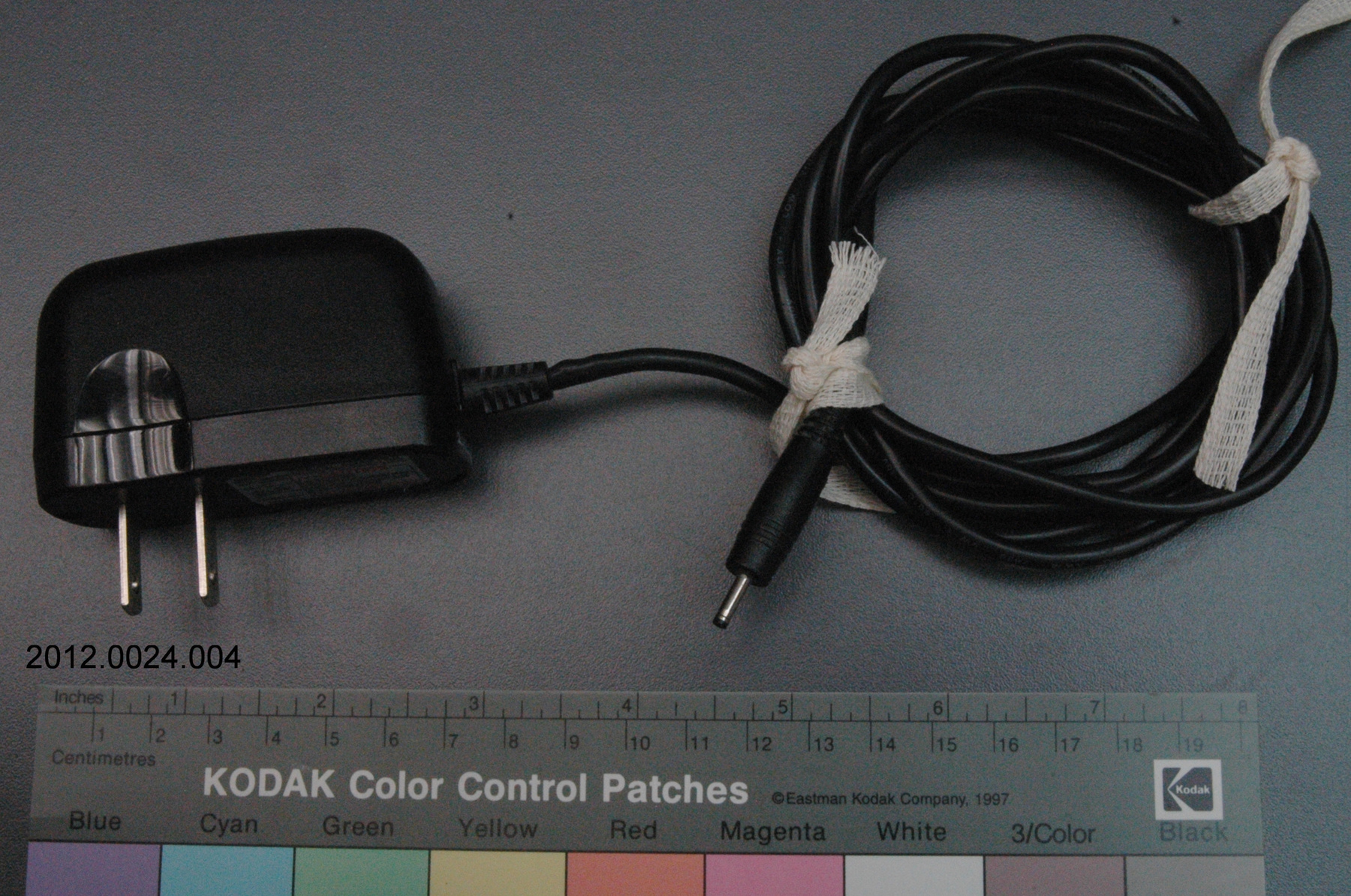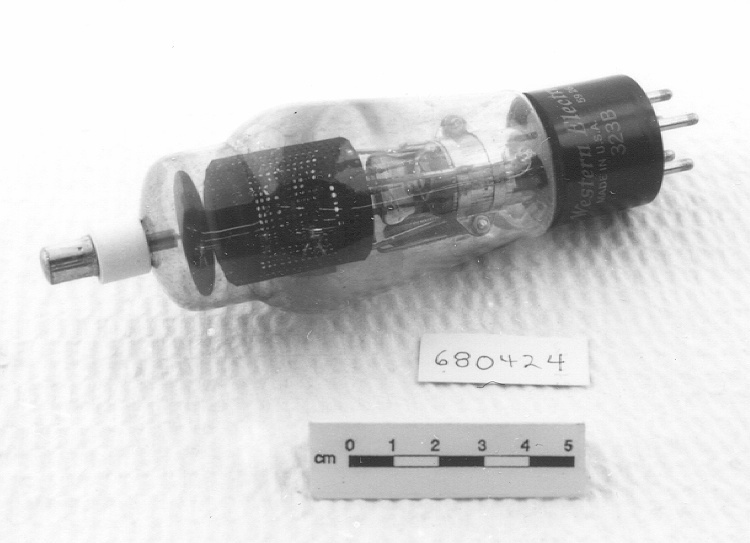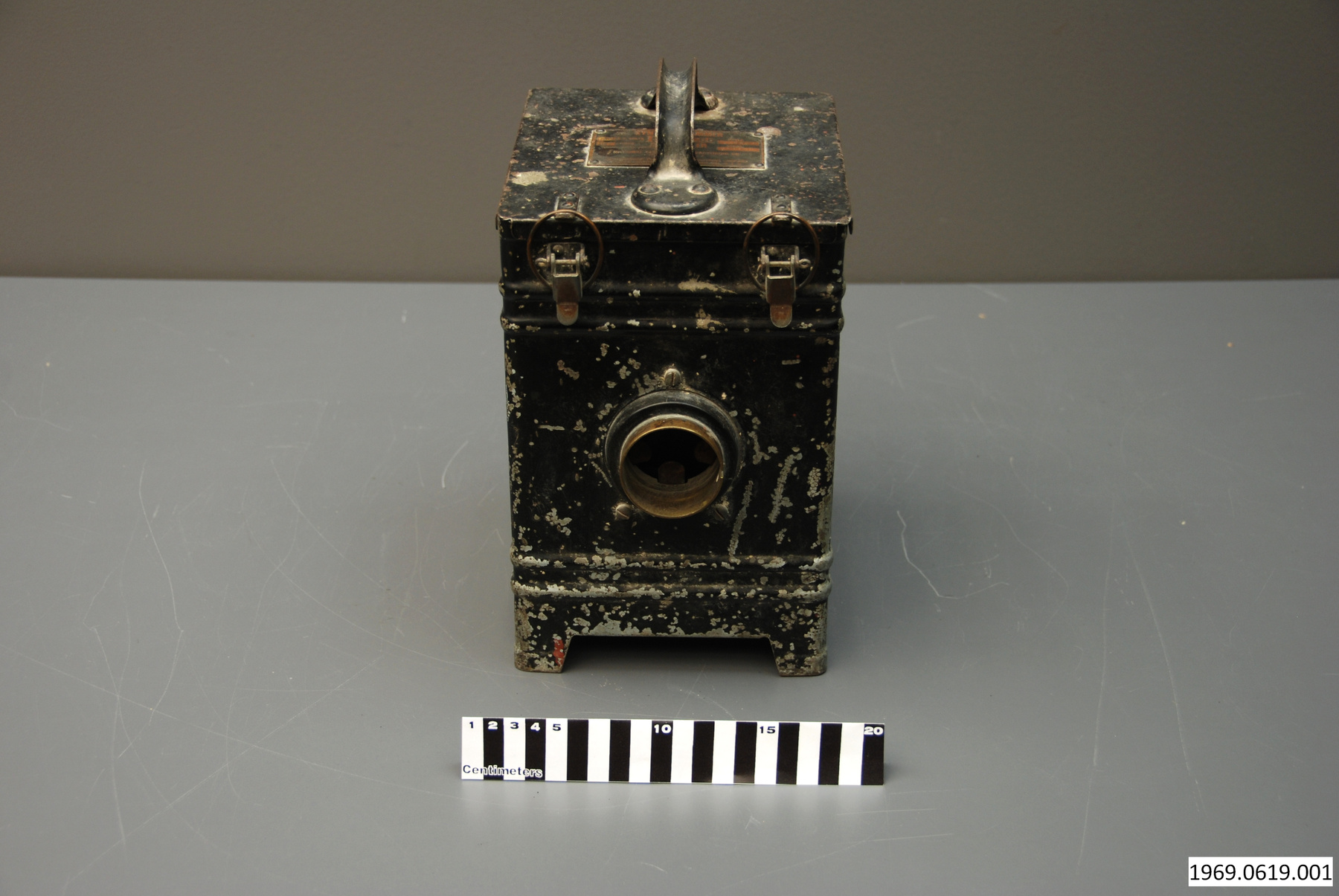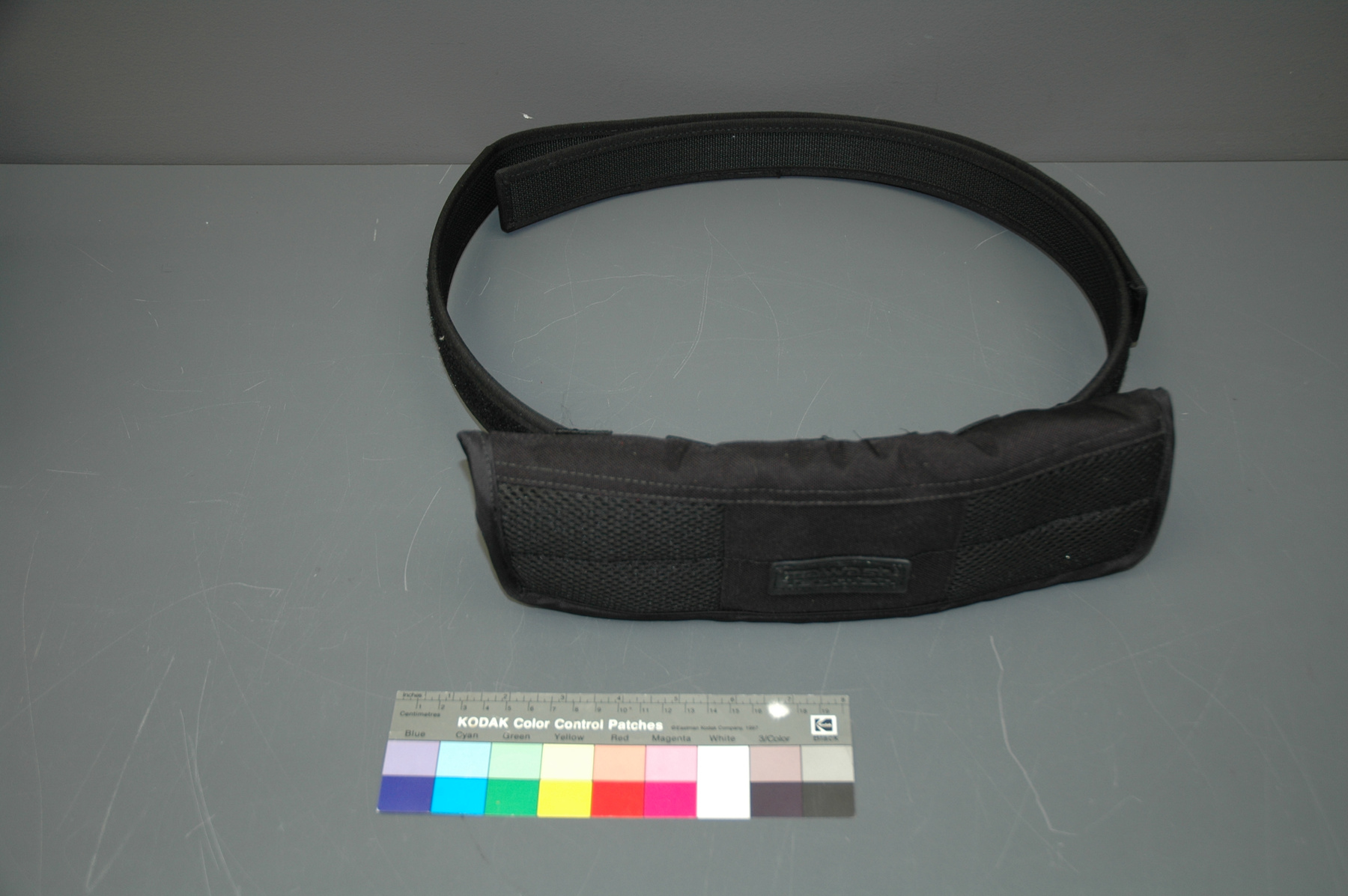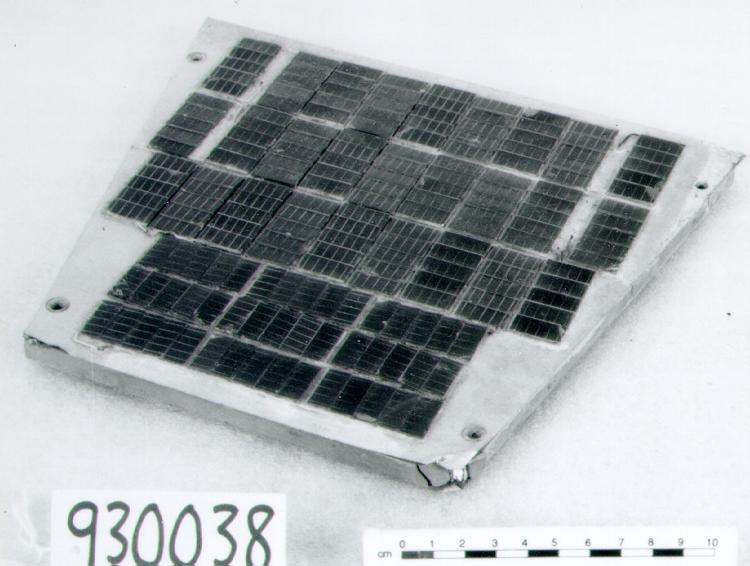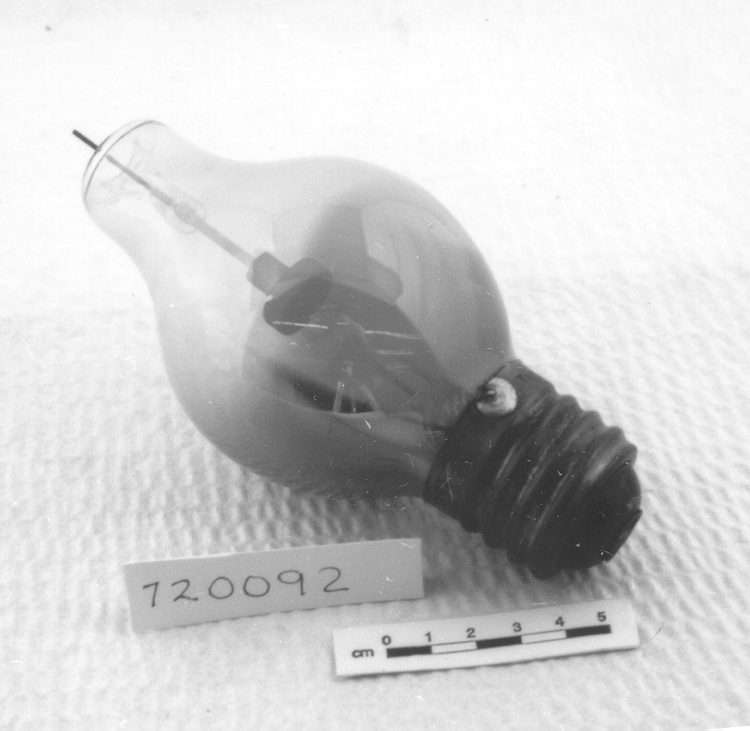Charger, battery & fence
Use this image
Can I reuse this image without permission? Yes
Object images on the Ingenium Collection’s portal have the following Creative Commons license:
Copyright Ingenium / CC BY-NC-ND (Attribution-NonCommercial 4.0 International (CC BY-NC 4.0)
ATTRIBUTE THIS IMAGE
Ingenium,
2011.0013.001
Permalink:
Ingenium is releasing this image under the Creative Commons licensing framework, and encourages downloading and reuse for non-commercial purposes. Please acknowledge Ingenium and cite the artifact number.
DOWNLOAD IMAGEPURCHASE THIS IMAGE
This image is free for non-commercial use.
For commercial use, please consult our Reproduction Fees and contact us to purchase the image.
- OBJECT TYPE
- solar cell/6 V
- DATE
- 2010
- ARTIFACT NUMBER
- 2011.0013.001
- MANUFACTURER
- Hallman Fence Systems Inc.
- MODEL
- Solar 6 6985/6WS
- LOCATION
- Winnipeg, Manitoba, Canada
More Information
General Information
- Serial #
- H 09297
- Part Number
- 1
- Total Parts
- 3
- AKA
- N/A
- Patents
- N/A
- General Description
- Black moulded synthetic casing; grey and silver metal components; metal bracket housing solar panel is painted black; bright red synthetic insulator.
Dimensions
Note: These reflect the general size for storage and are not necessarily representative of the object's true dimensions.
- Length
- 23.6 cm
- Width
- 9.3 cm
- Height
- 28.5 cm
- Thickness
- N/A
- Weight
- N/A
- Diameter
- N/A
- Volume
- N/A
Lexicon
- Group
- Agriculture
- Category
- Power sources
- Sub-Category
- N/A
Manufacturer
- AKA
- Hallman
- Country
- Canada
- State/Province
- Manitoba
- City
- Winnipeg
Context
- Country
- Unknown
- State/Province
- Unknown
- Period
- This unit new/never used.
- Canada
-
Hallman have been in the business of manufacturing electric fence charging technology since the 1930s. Initially they were located in Hespeler, Ontario where their product line centred on the newly introduced technology of electric bulk milk can coolers. In the 1980s they moved manufacturing to Winnipeg and began to focus solely on the production of electric fencing equipment and electronic ventilation control technology. The latter are the systems used to control ventilation in large hog and chicken barns as well as those used to automatically open and close glass ventilation panels in greenhouses. [Ref. 1] - Function
-
To provide power to electrified fence, and charge internal battery. - Technical
-
Farmers and ranchers that keep livestock such as cattle, horses and sheep have long required a reliable means to prevent their animals from straying as well as to provide them with some protection from four-legged predators. Traditionally wooden, page wire and barbed wire fences were used to enclose pasture fields. Since the 1930s and the introduction of reliable batteries, some version of electric fence technologies have been added to their list of equipment. A single strand of the electric fencing material is used to ring the area in which the livestock is kept and when the animals come in contact with the wire they receive a slight shock. The shock is sufficiently large to make them back away and stay away from the perimeter of the field/pasture, but not so great as to cause them injury. From the 1930s to 80s the material carrying the current was galvanized metal wire attached to fence posts and mounted in ceramic insulators. Since the 80s electric fence technology has come to use bands of woven plastic into which is also woven fine strands of wire. Because it is much more flexible this material is less susceptible to being broken due to wind gusts or by animals with hairy coats leaning on the fence. The most common is woven fibreglass ribbon into which has been woven either three or six strands of very fine metal wire. Because there is a resistance at splices in any fence wire this results in the reduction of the charge the further the strand is from the charger. According to Hallman's web site the most commonly available polypropylene cord into which has been twisted three strands stainless steel has been shown to be particularly susceptible to this problem .They recommend the use of a Canadian designed fibreglass tape into which is woven six strands of a special aluminum alloy wire. As this material has six strands of wire even with the inevitable reduction in charge at splices it is more effective than that with three strands of wire. Traditionally electric fences were either powered off the grid usually with a transformer stepping down the charge or by batteries. The first alternative requires that the wires carrying the power be reasonably close, the other that the batteries be monitored in order to replace them once their charge had reduced. Most recently electric fence charger manufacturers have adapted small solar panels to their battery-powered units. The solar panel technology is such that during sunny daylight hours it feeds power directly to the strand of fencing material while at the same time recharging the six volt gel cell battery that will then keep the fence charged at night or when the sun is not shining. [Ref. 1] - Area Notes
-
Unknown
Details
- Markings
- "Solar/ Fence Controller/ SOLAR 6/ 6V/ Électrificateur/ de solaire/ HALLMAN/ FENCE SYSTEMS/ Model 6985 Modéle" printed on decal applied to unit front. "S/N 300397" and mfr info. for solar panel [n Chinese text] printed on underside of solar panel housing. "MODEL 6WS/ READ INSTRUCTIONS BEFORE OPERATING", "SERIAL NO./ No de SÉRIE/ H 09297", "HALLMAN FENCE SYSTEMS INC./ 4 TERRACON PLACE, WINNIPEG,/ CANADA R2J 4G7/ Made in Canada" and "2010" printed on decal applied to casing. Extensive text, in English and French, transcribed in Supp. Info. All controls, connections, etc. labelled. "INSPECTED/ BY: 339/ MDL: 6WS" printed on label applied to underside of unit.
- Missing
- Appears complete.
- Finish
- Black moulded synthetic casing; grey and silver metal components; metal bracket housing solar panel is painted black; bright red synthetic insulator.
- Decoration
- N/A
CITE THIS OBJECT
If you choose to share our information about this collection object, please cite:
Hallman Fence Systems Inc., Charger, battery & fence, 2010, Artifact no. 2011.0013, Ingenium – Canada’s Museums of Science and Innovation, http://collection.ingeniumcanada.org/en/item/2011.0013.001/
FEEDBACK
Submit a question or comment about this artifact.
More Like This
